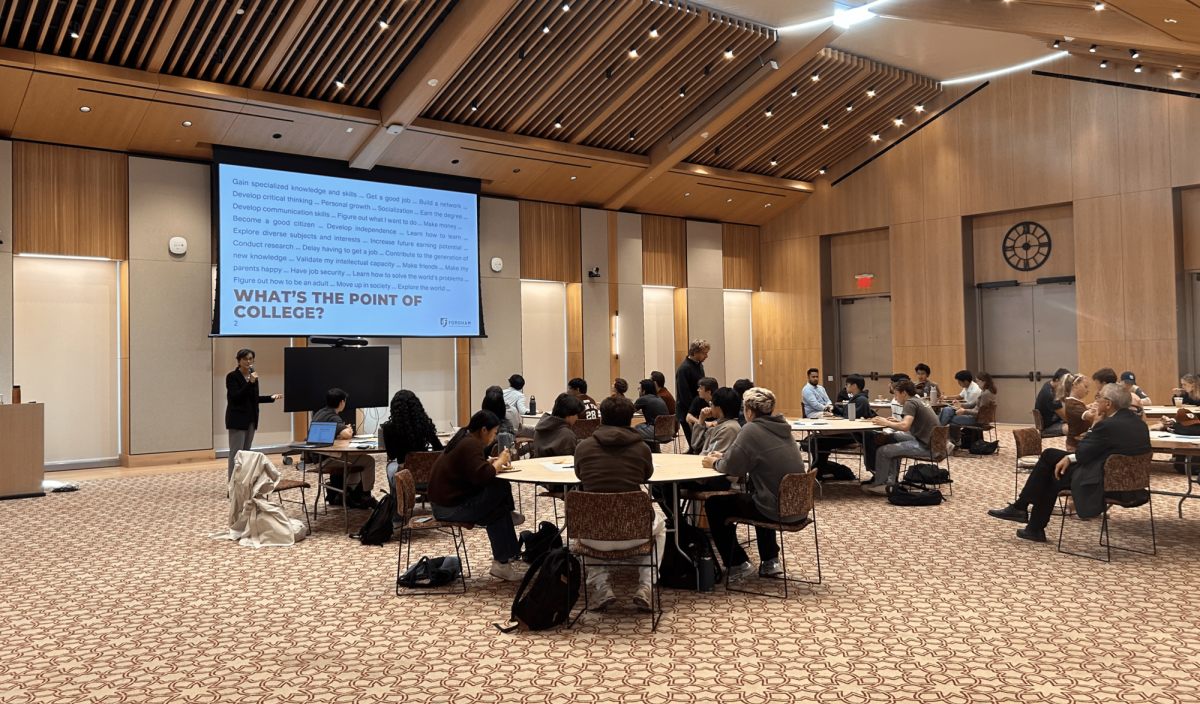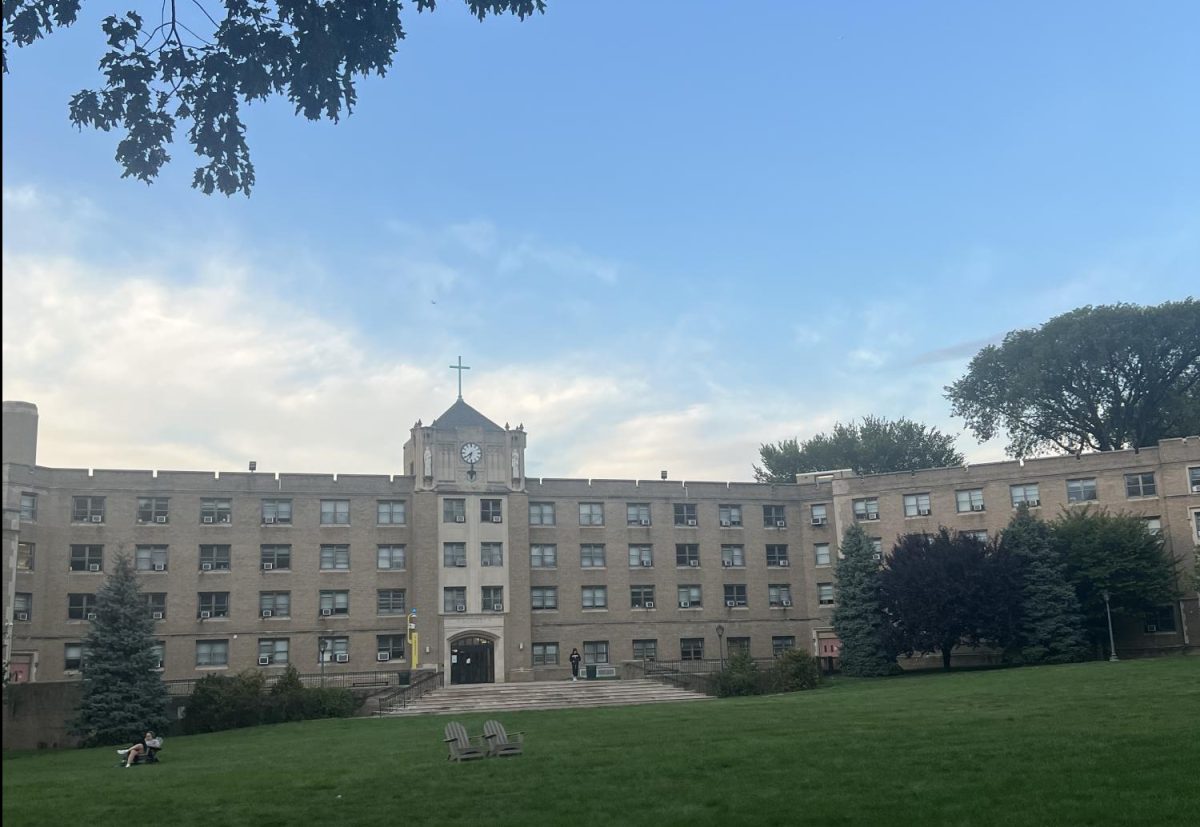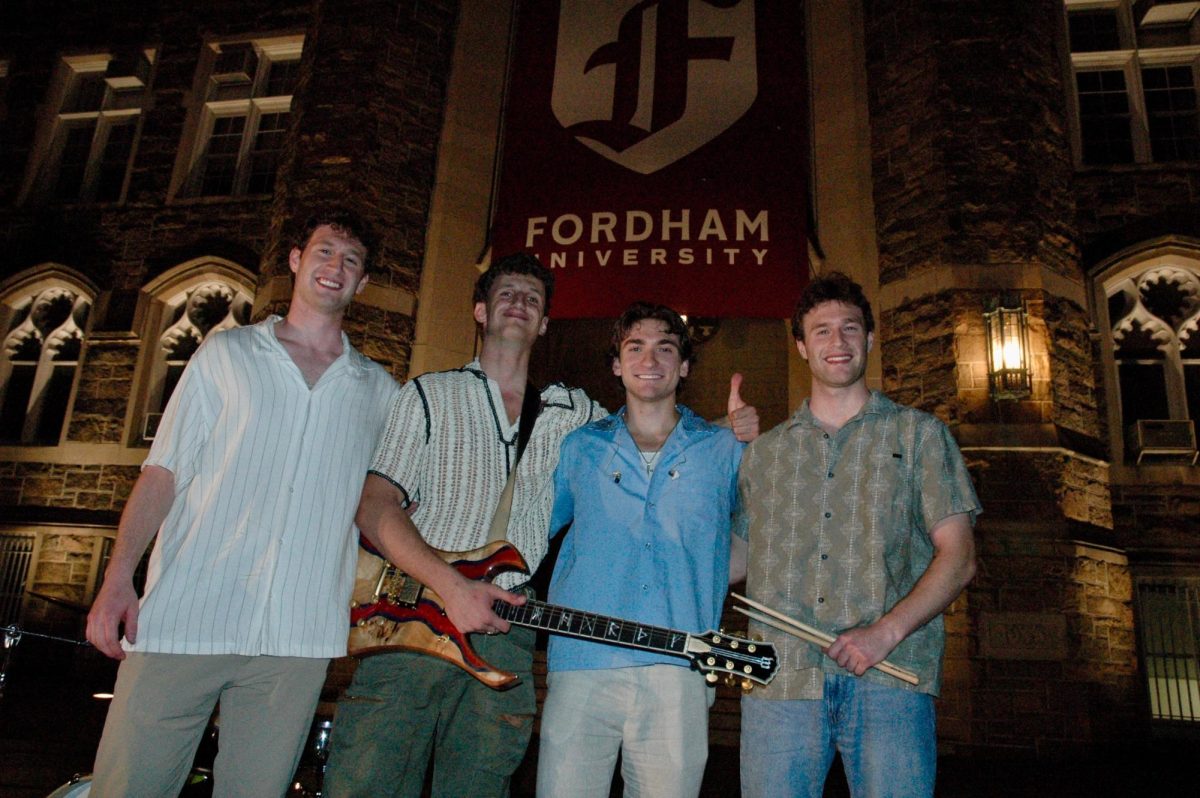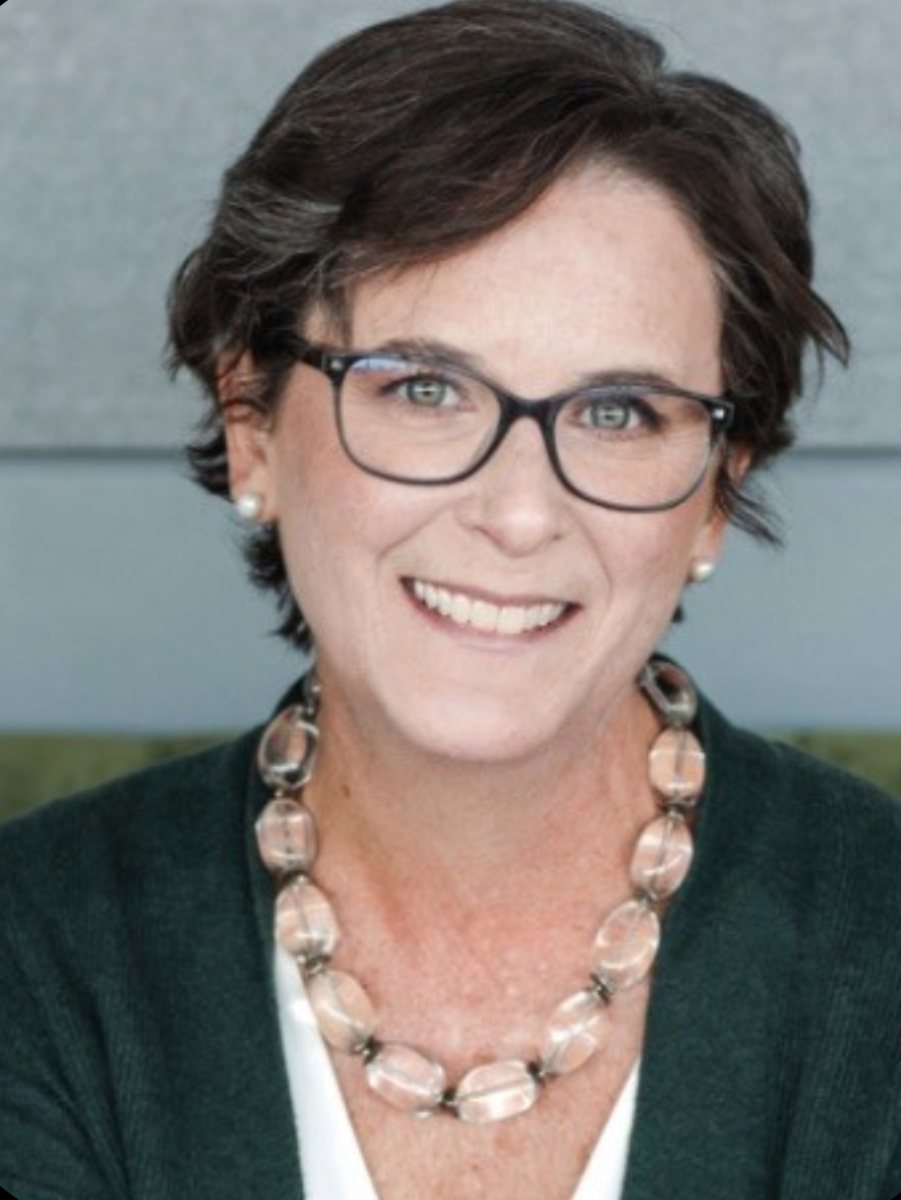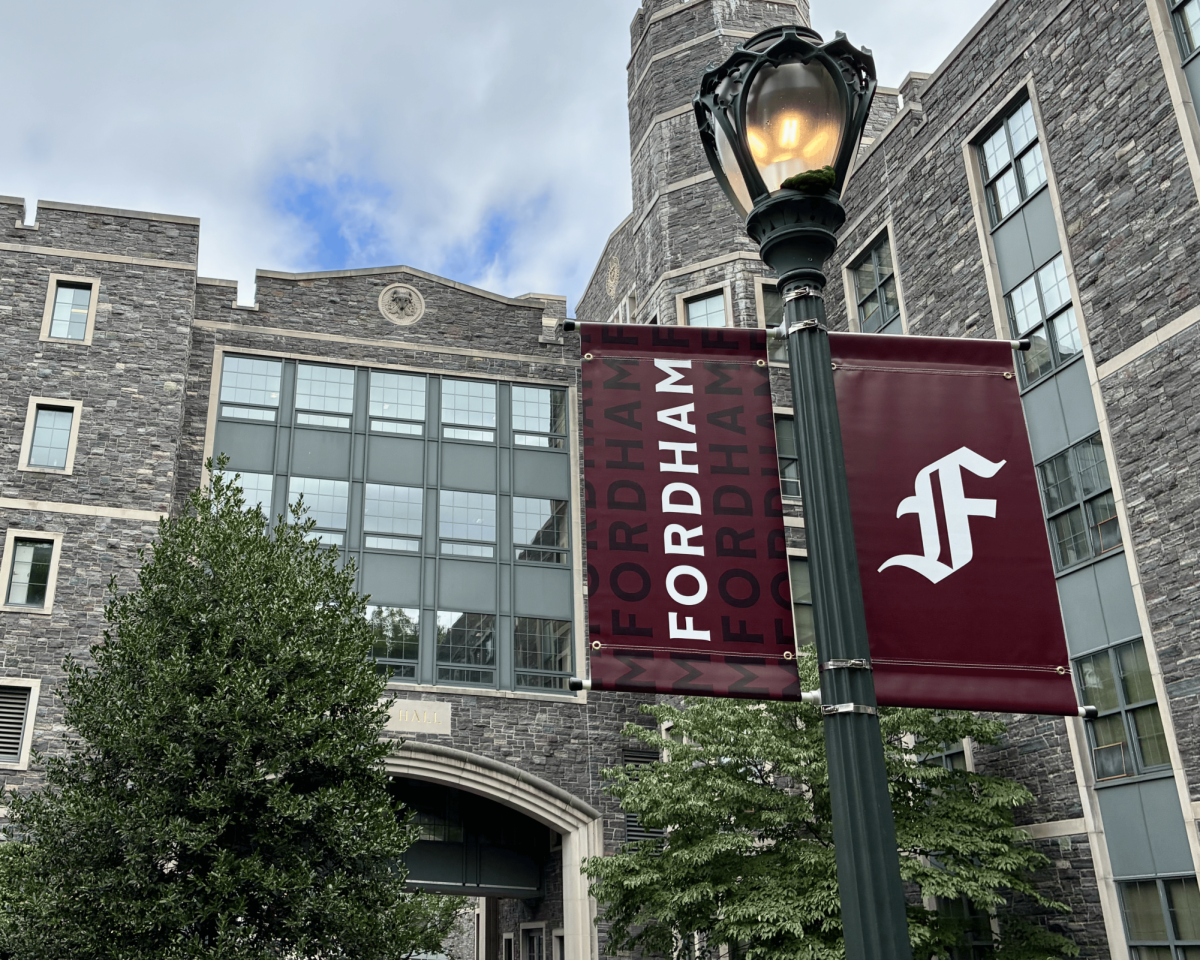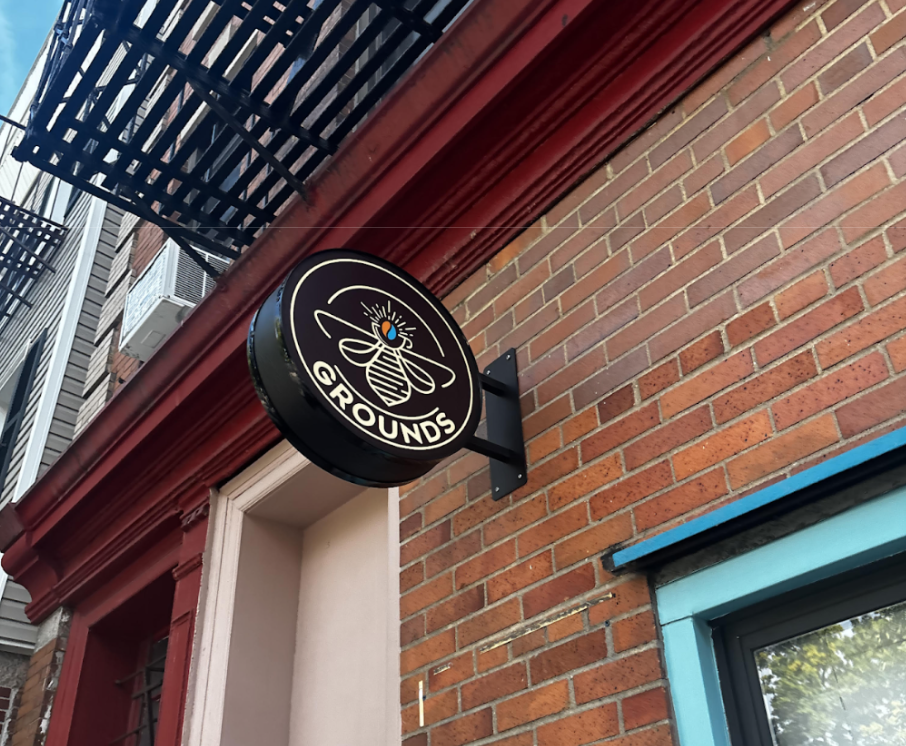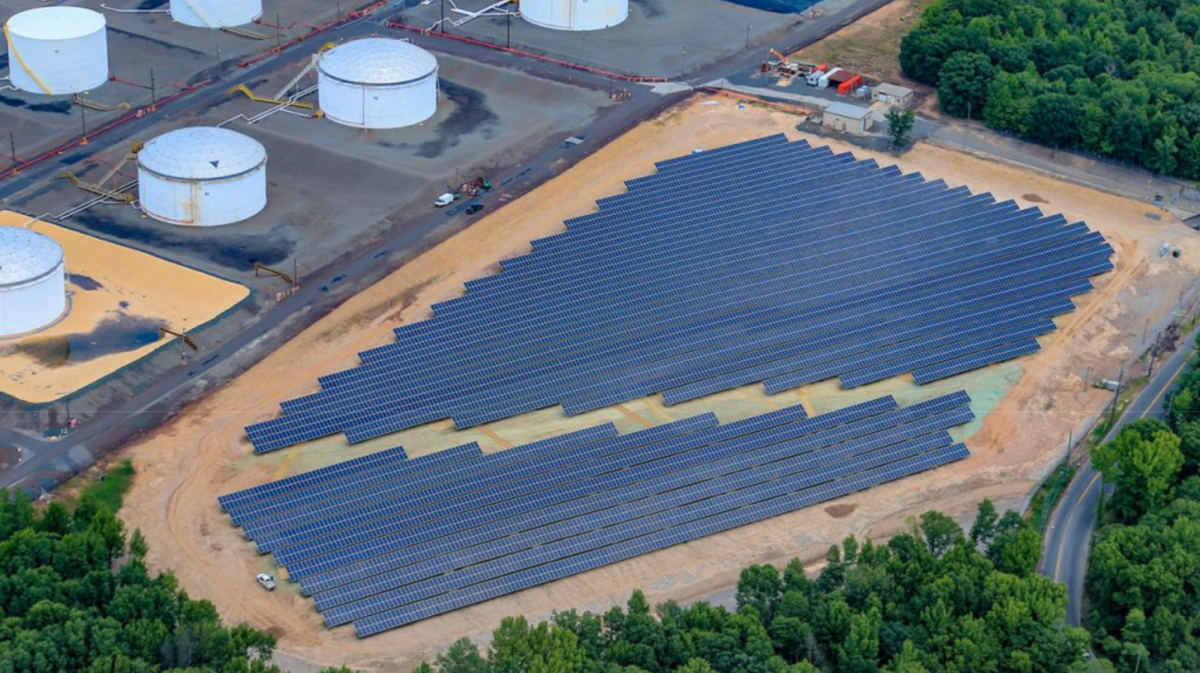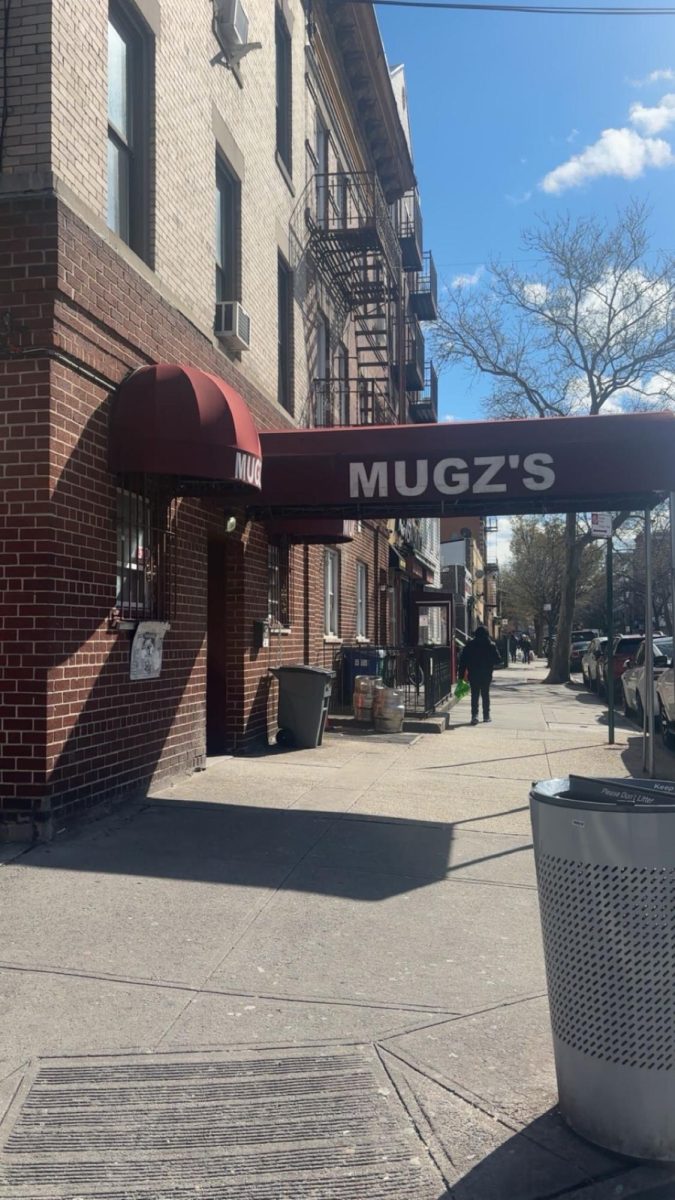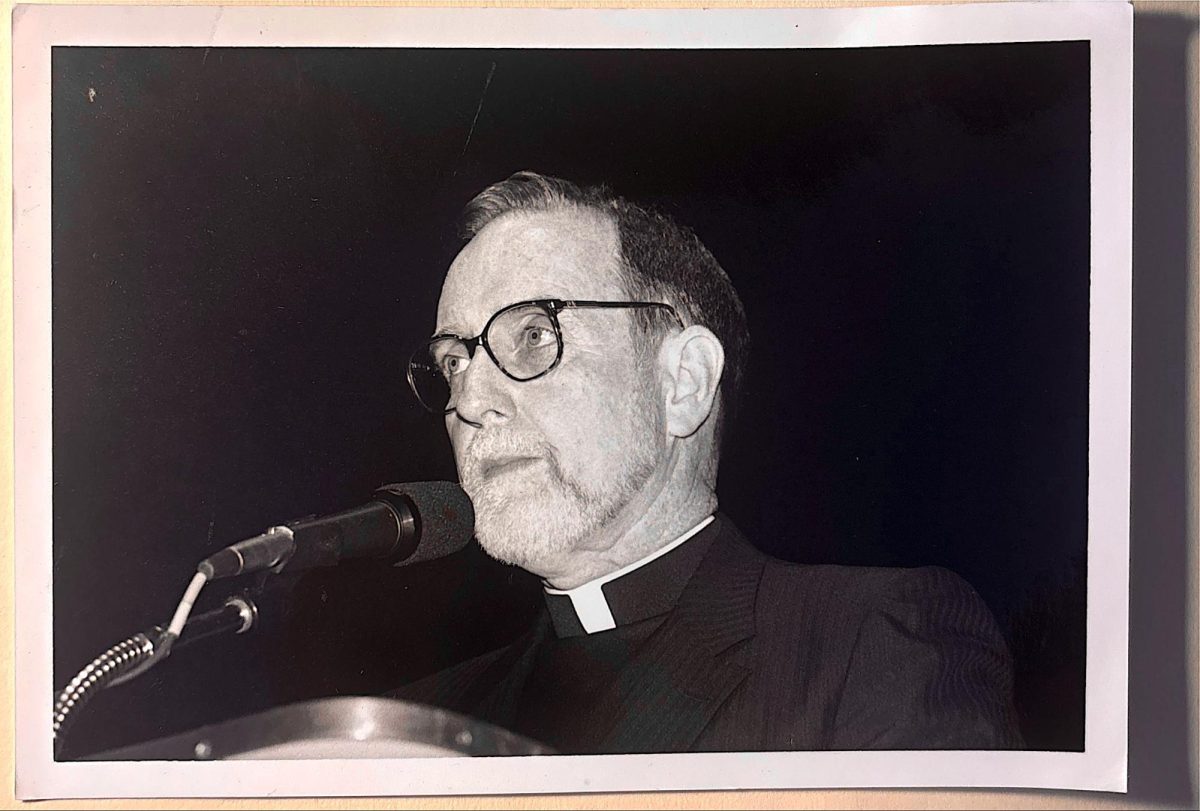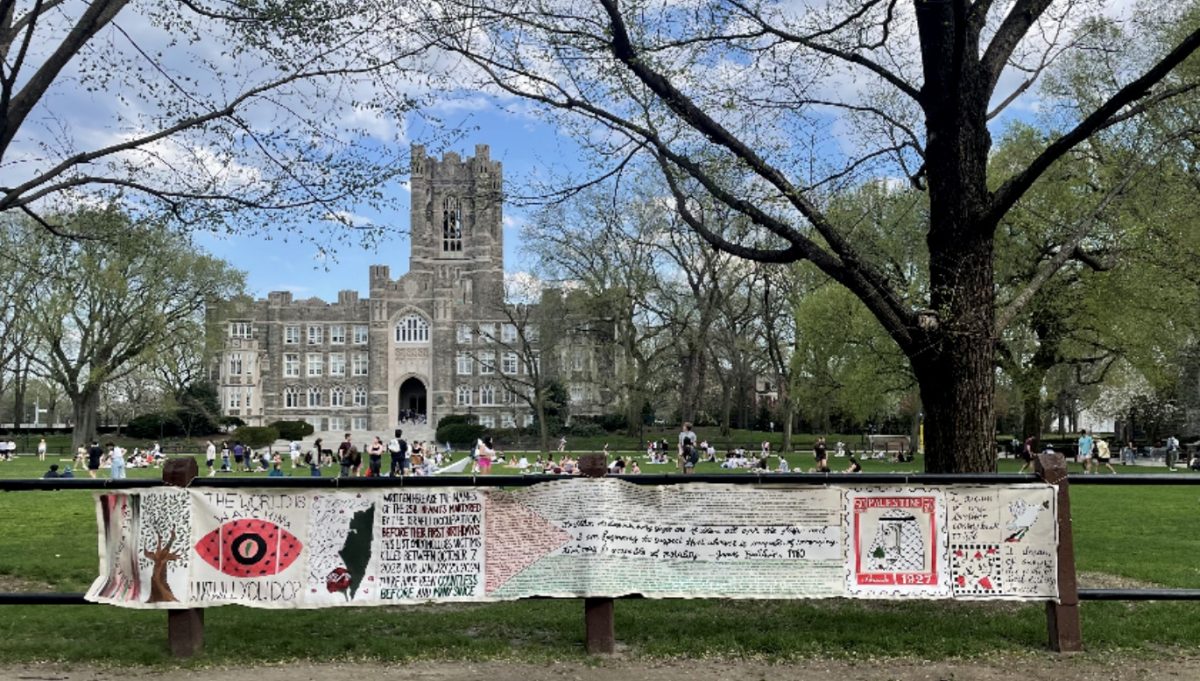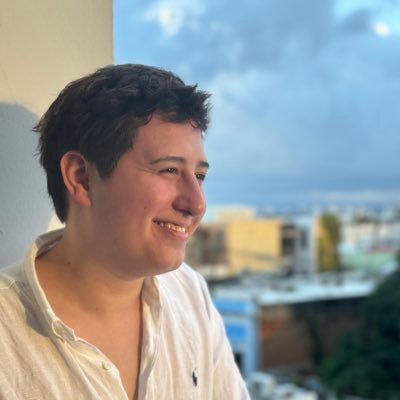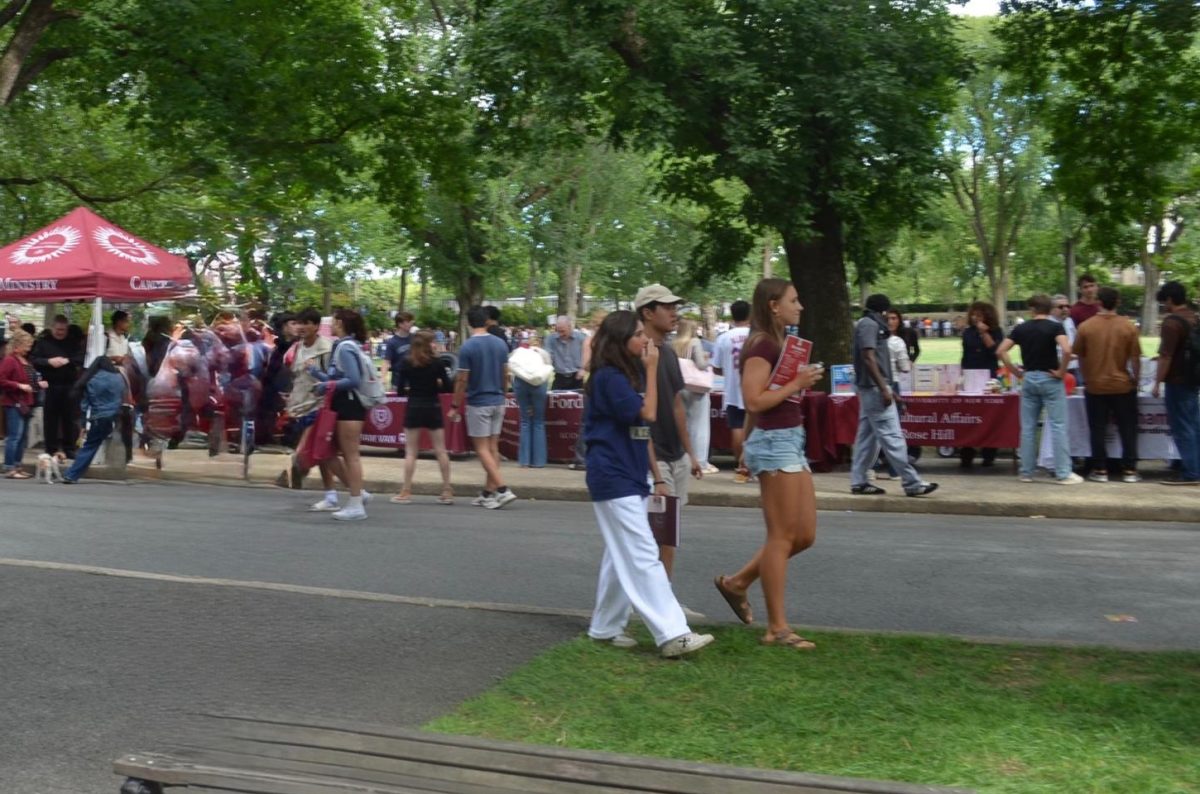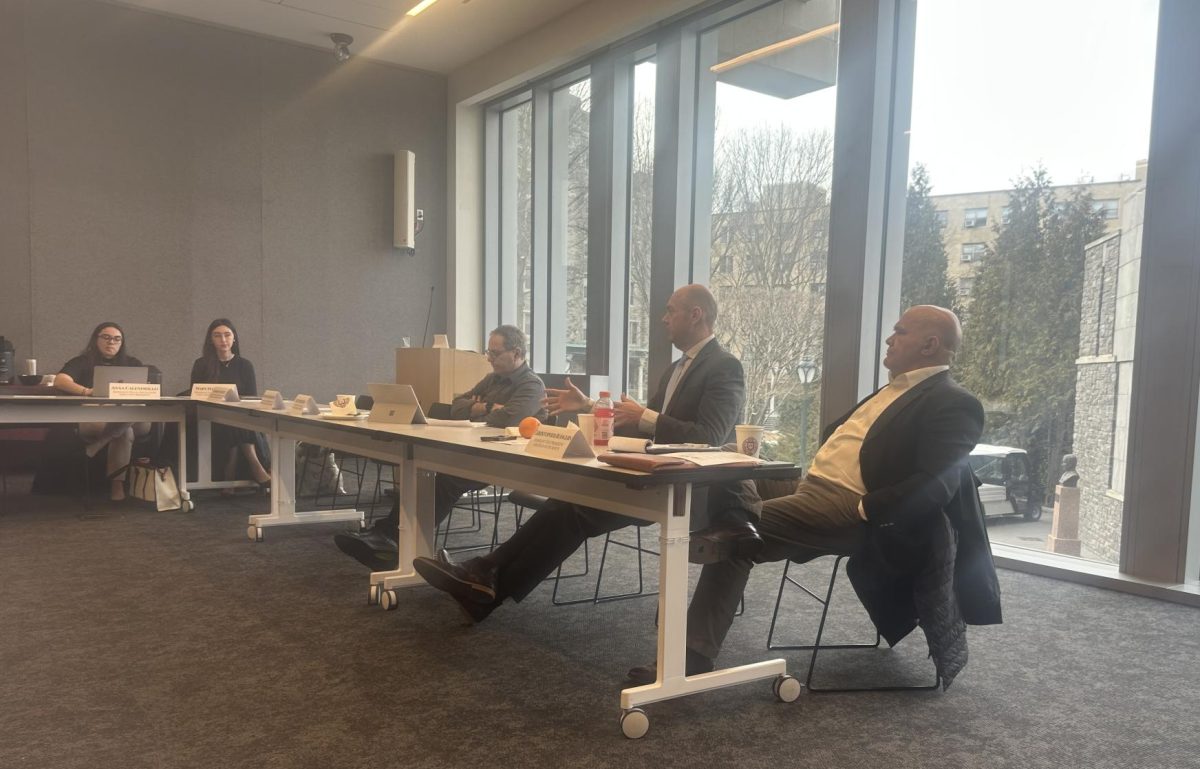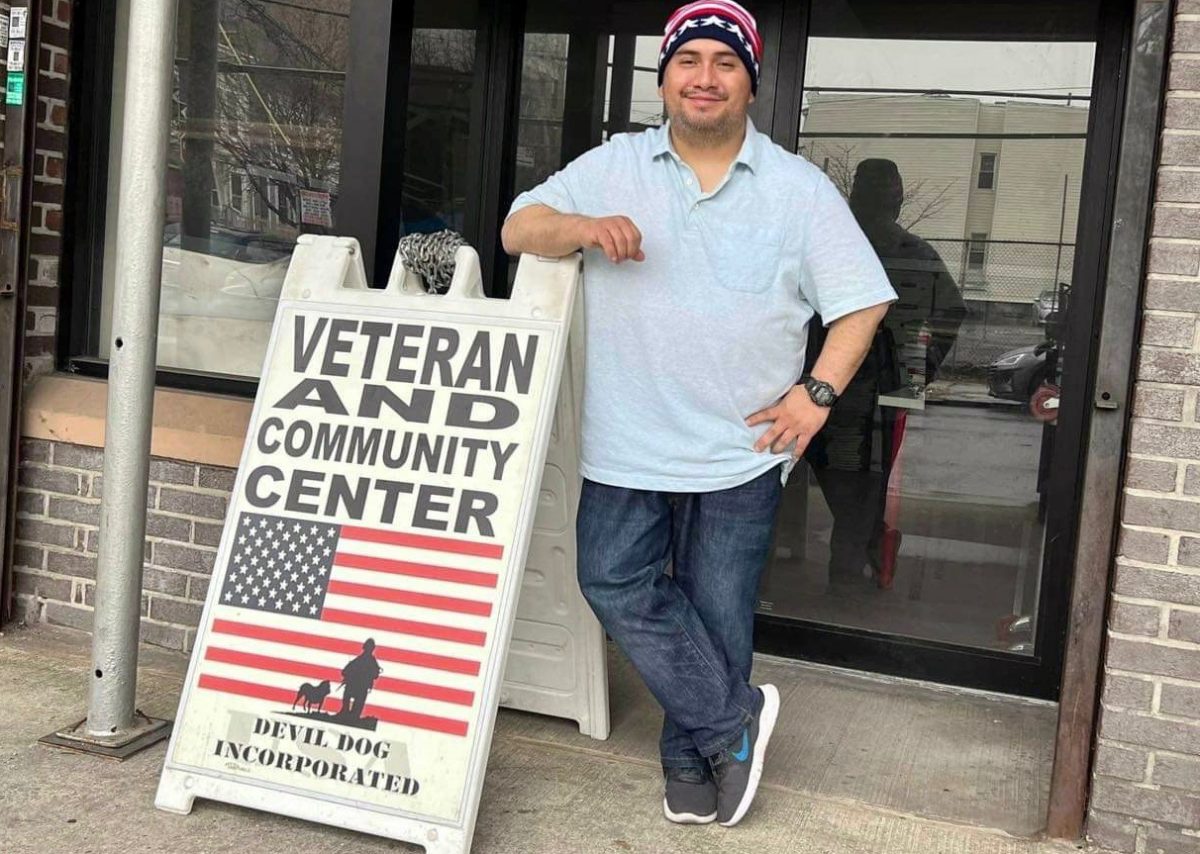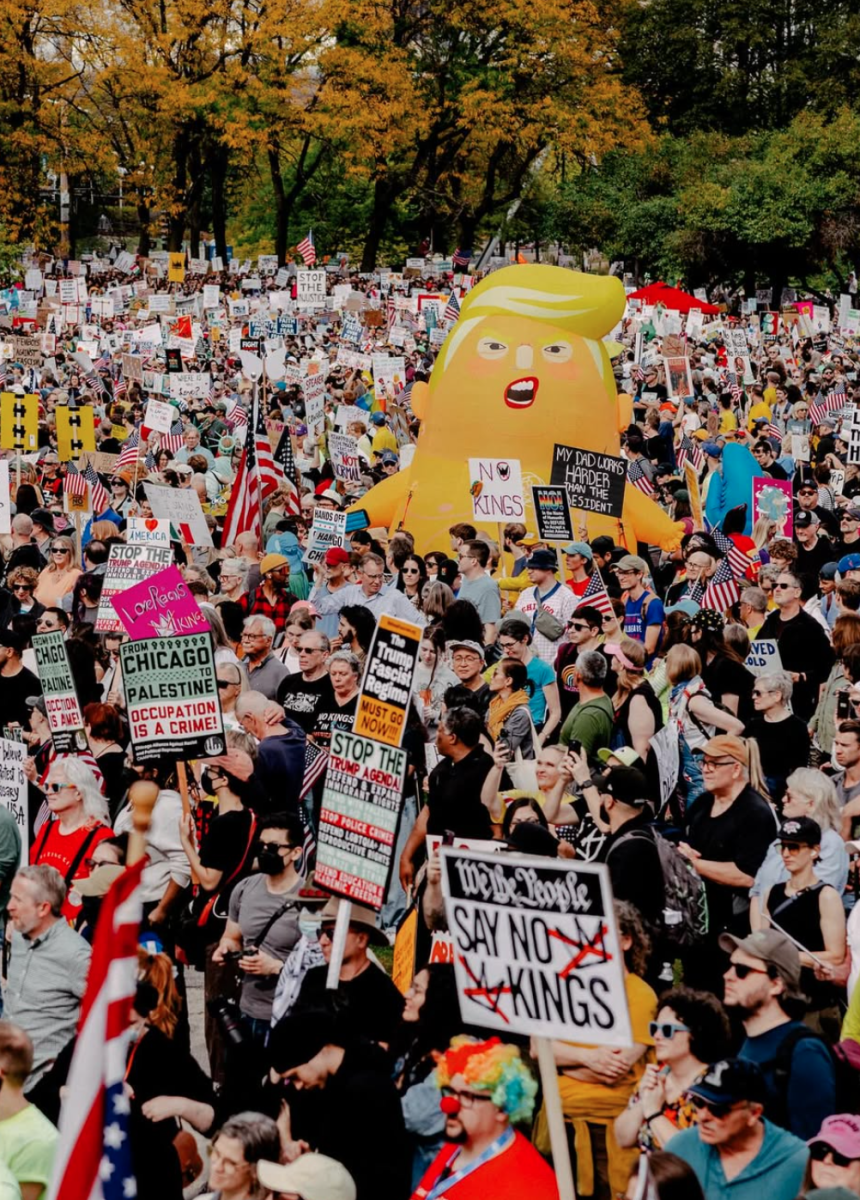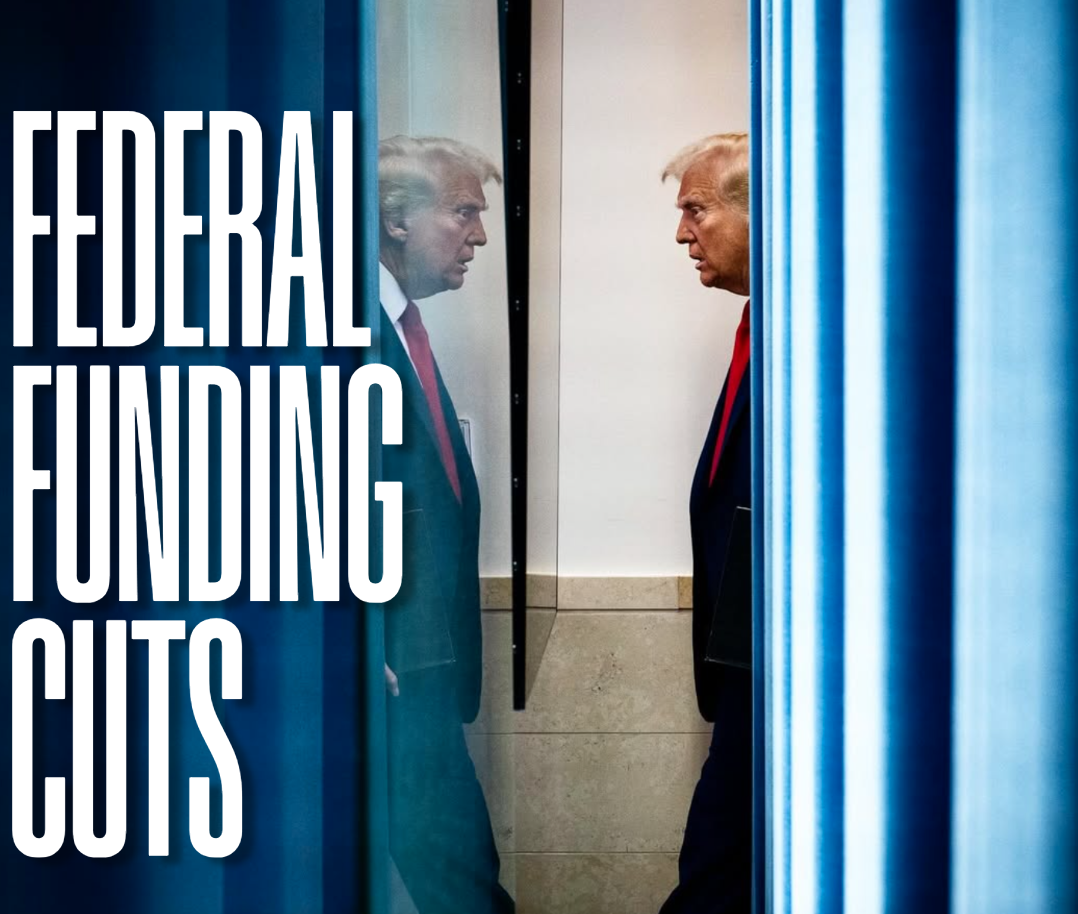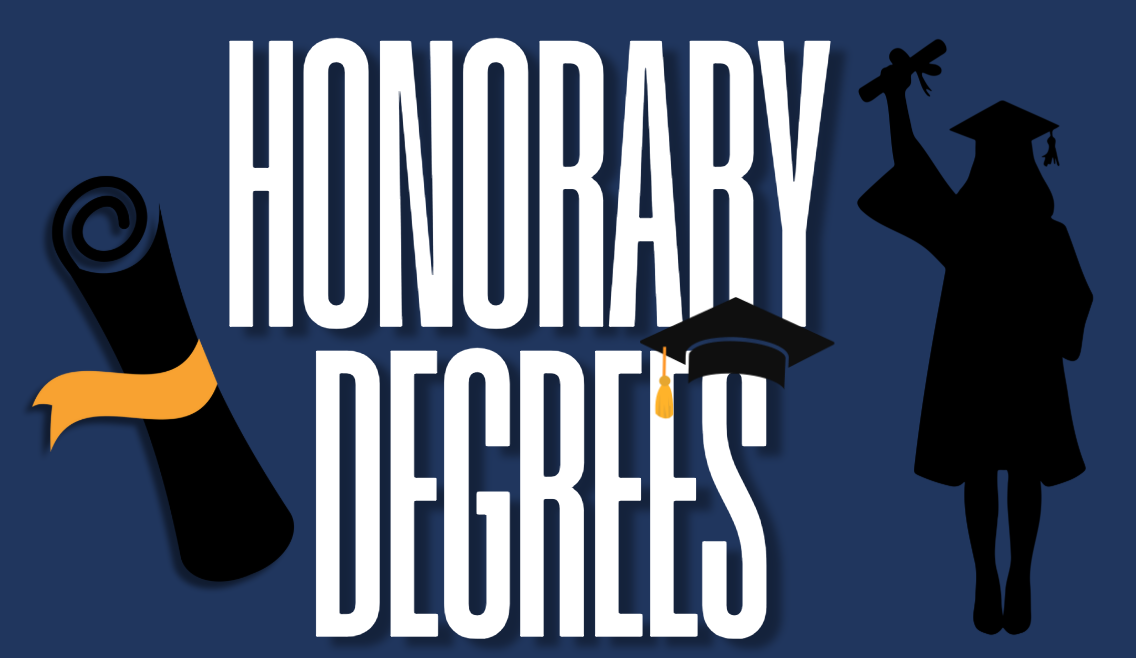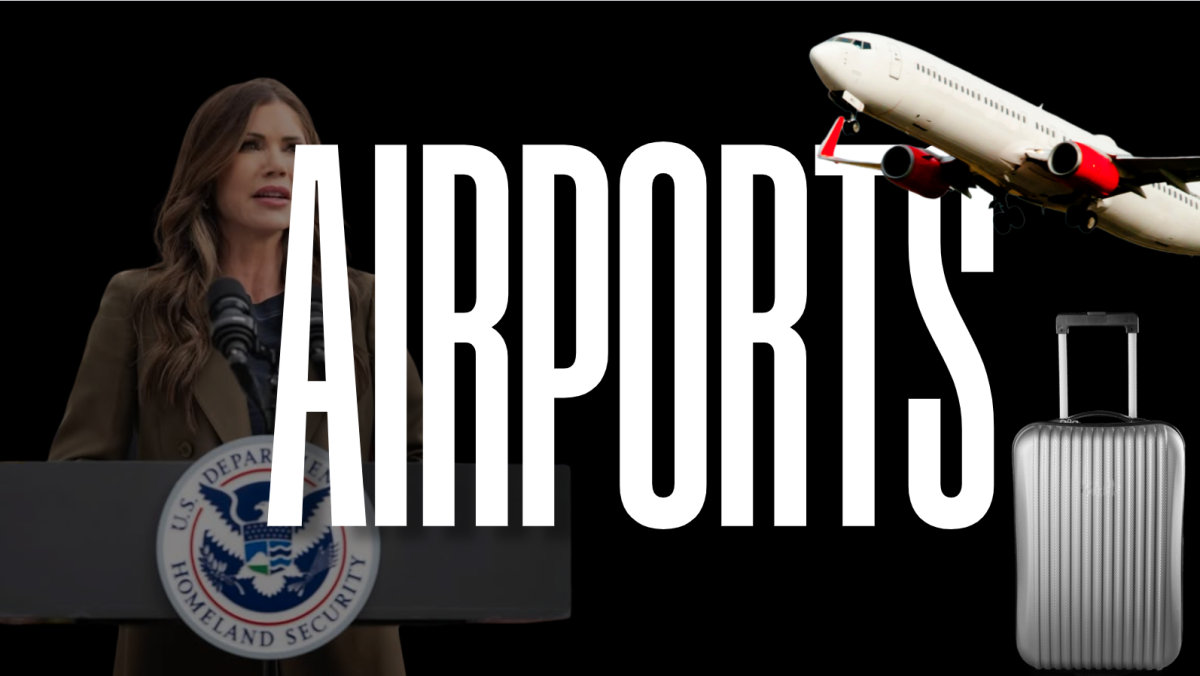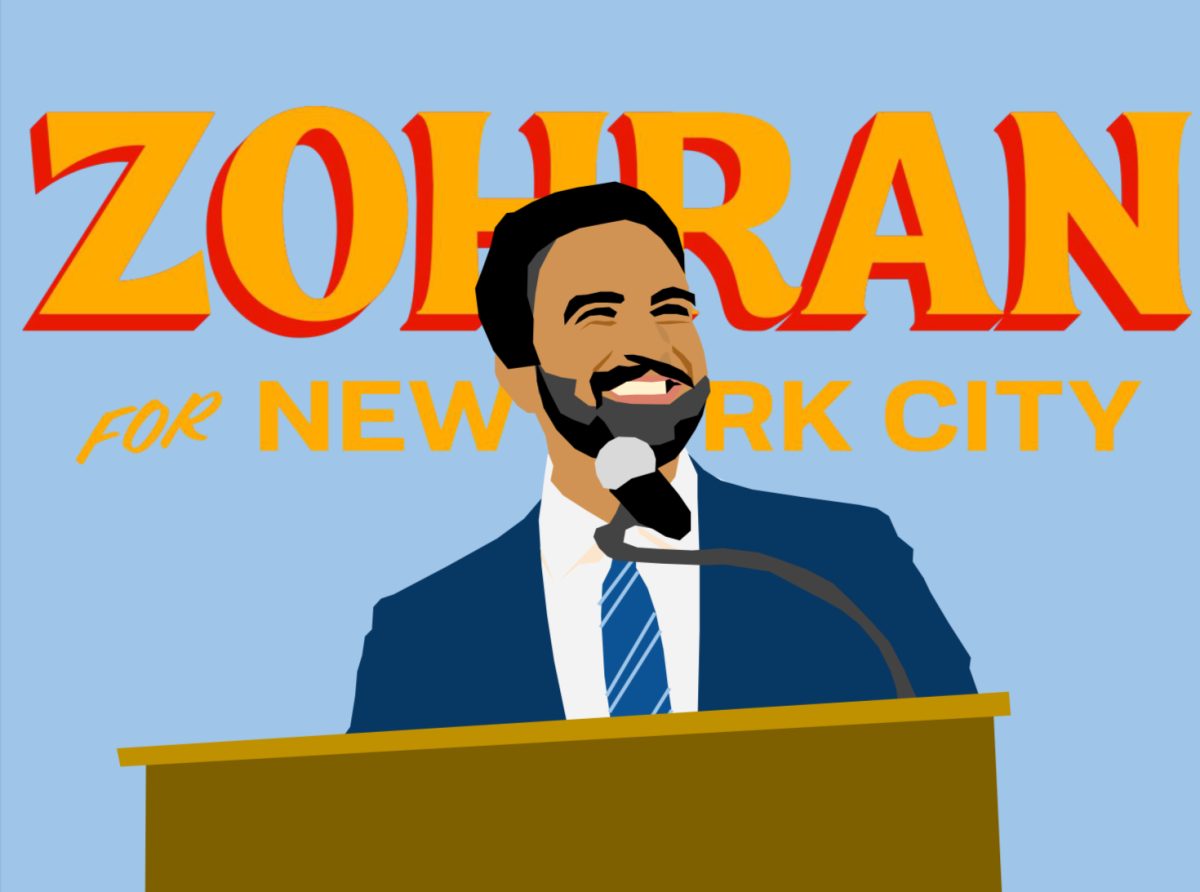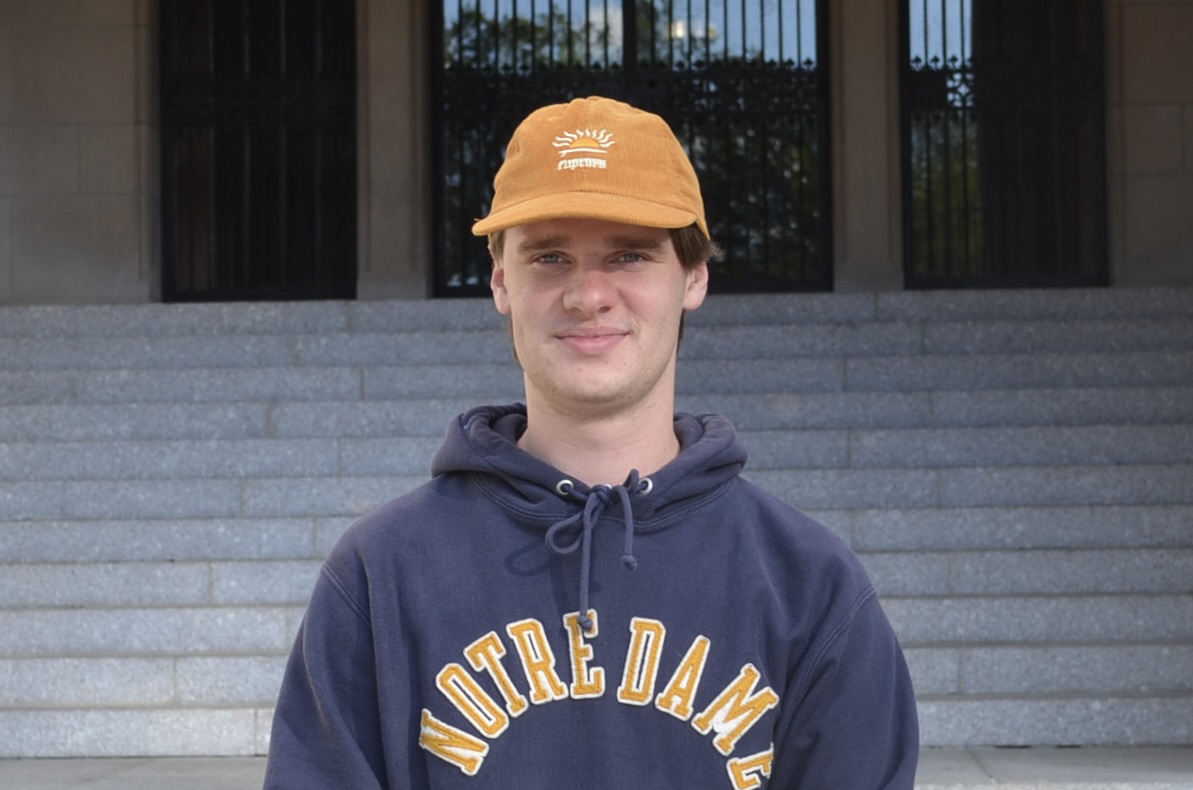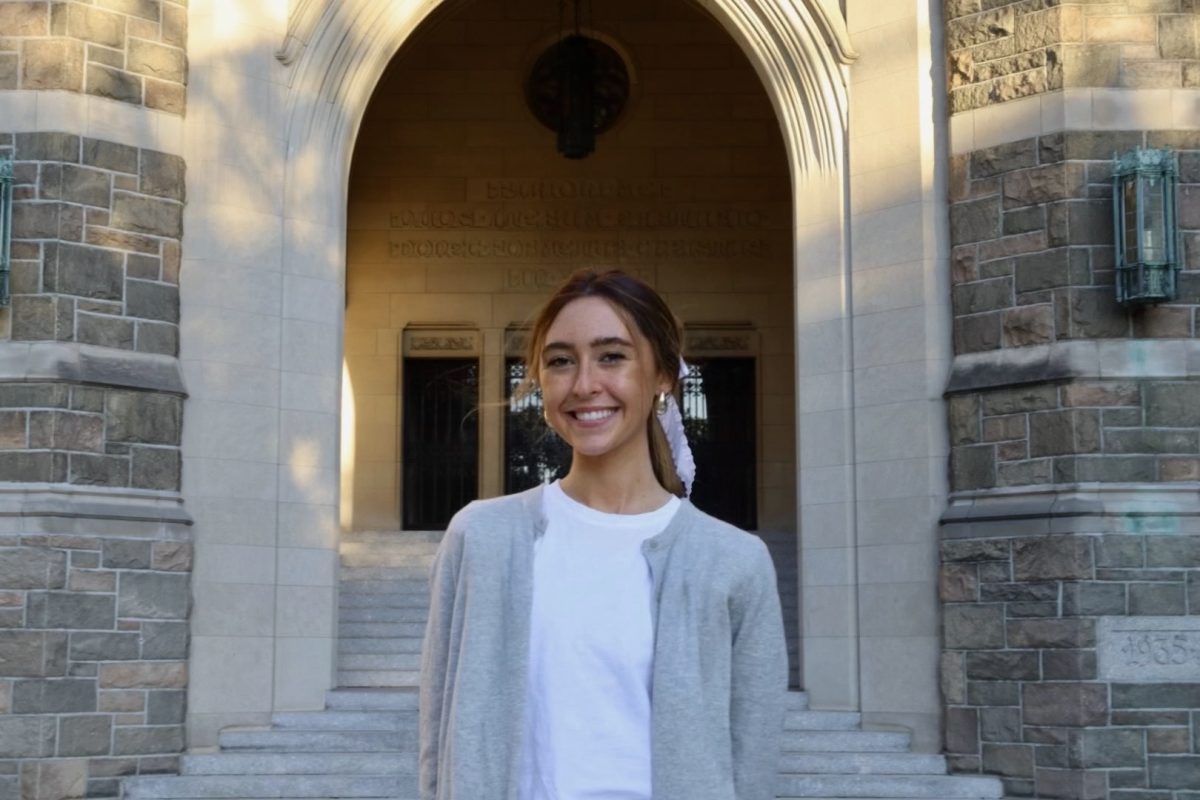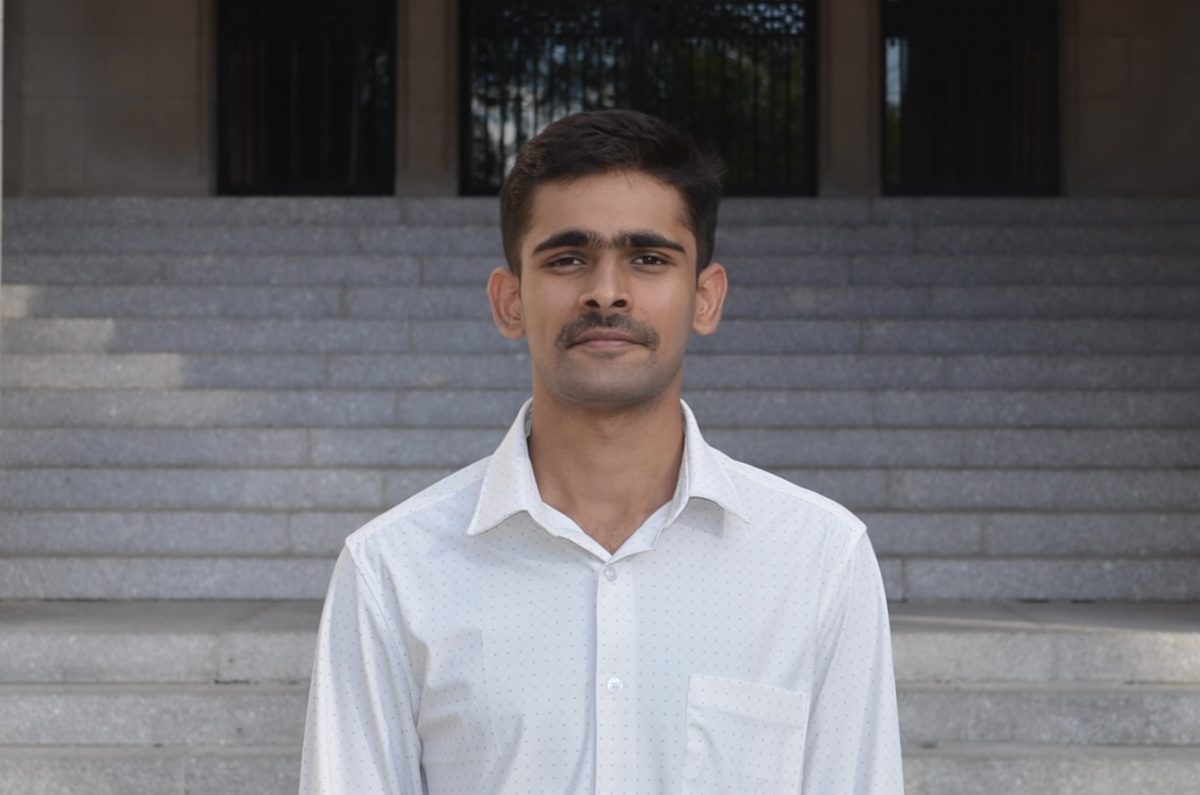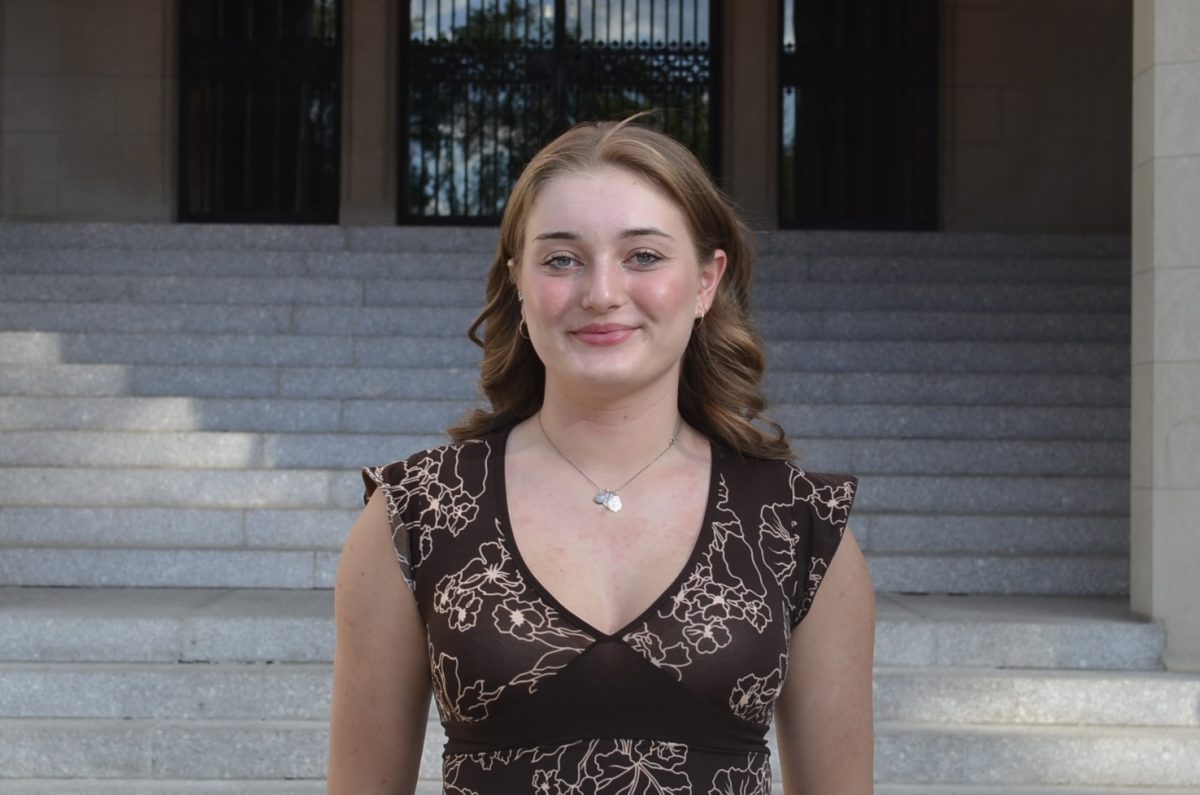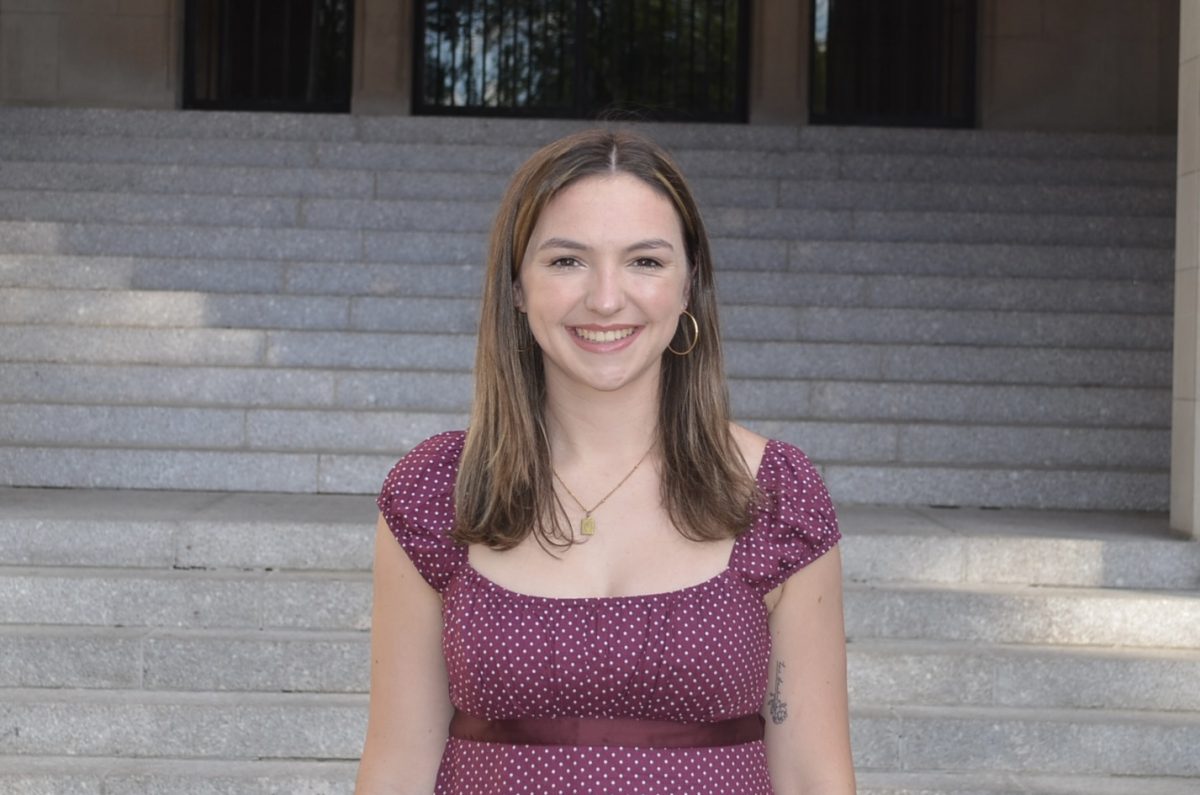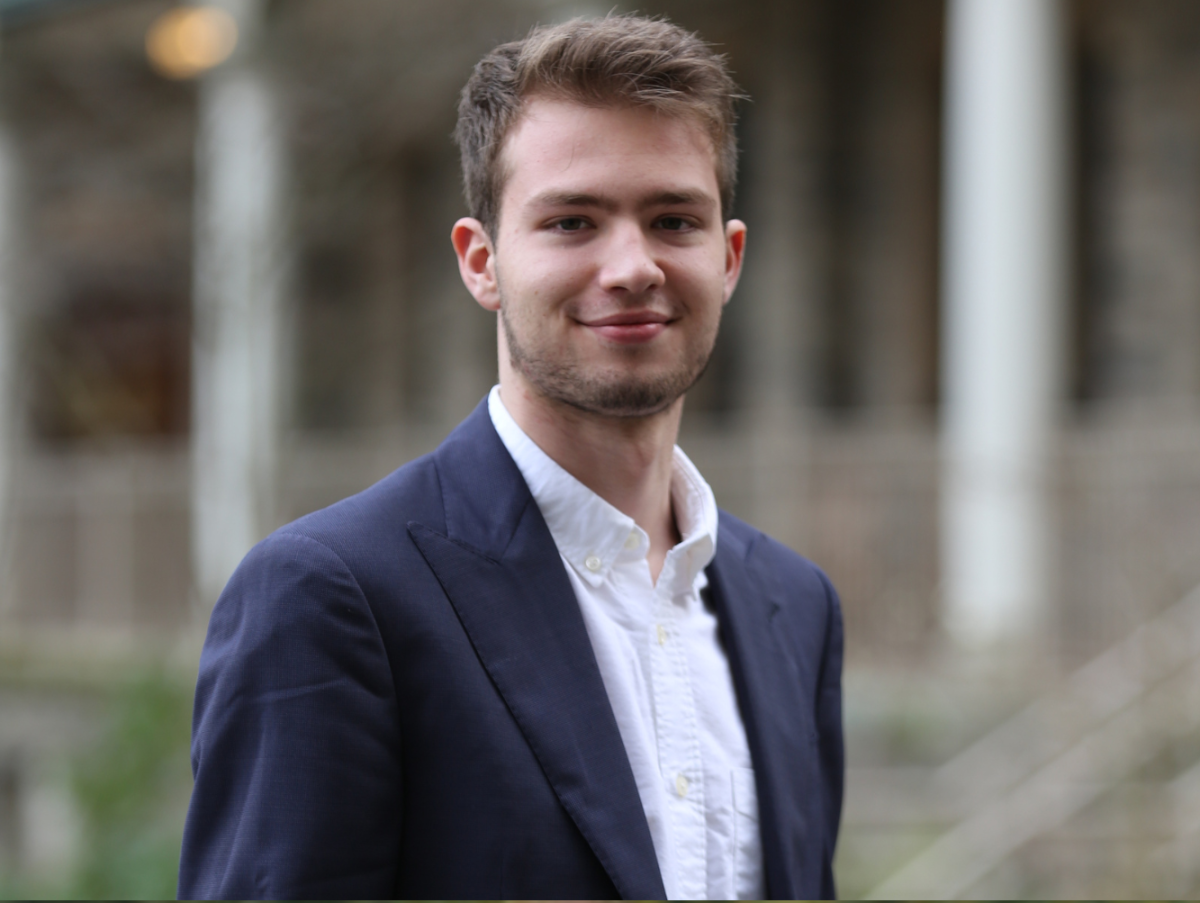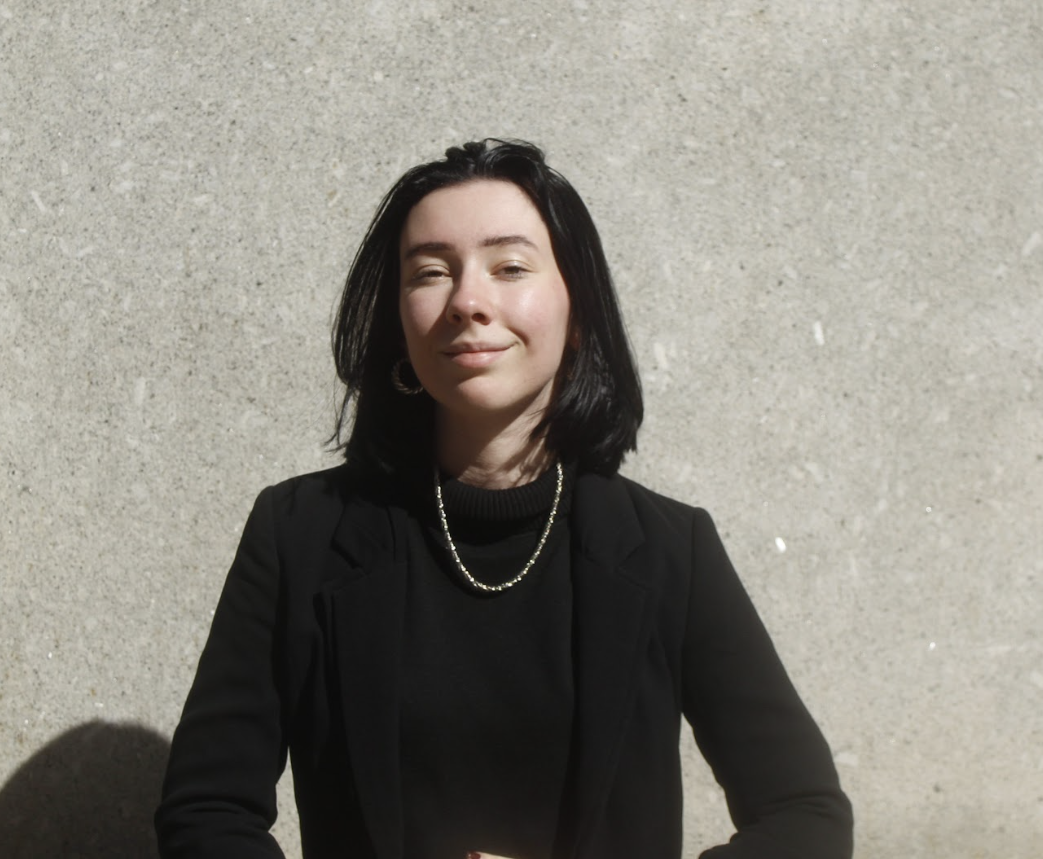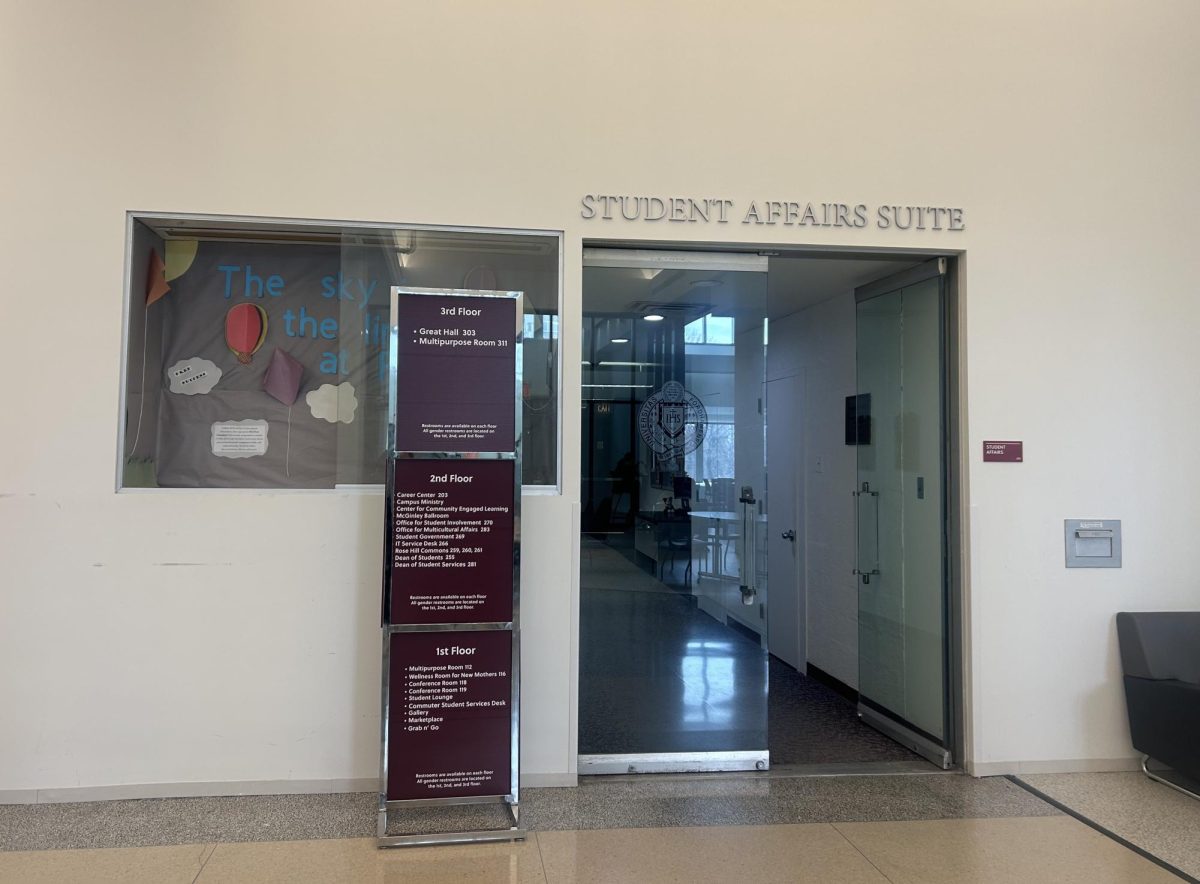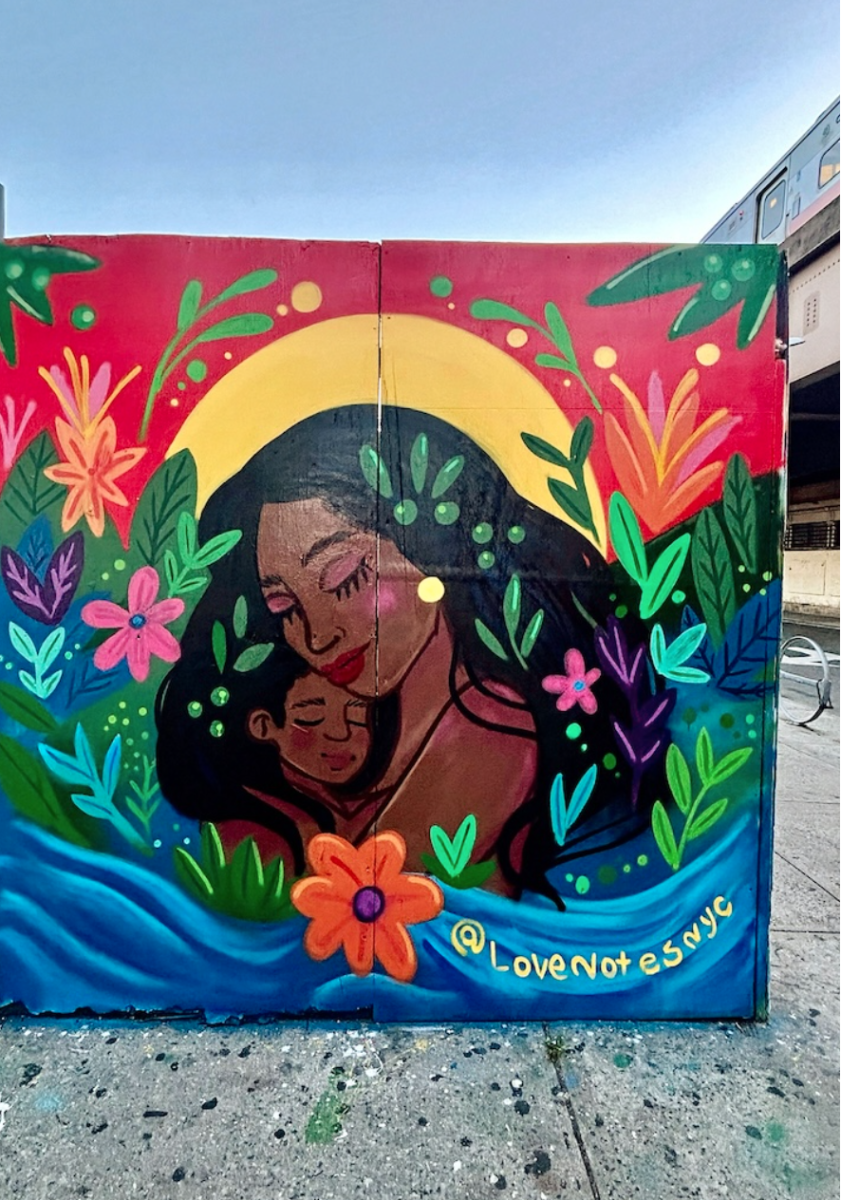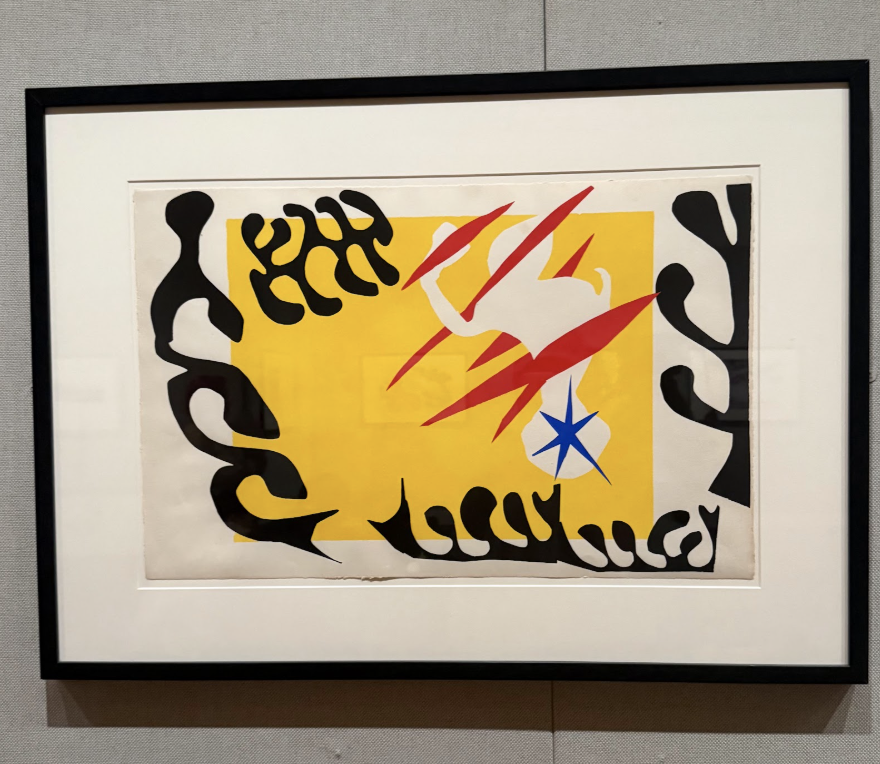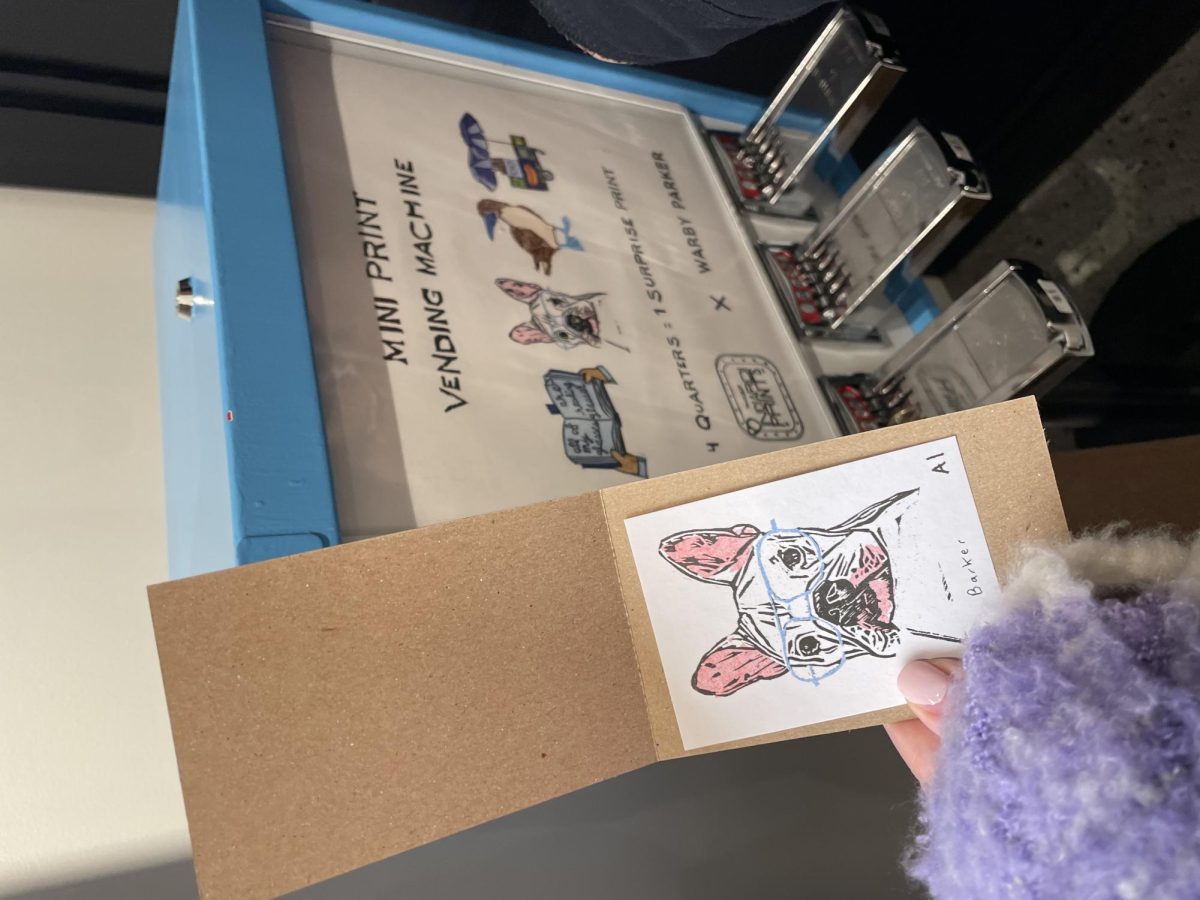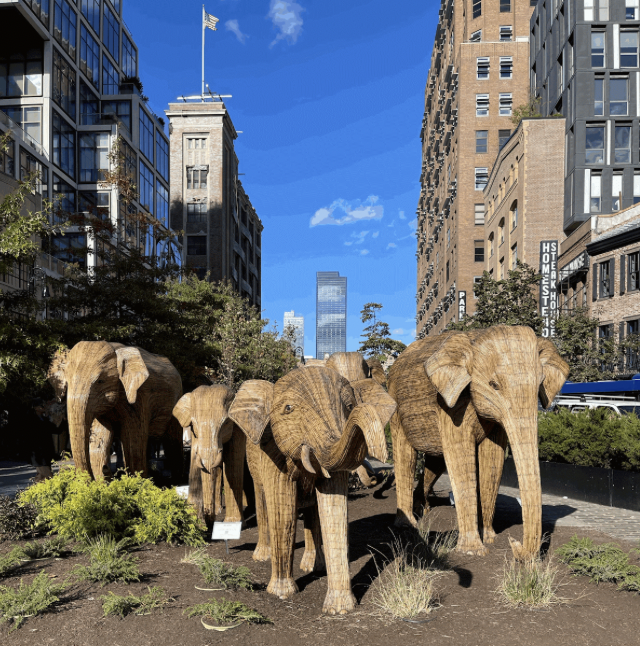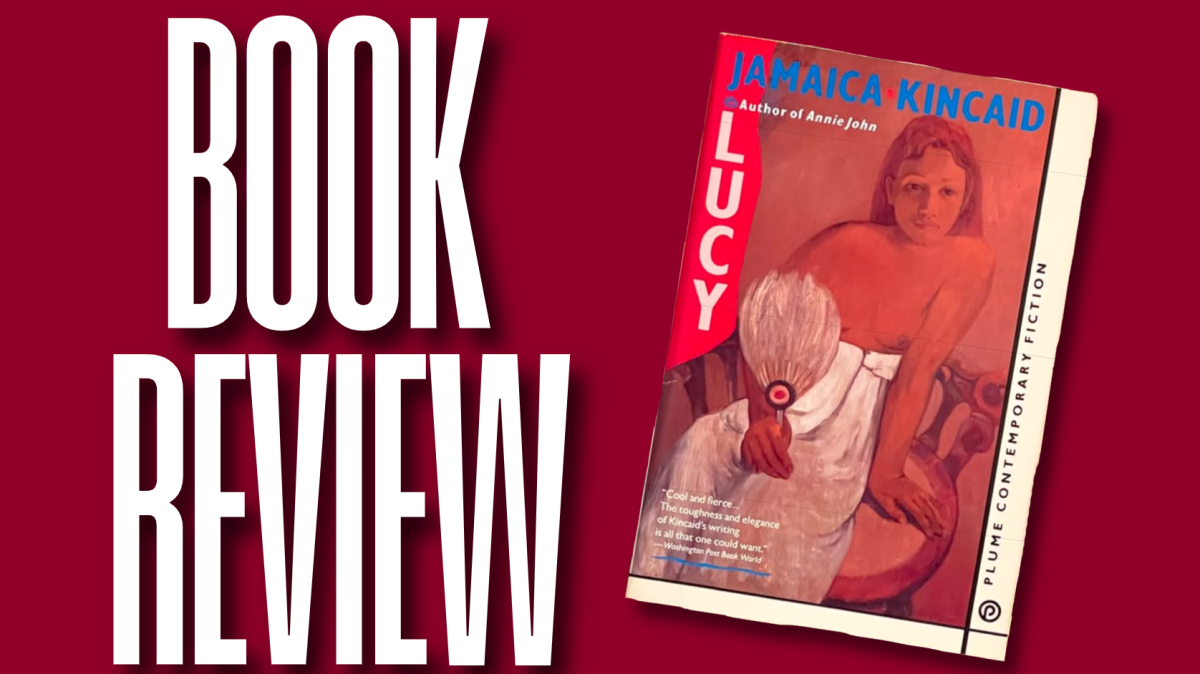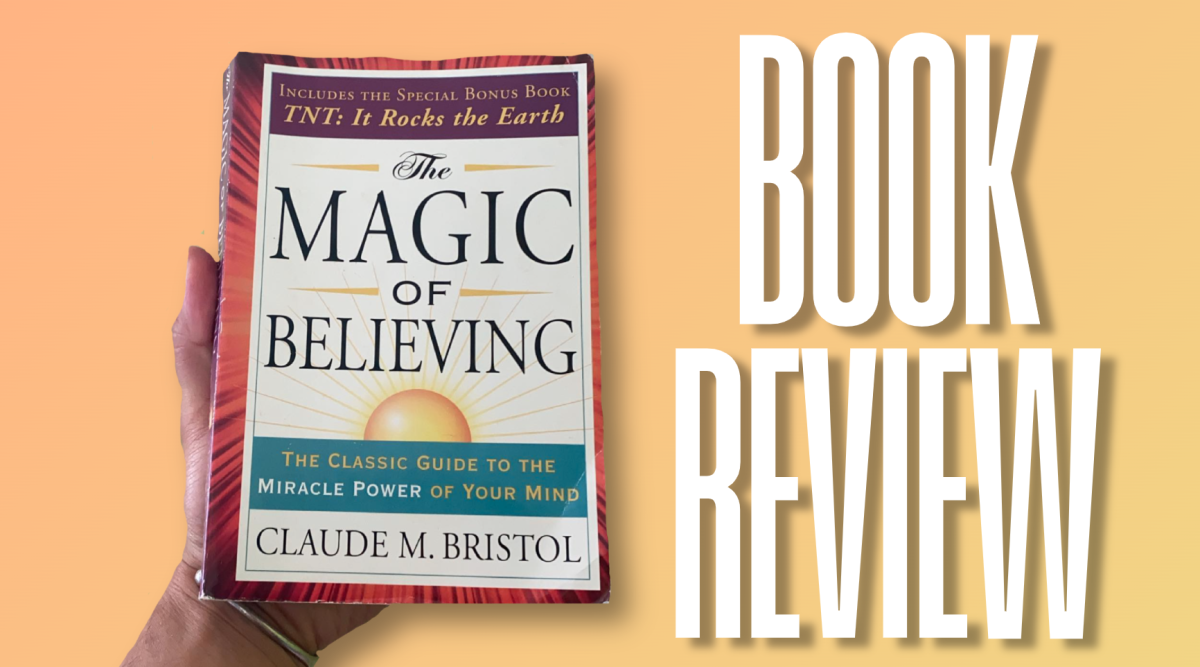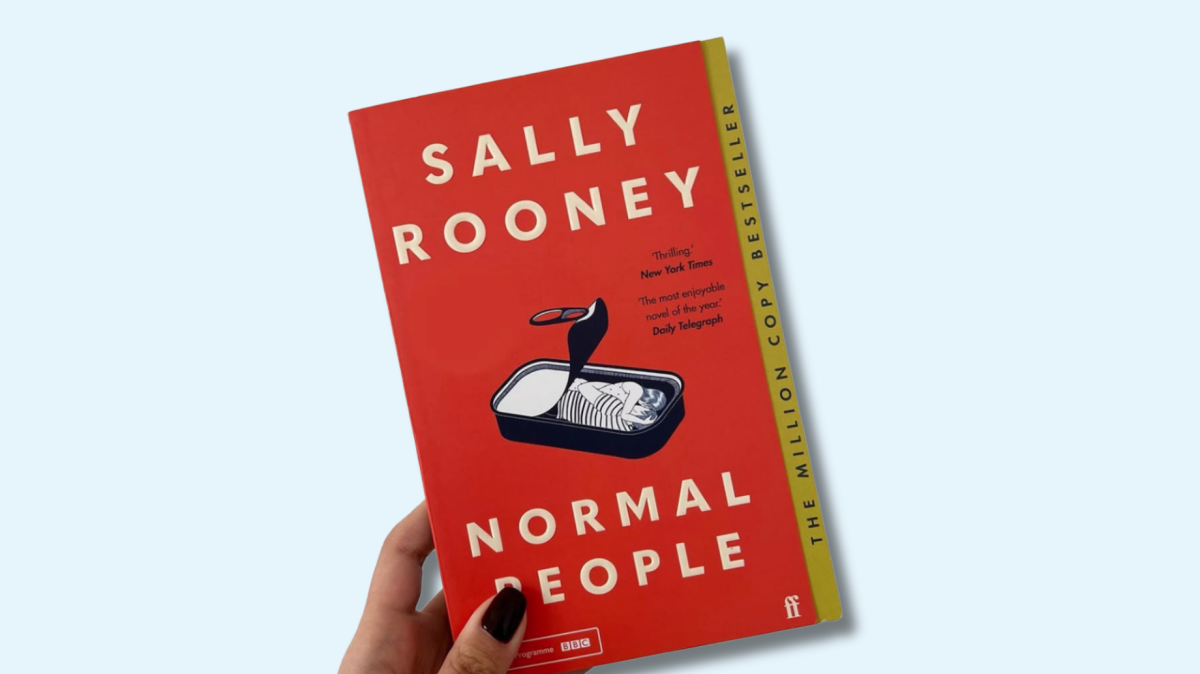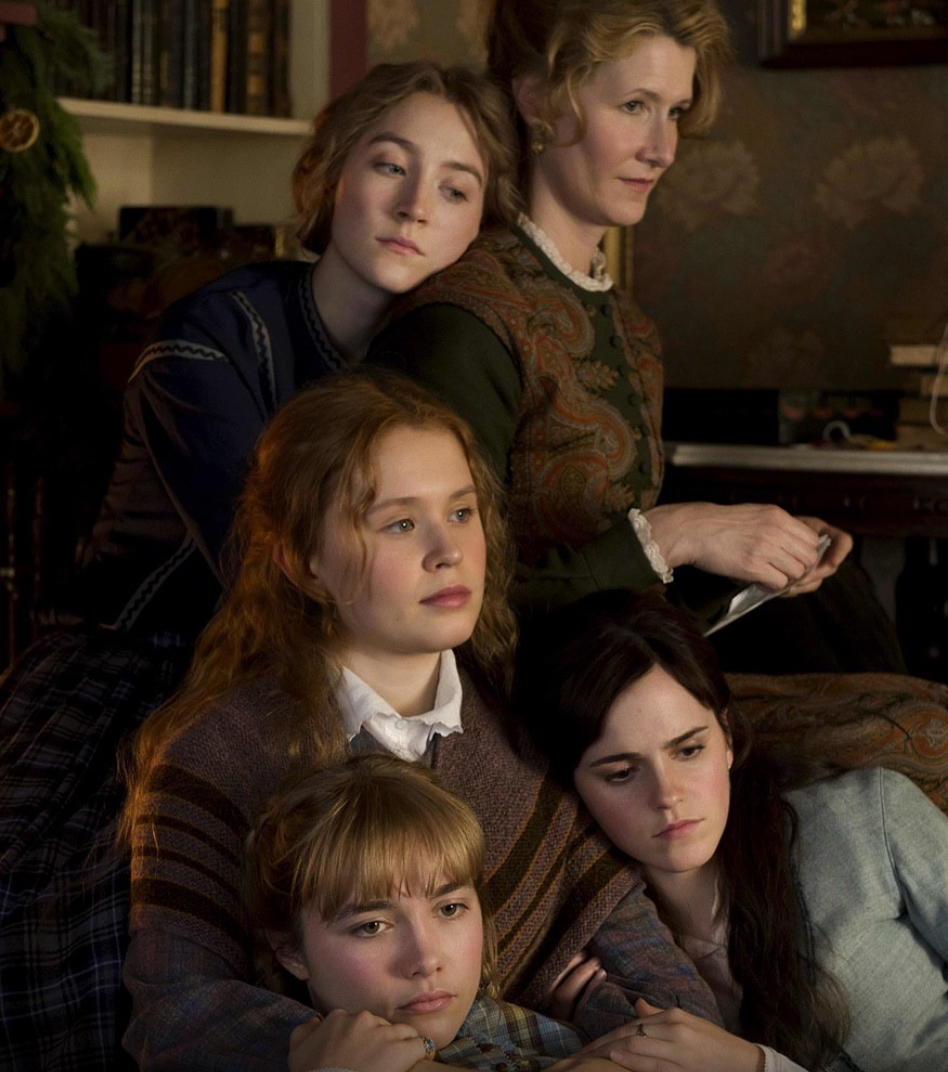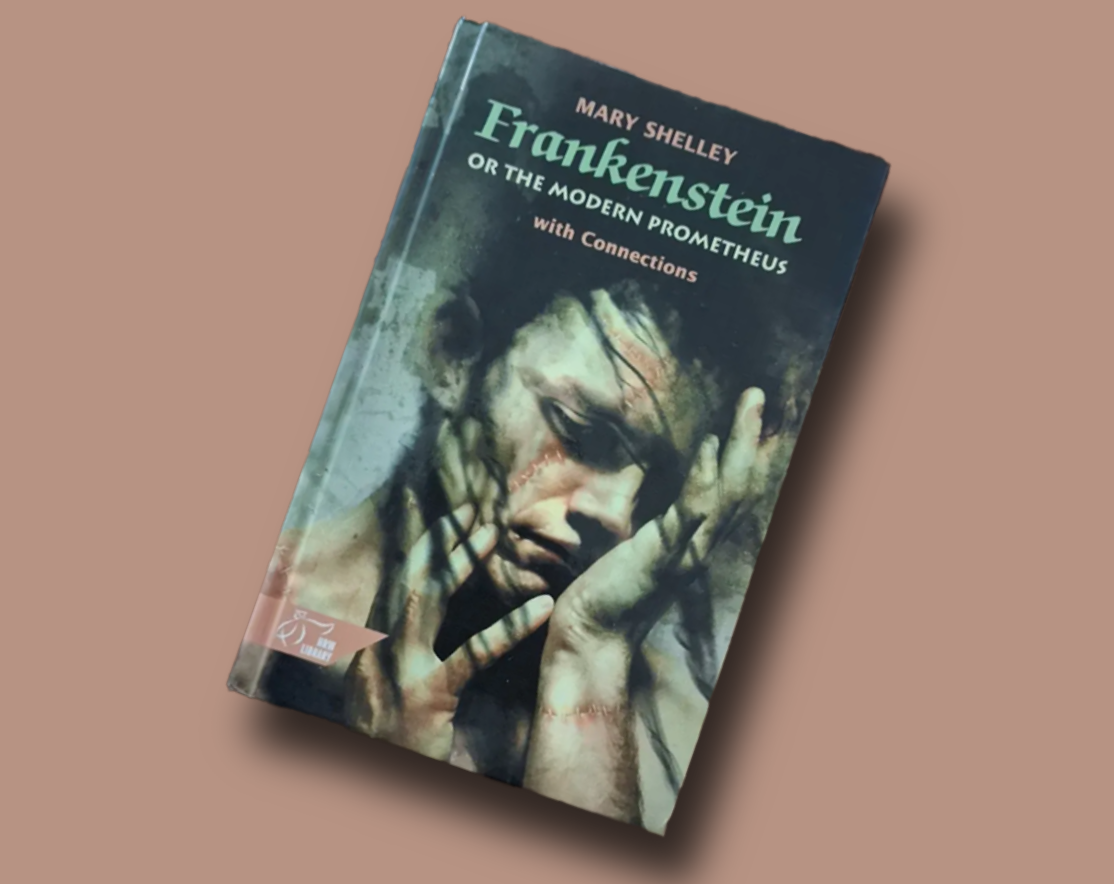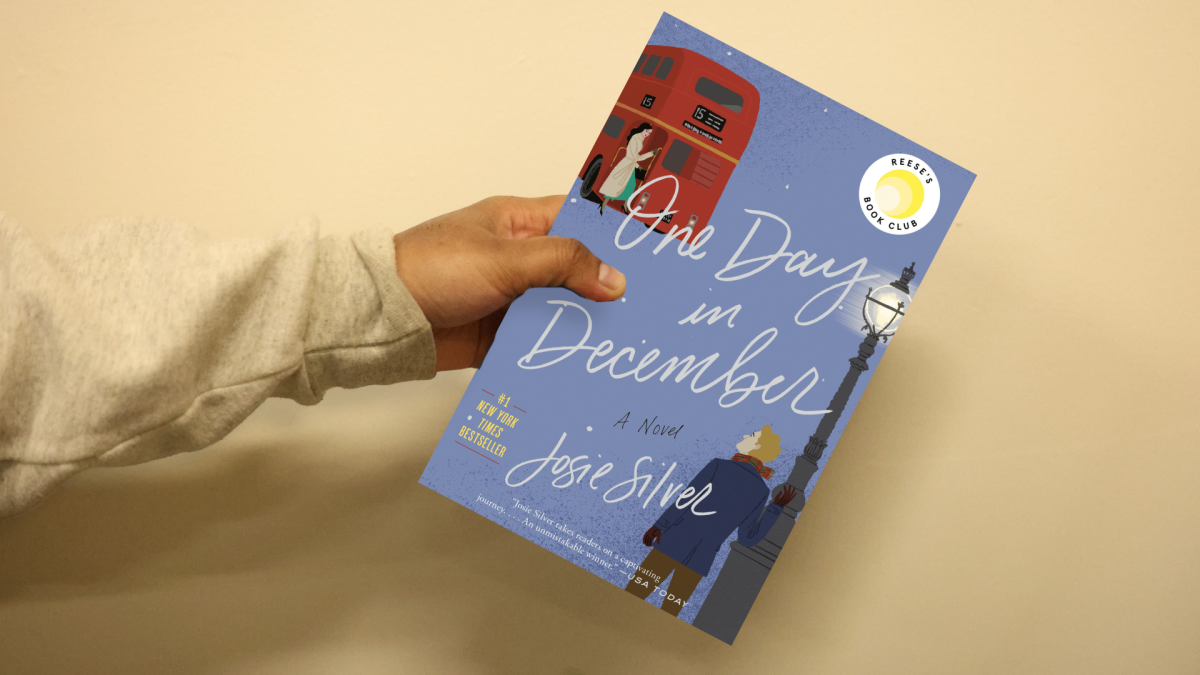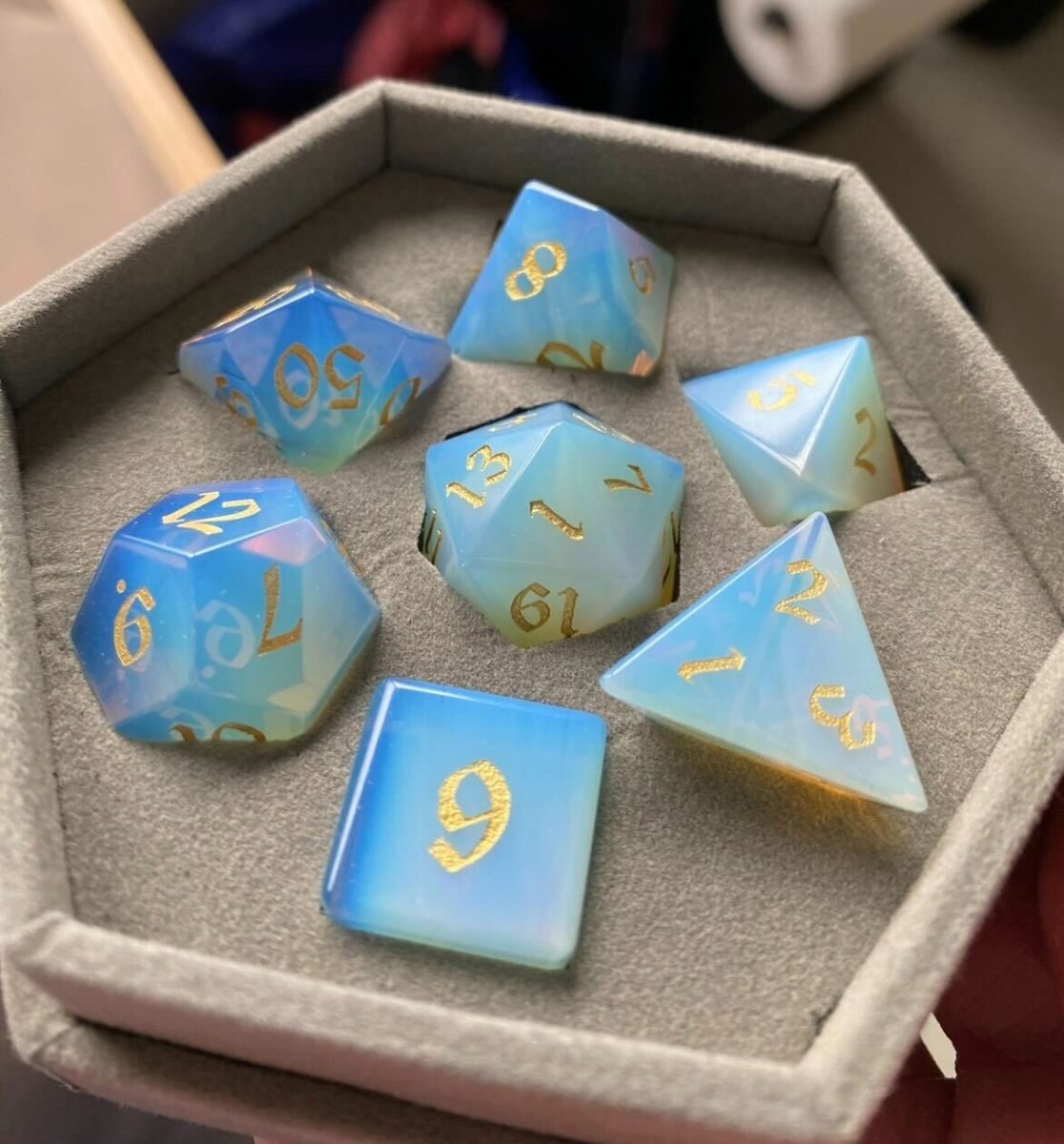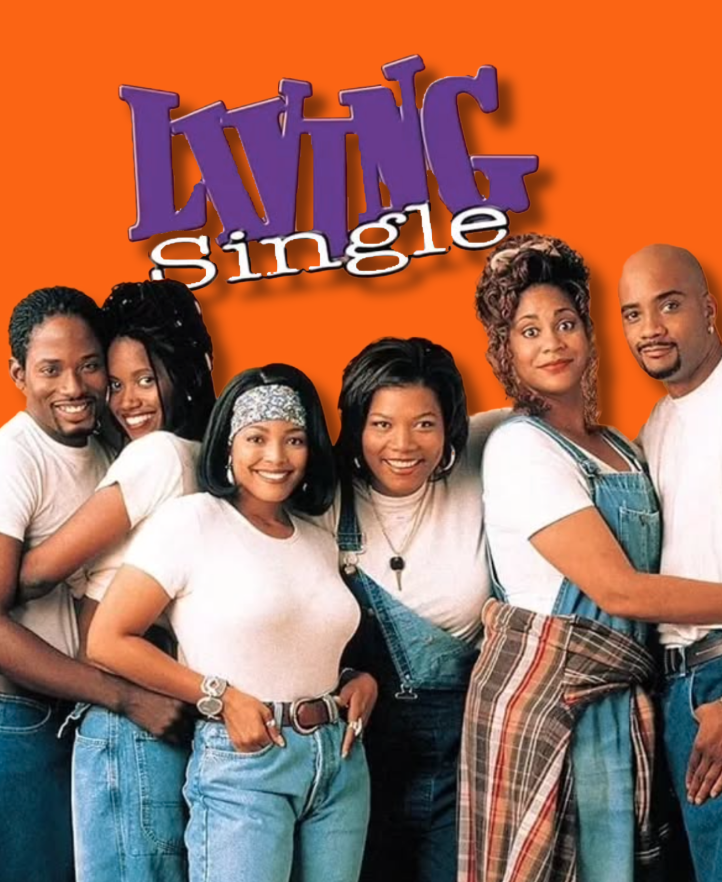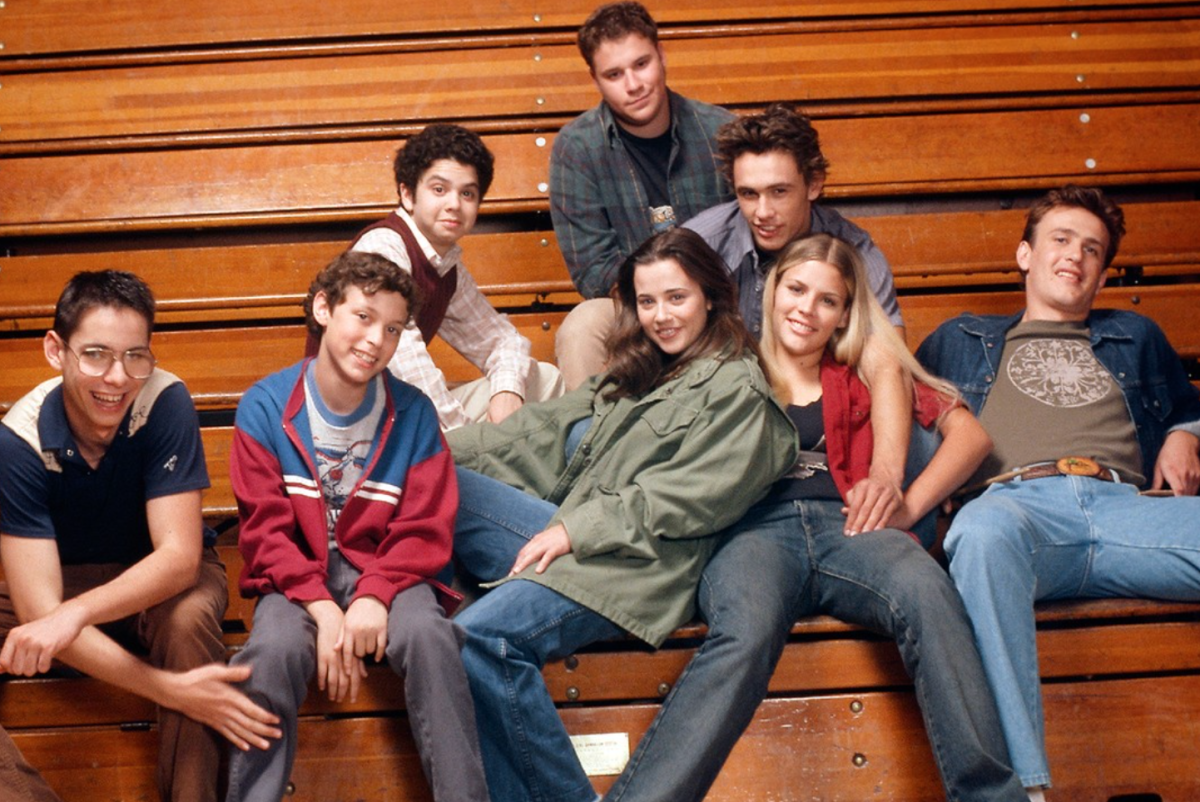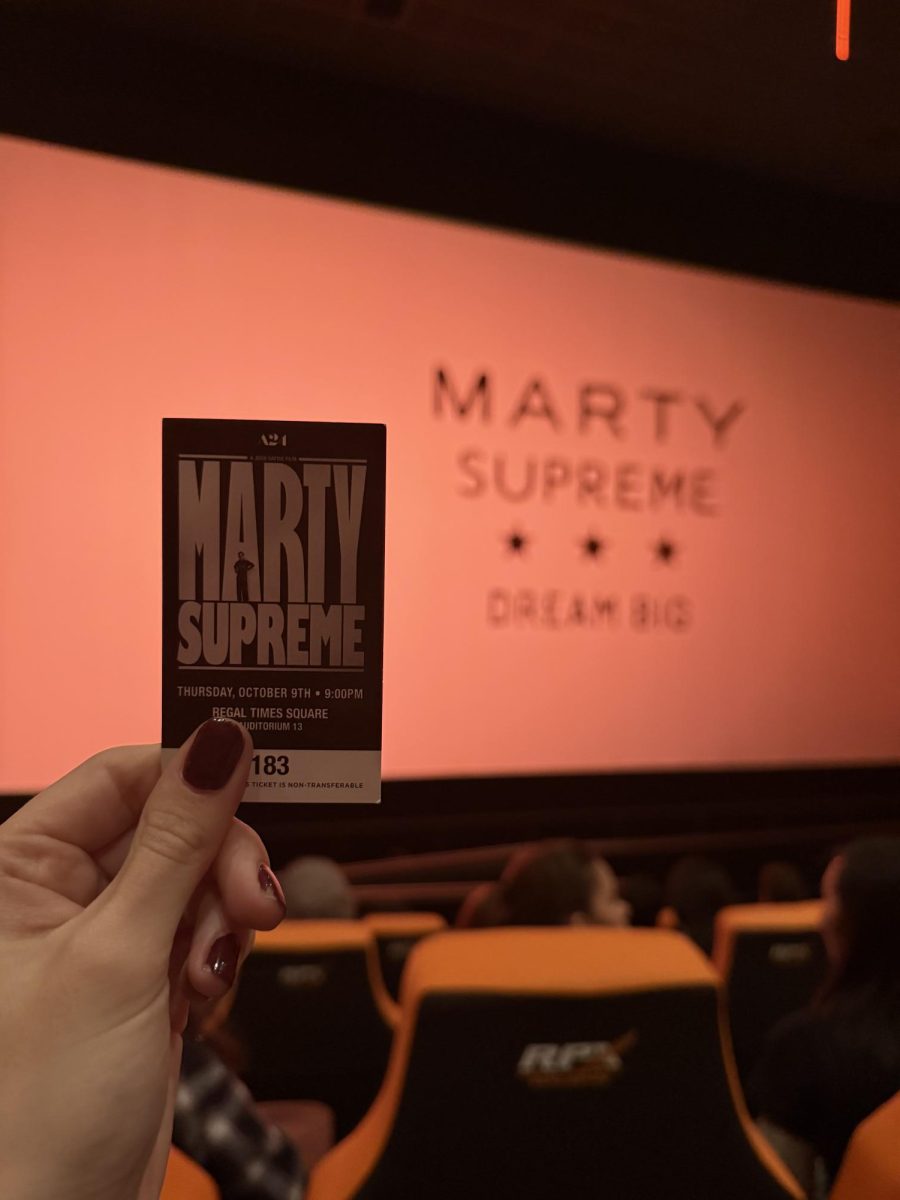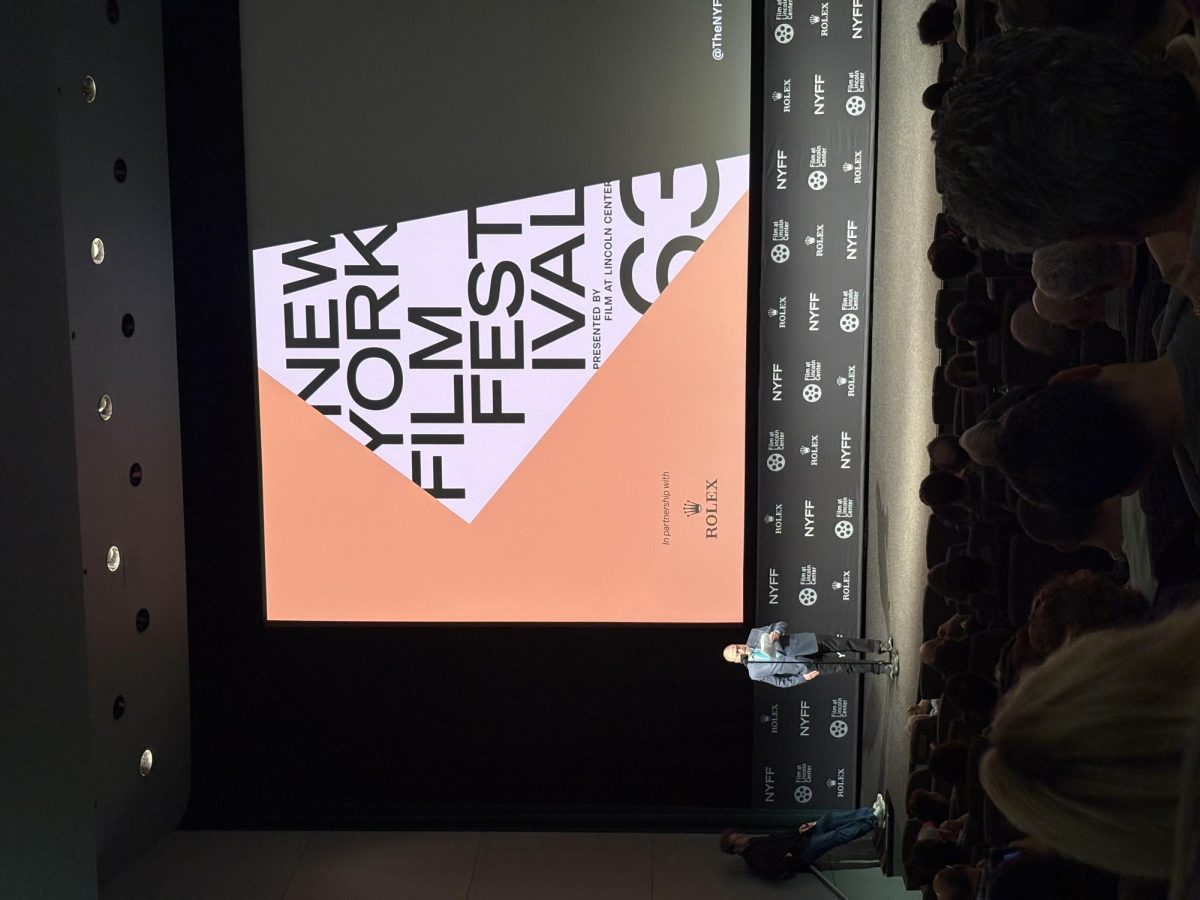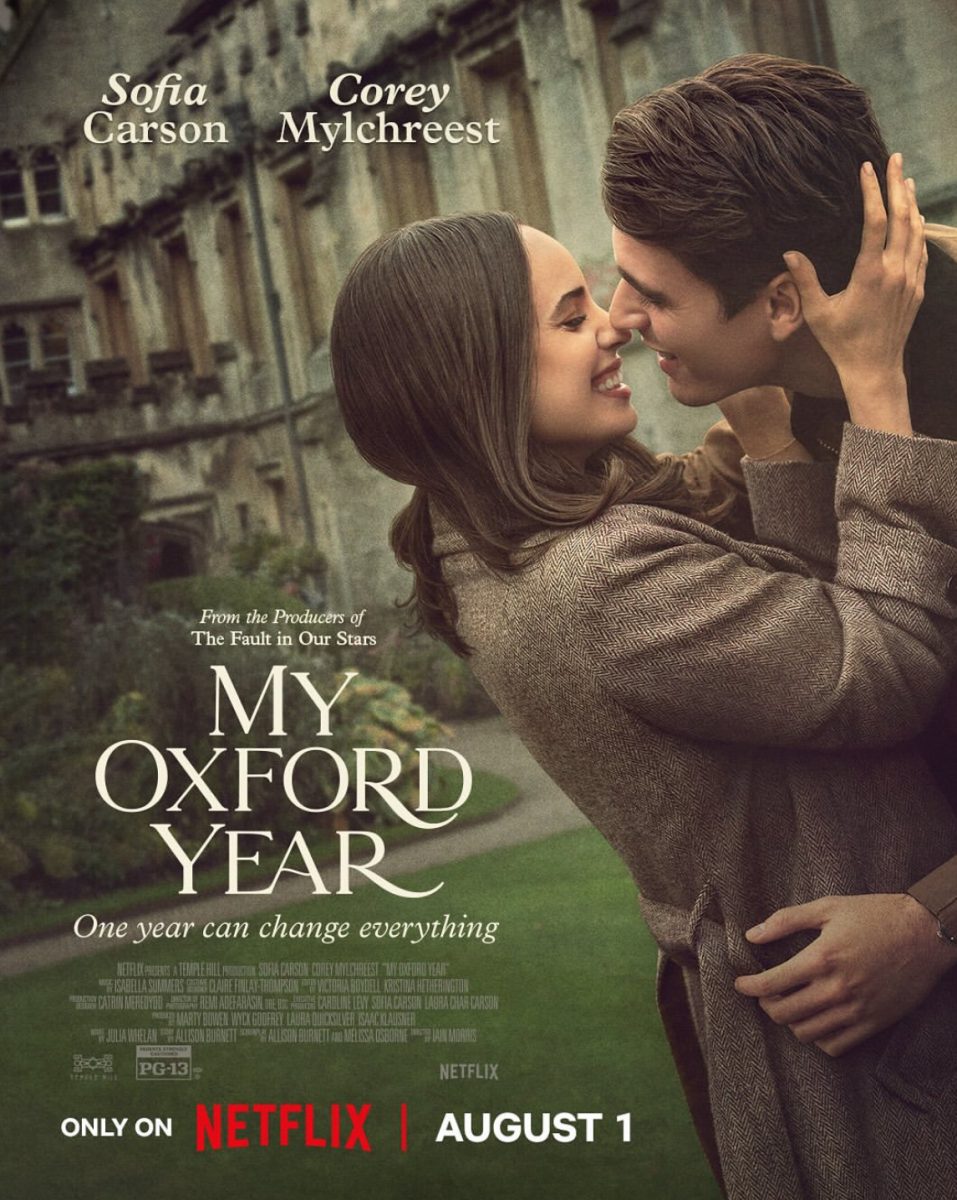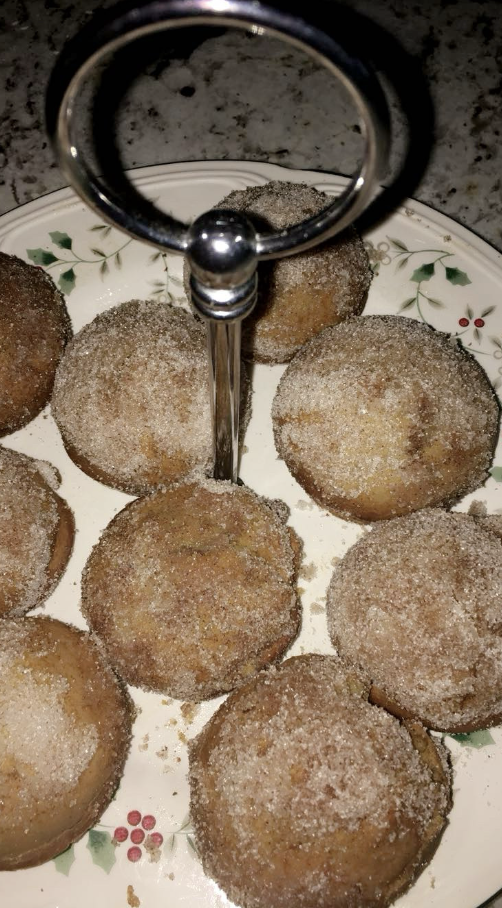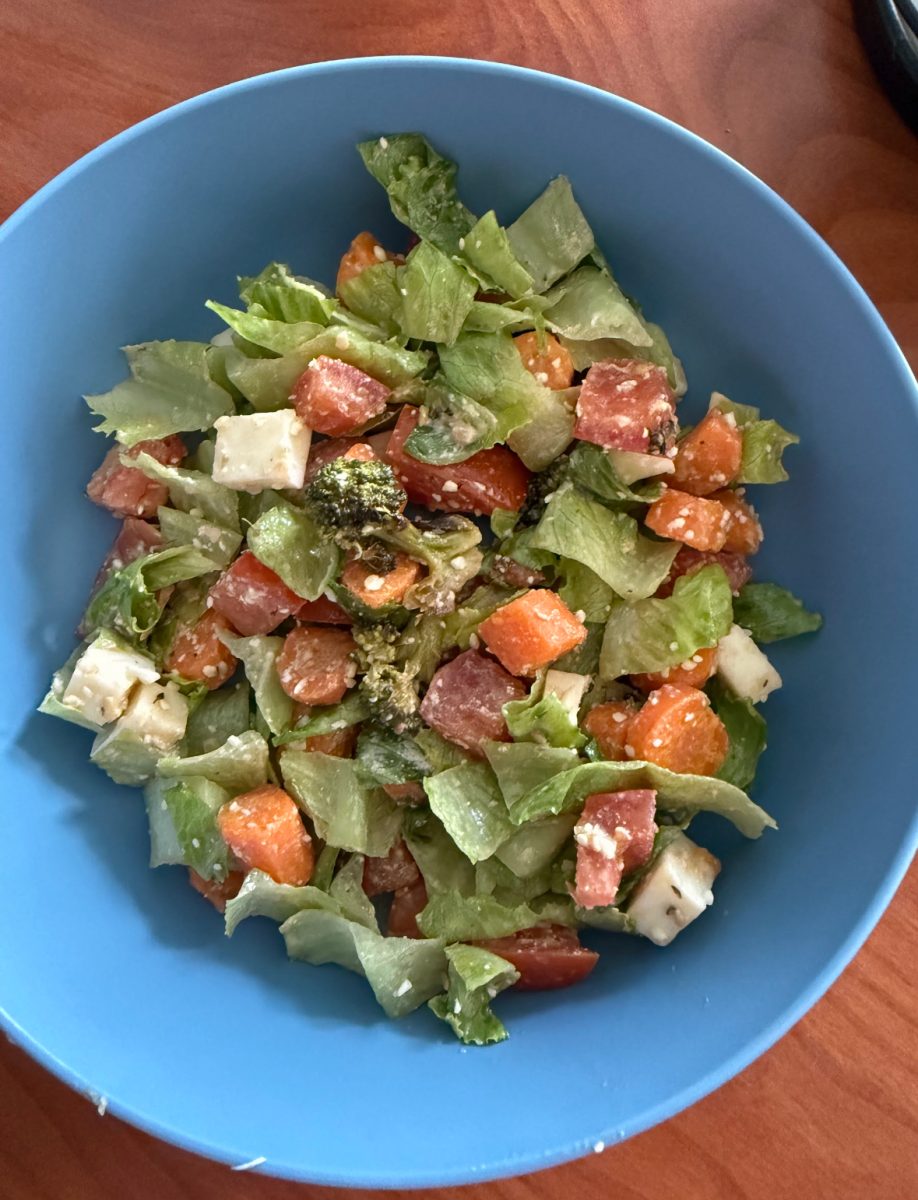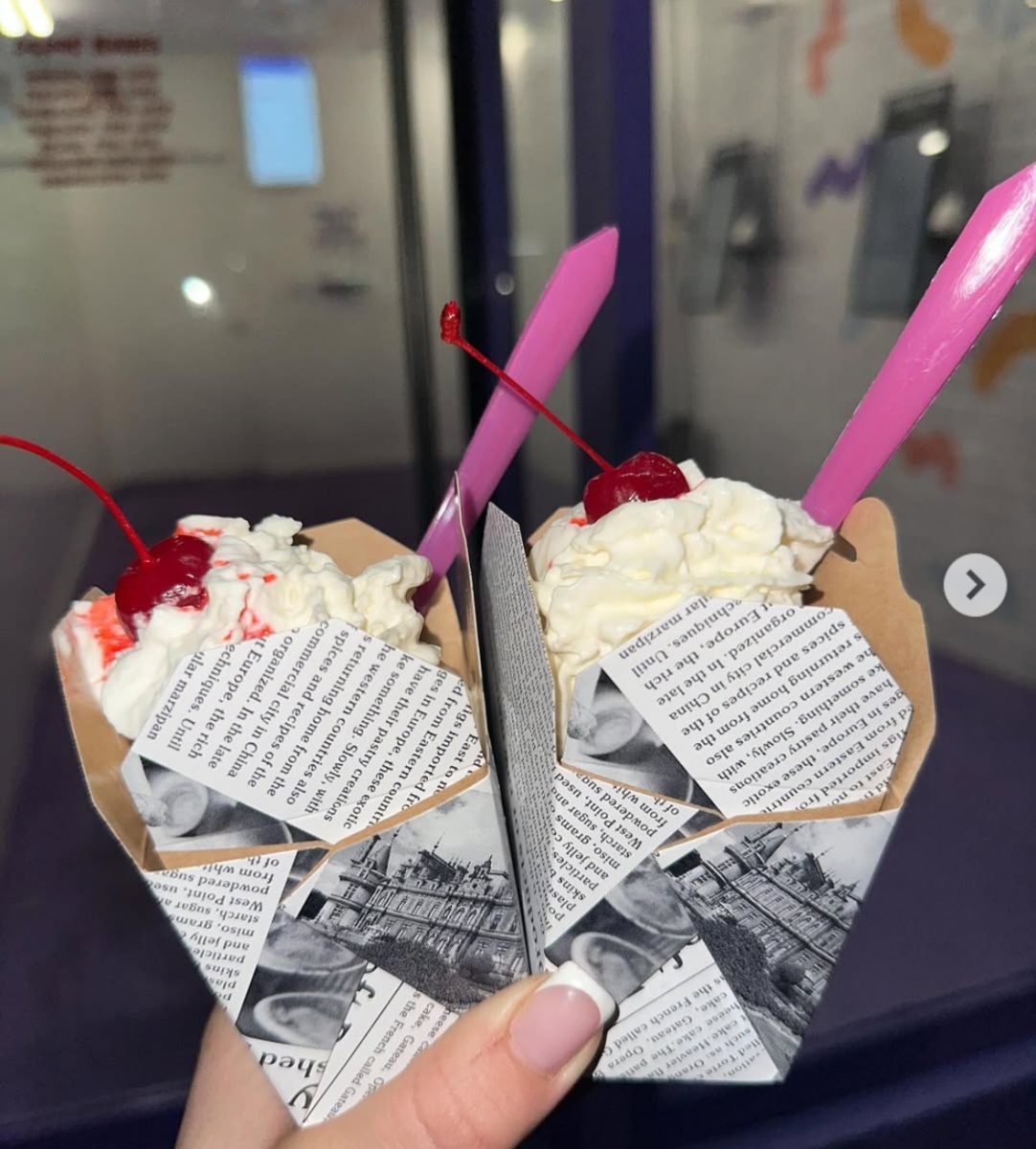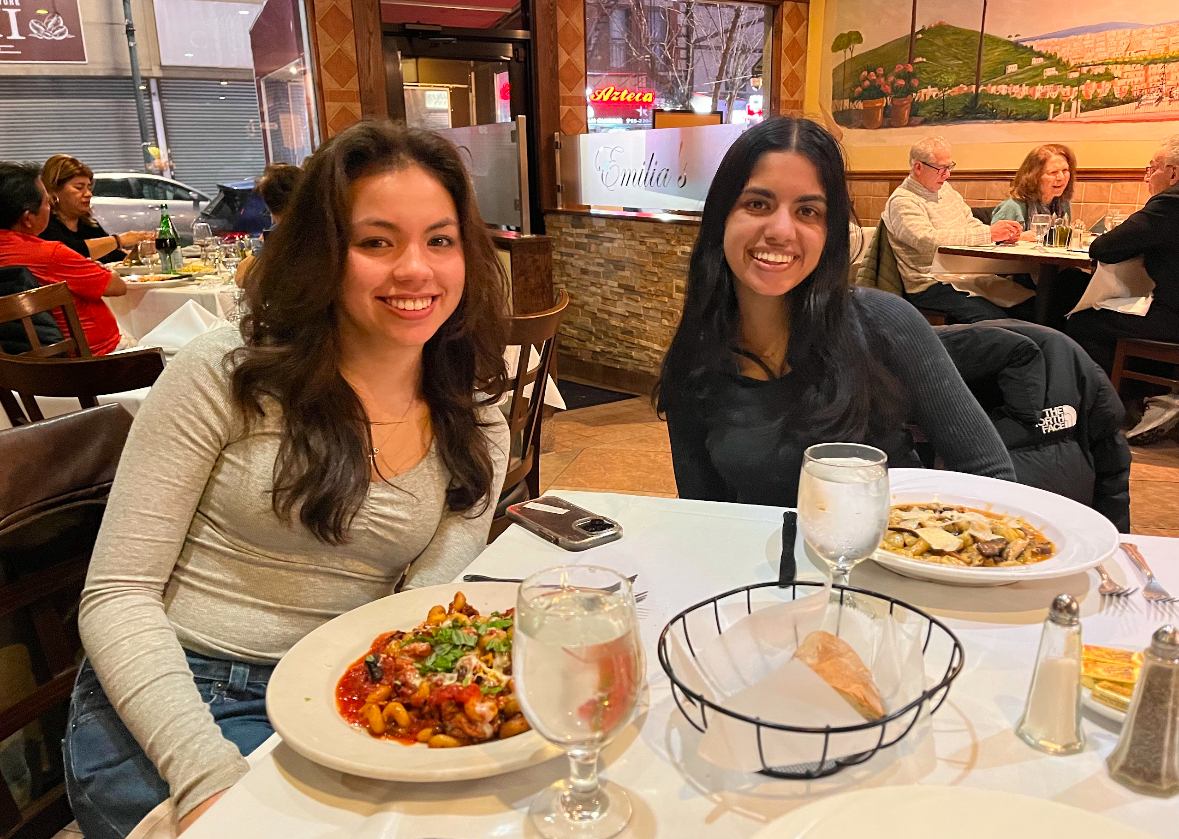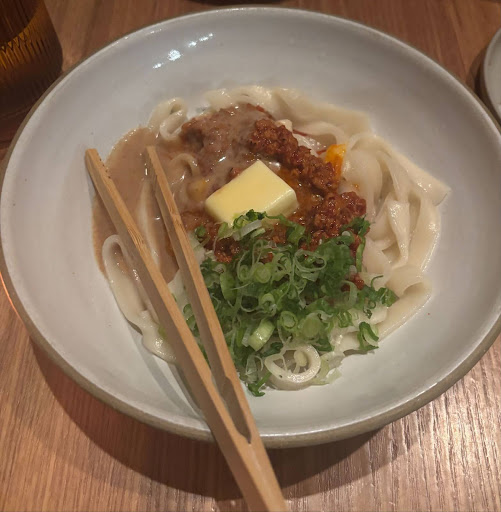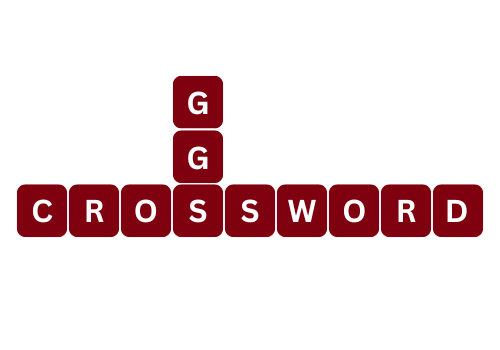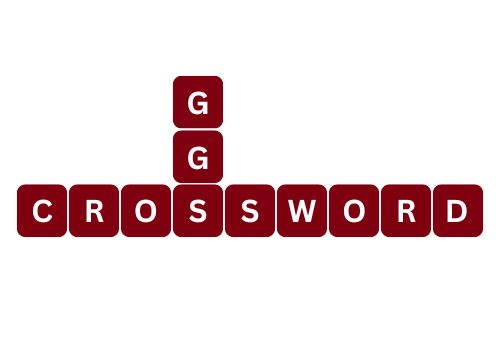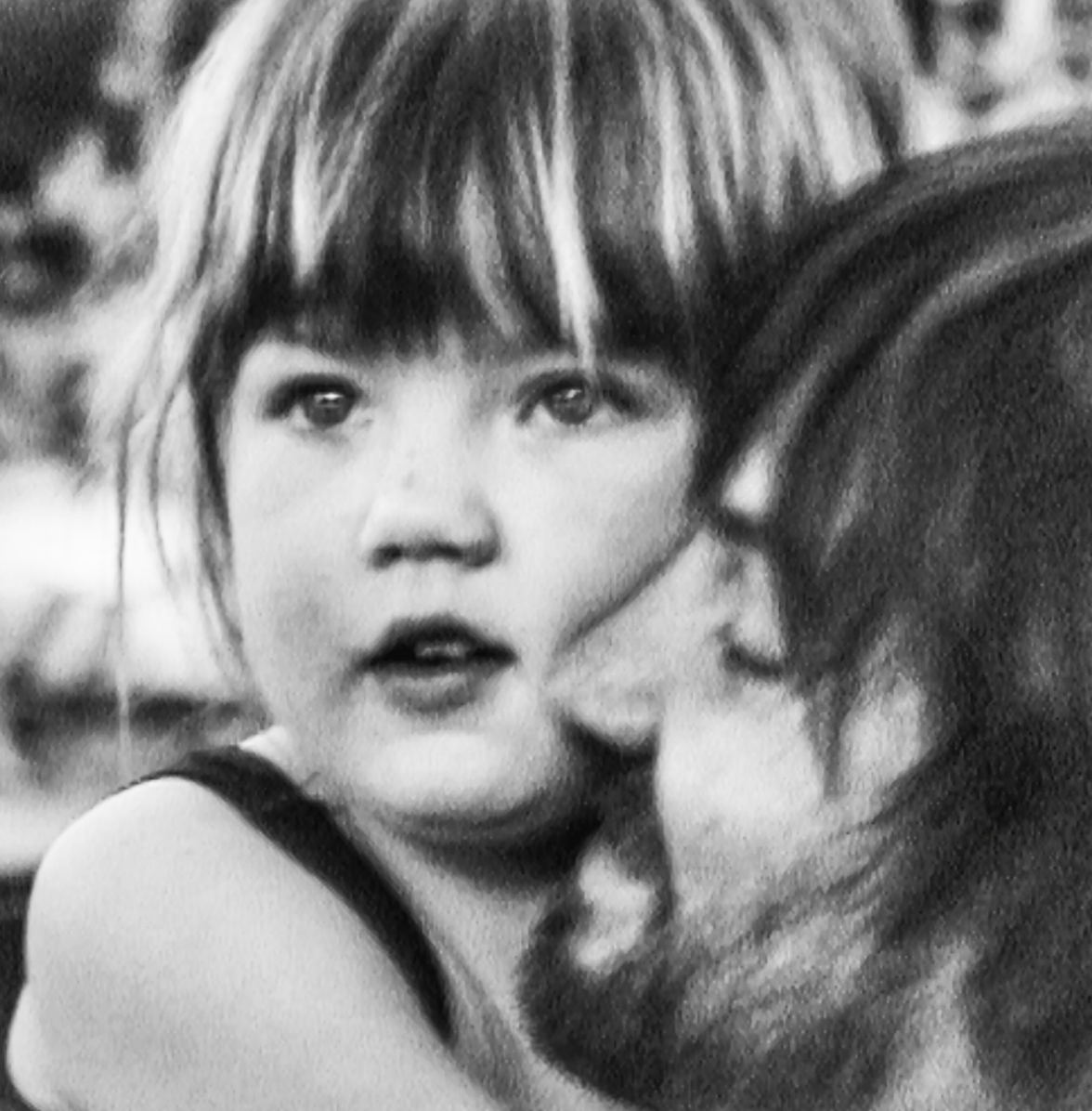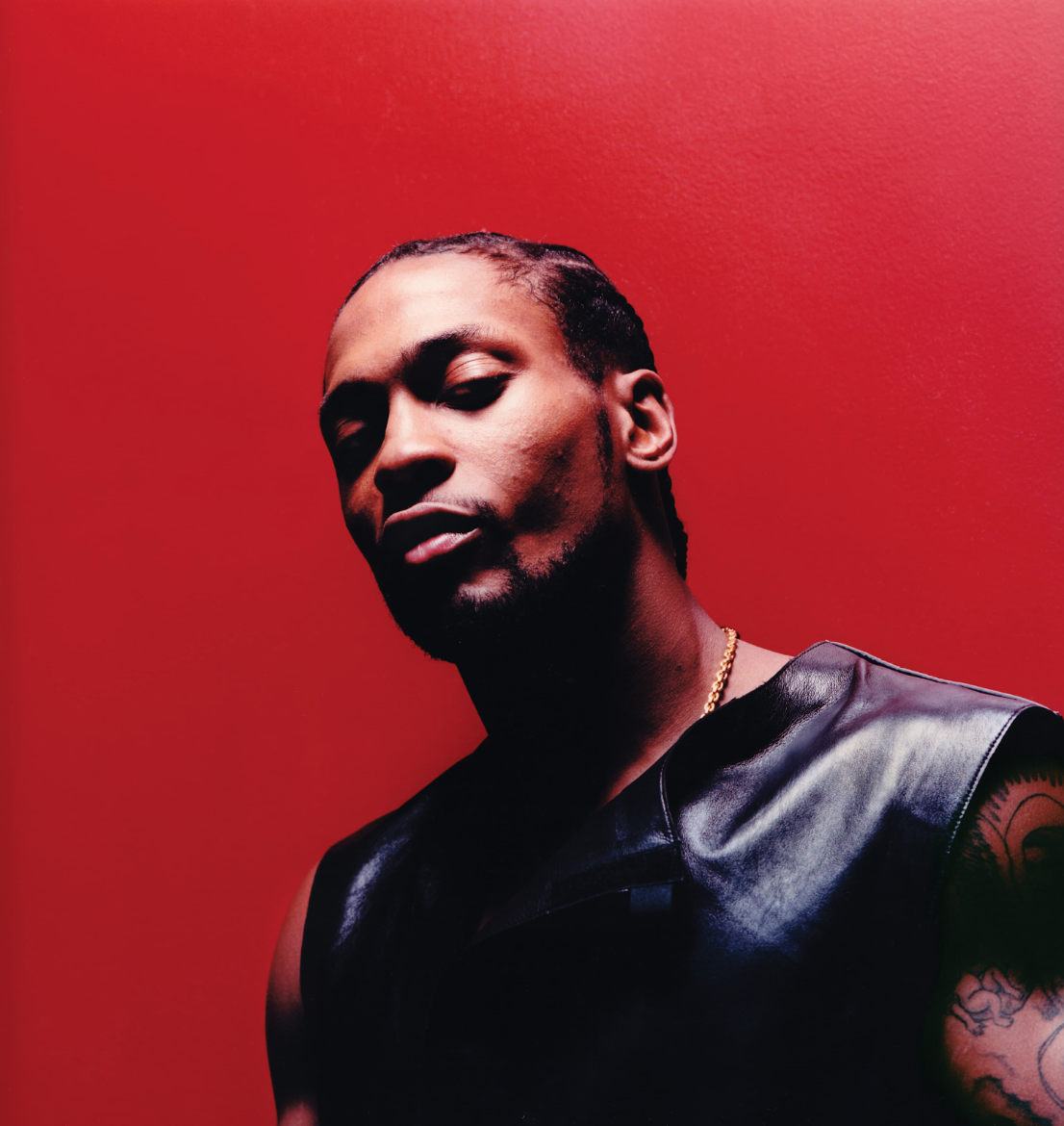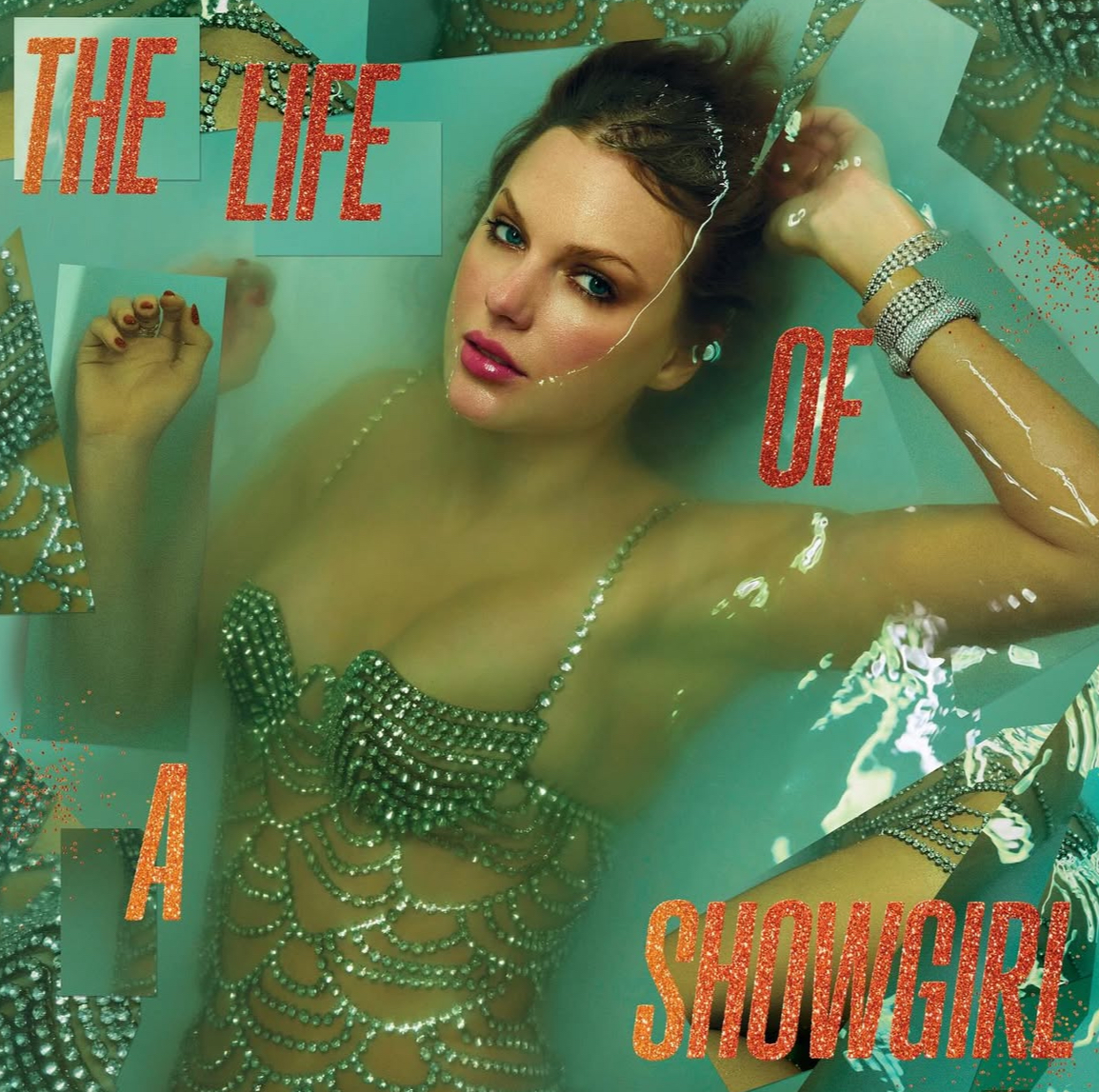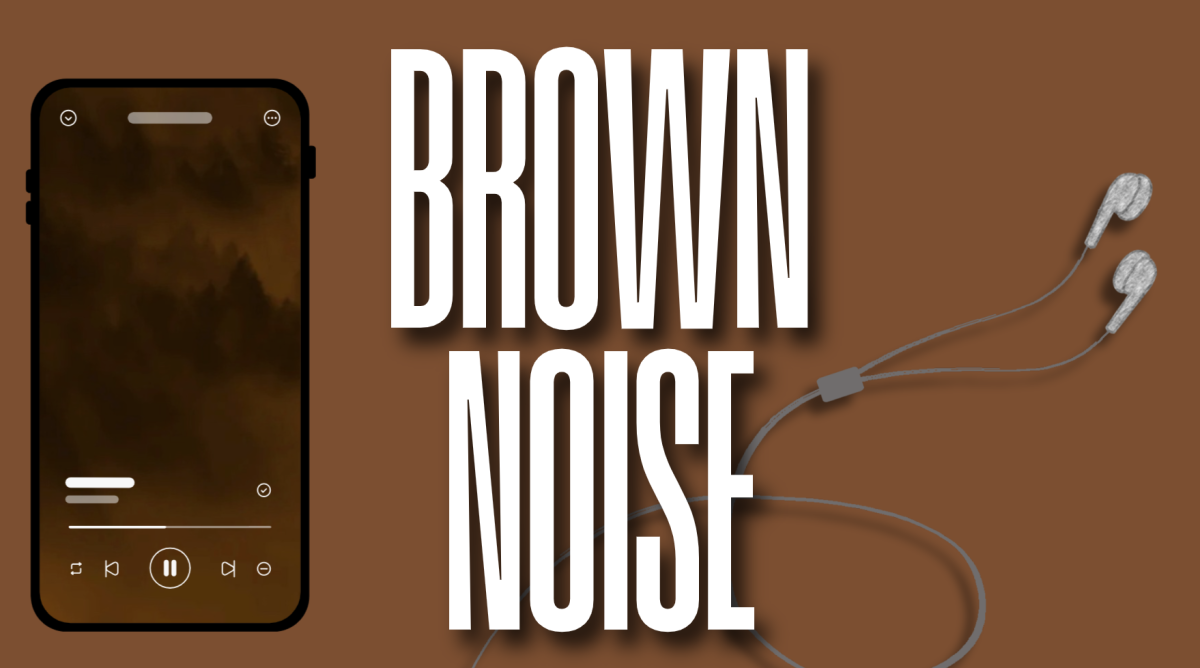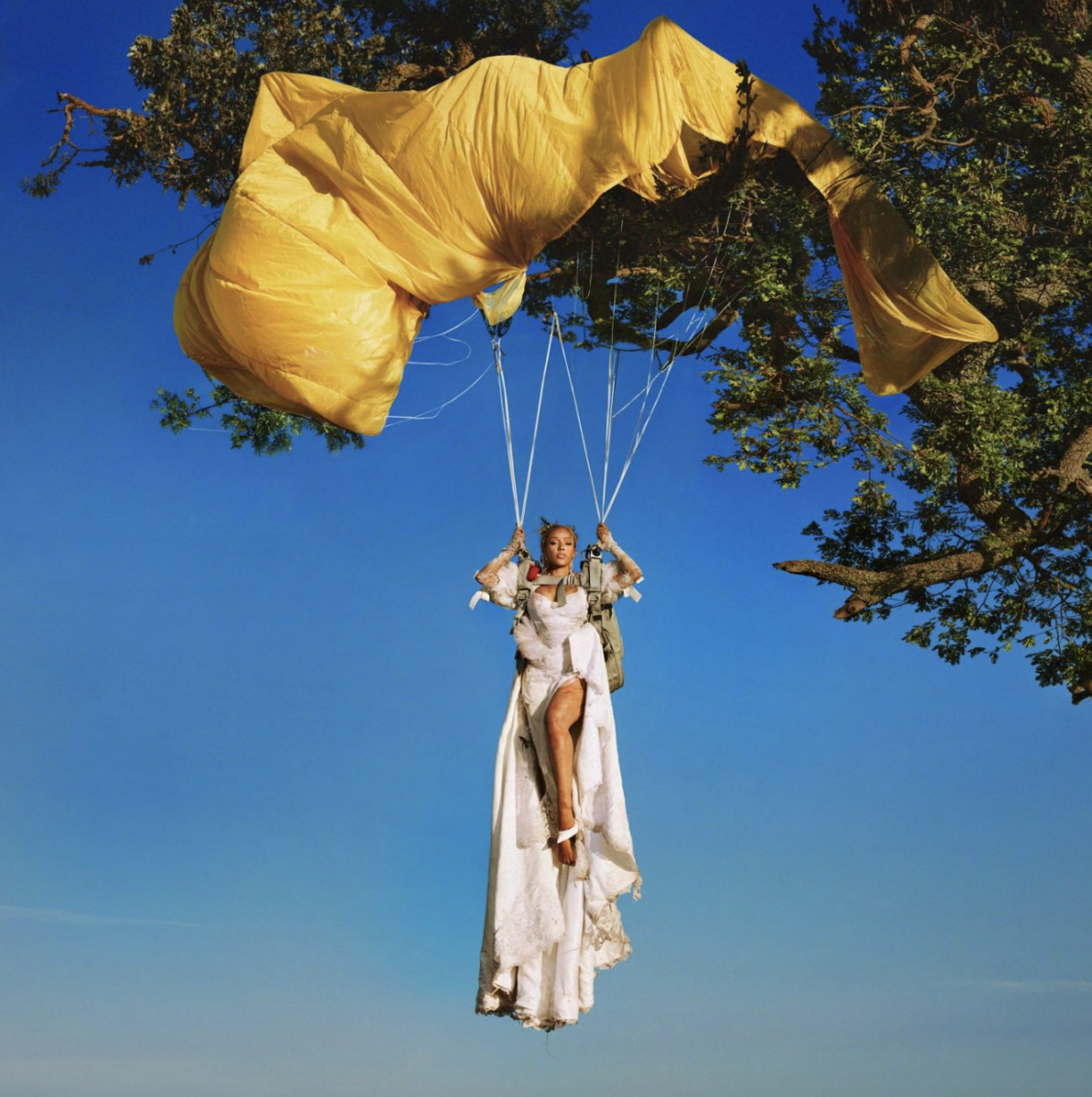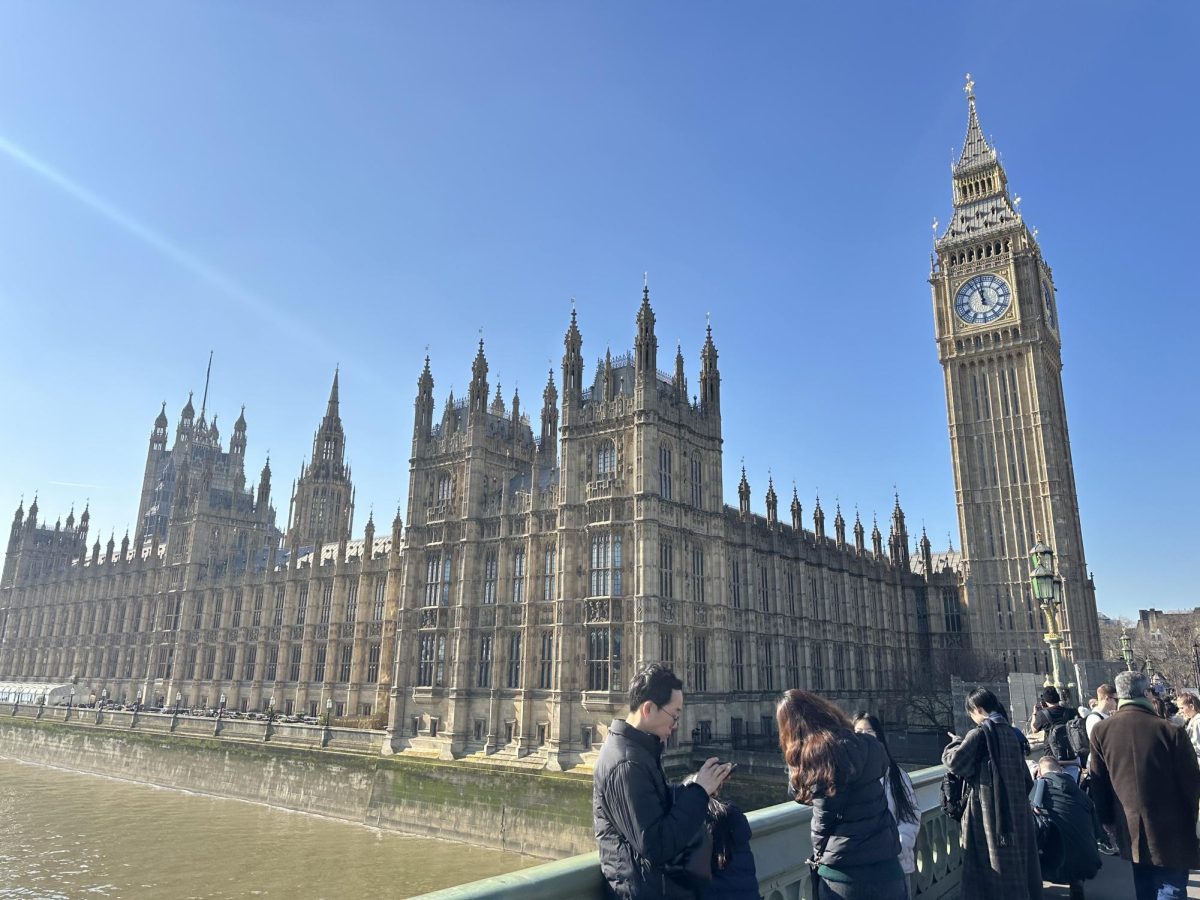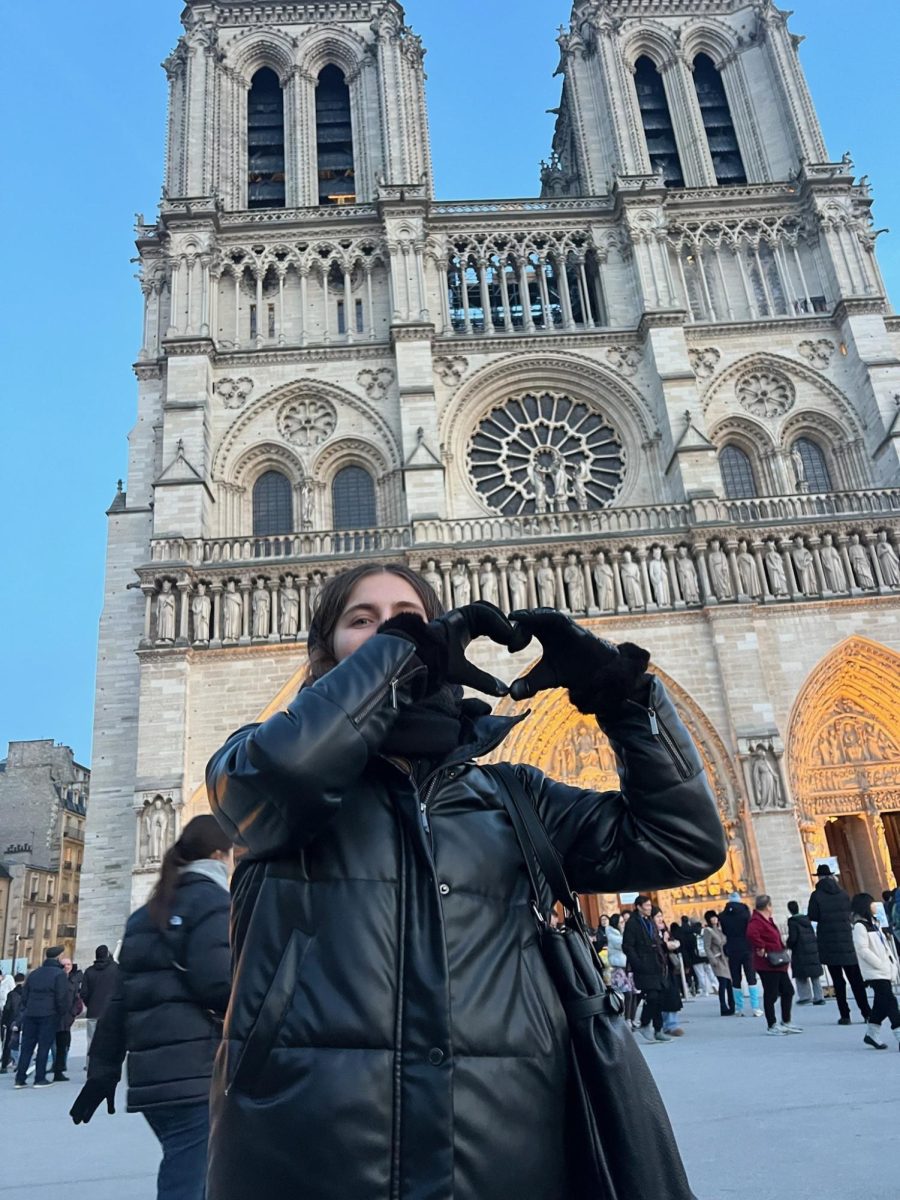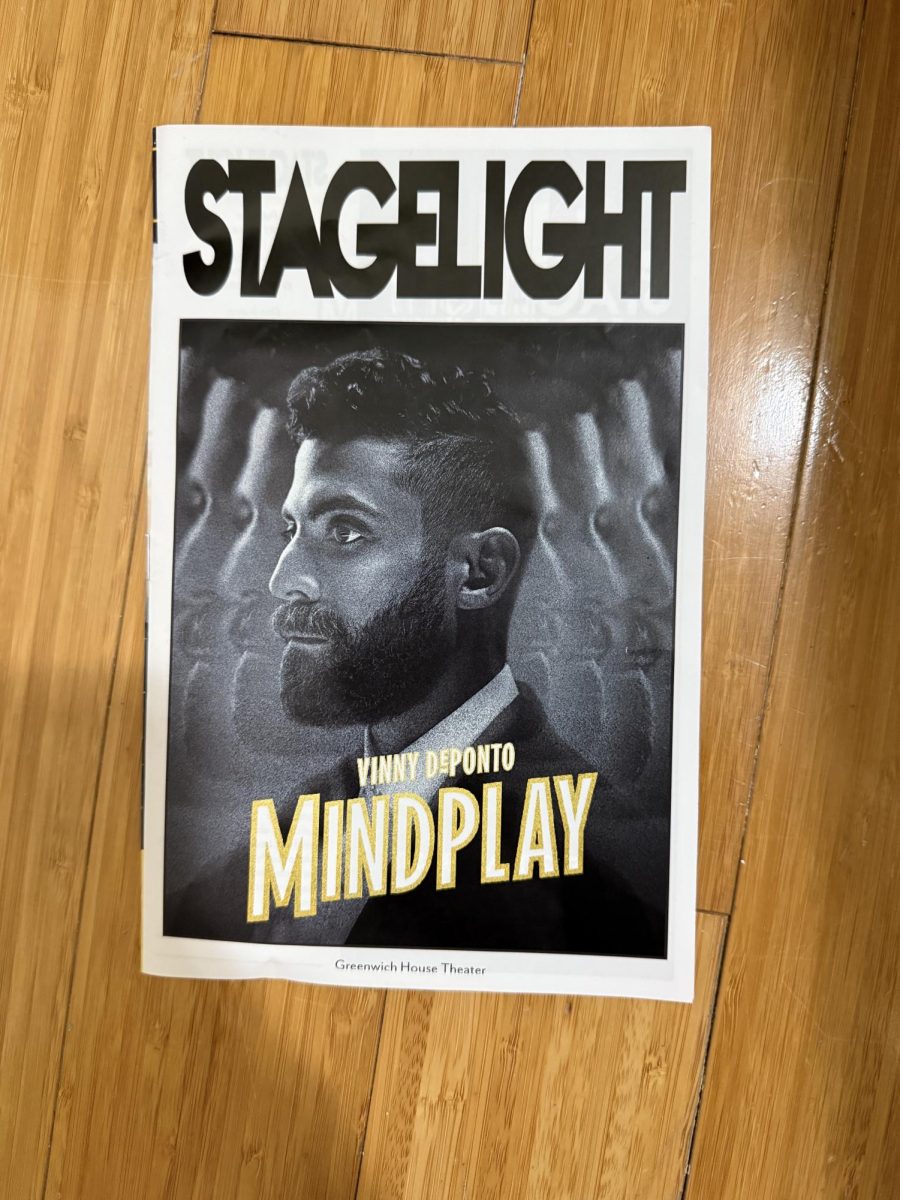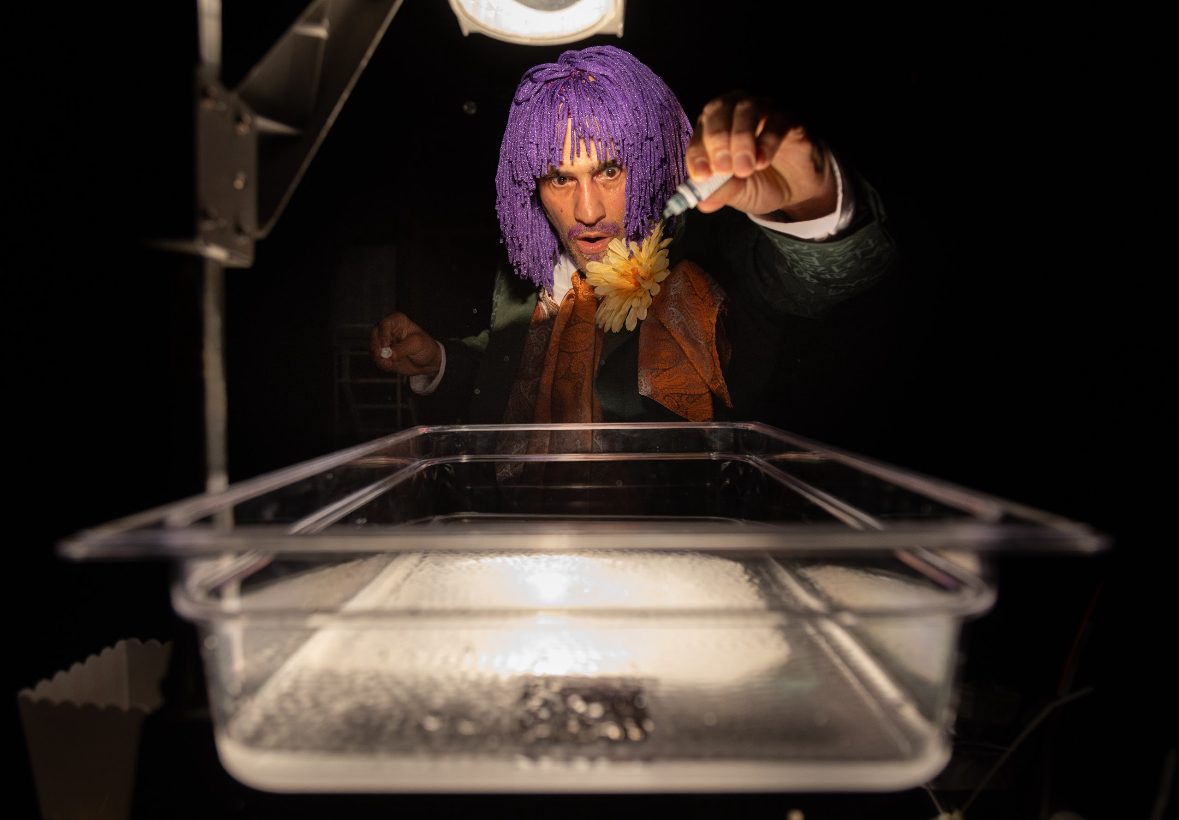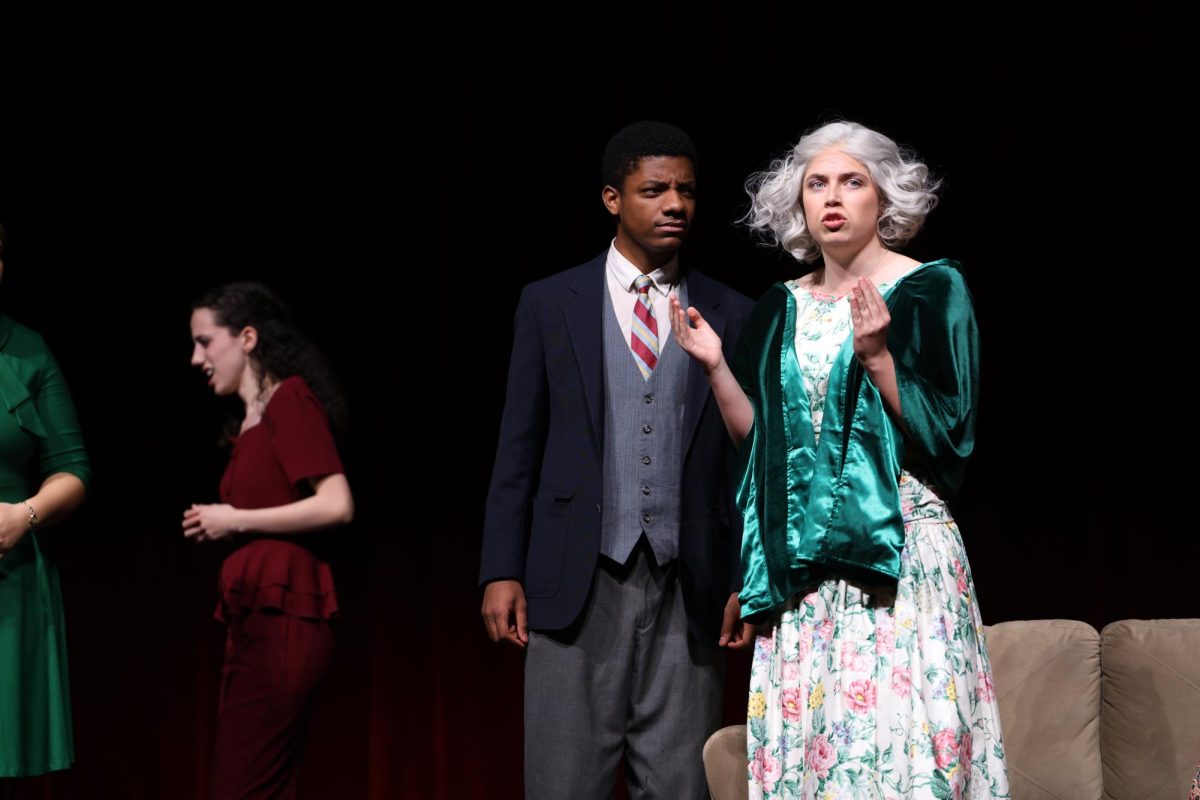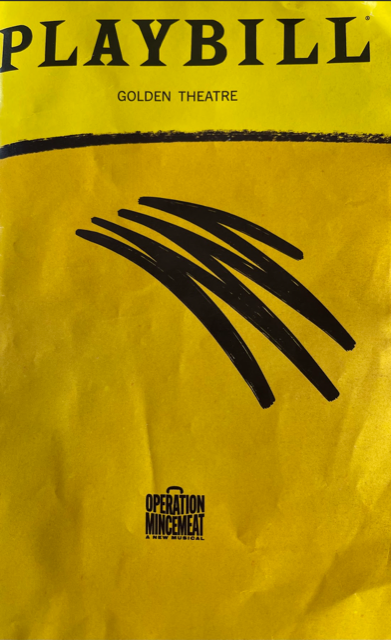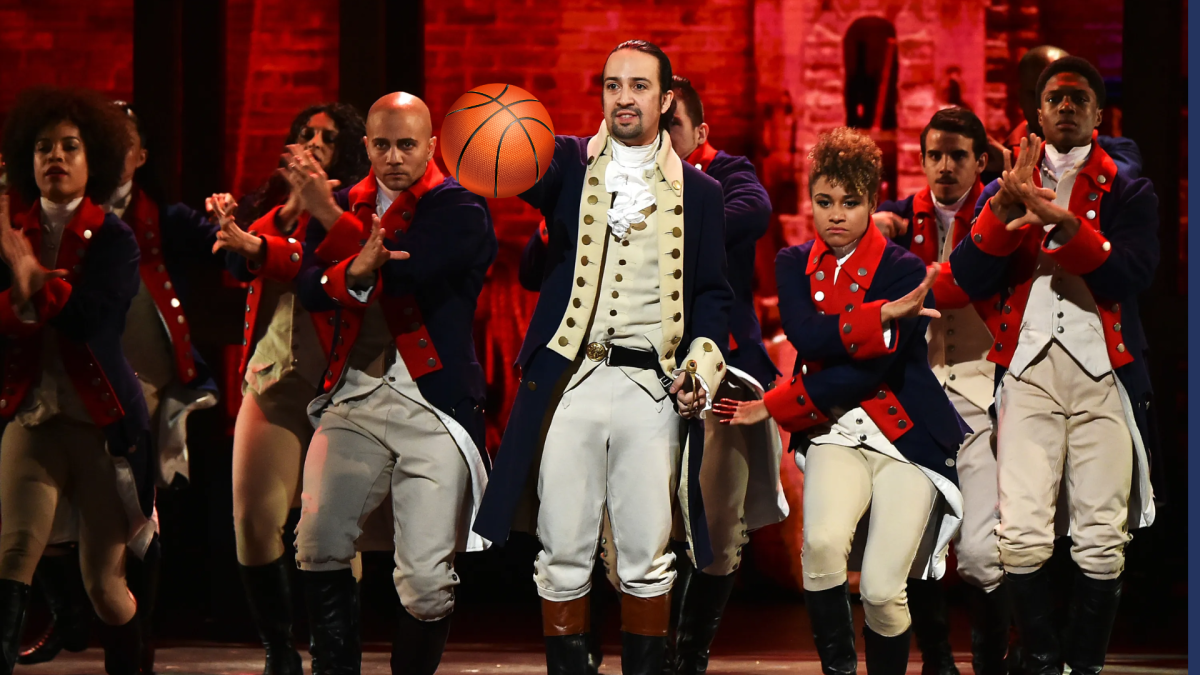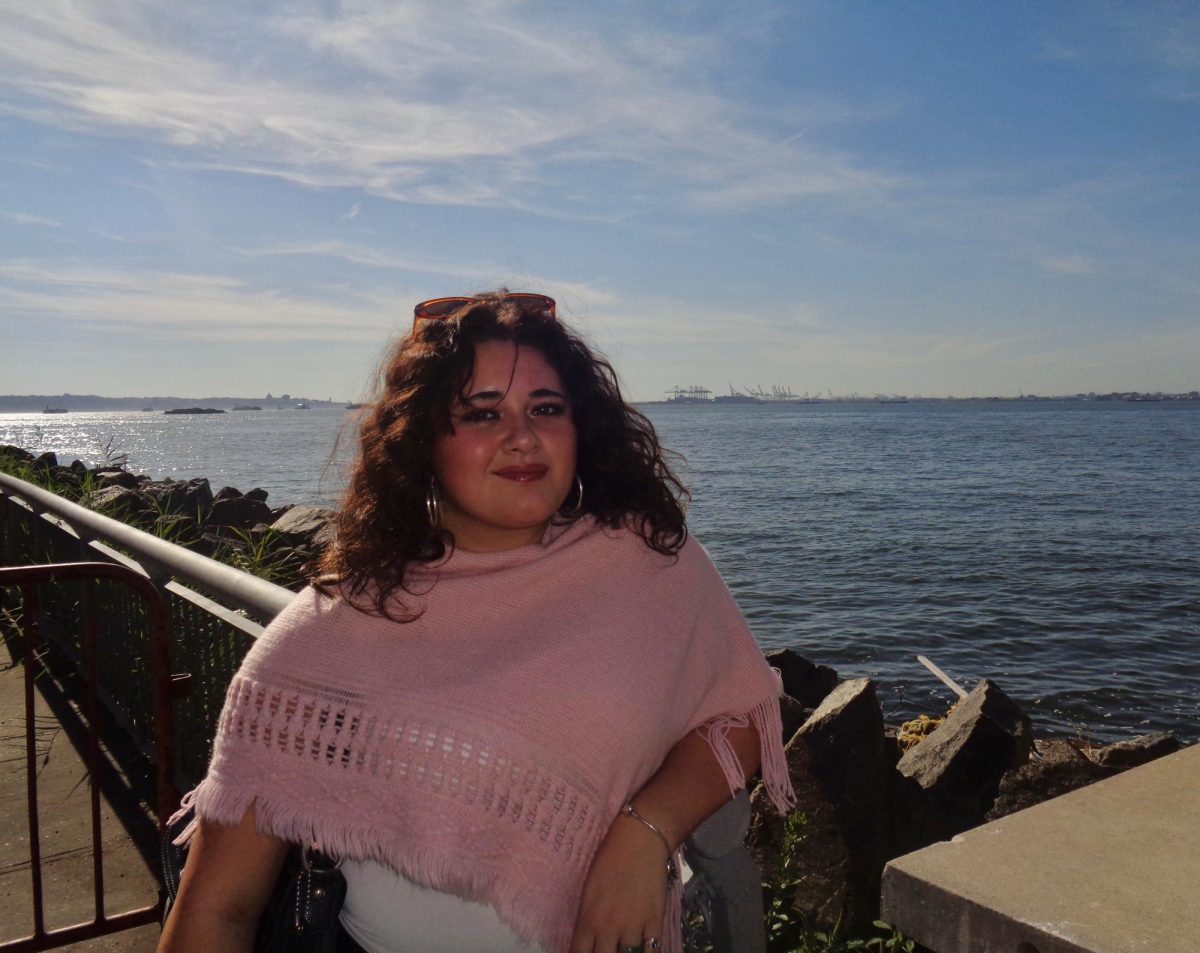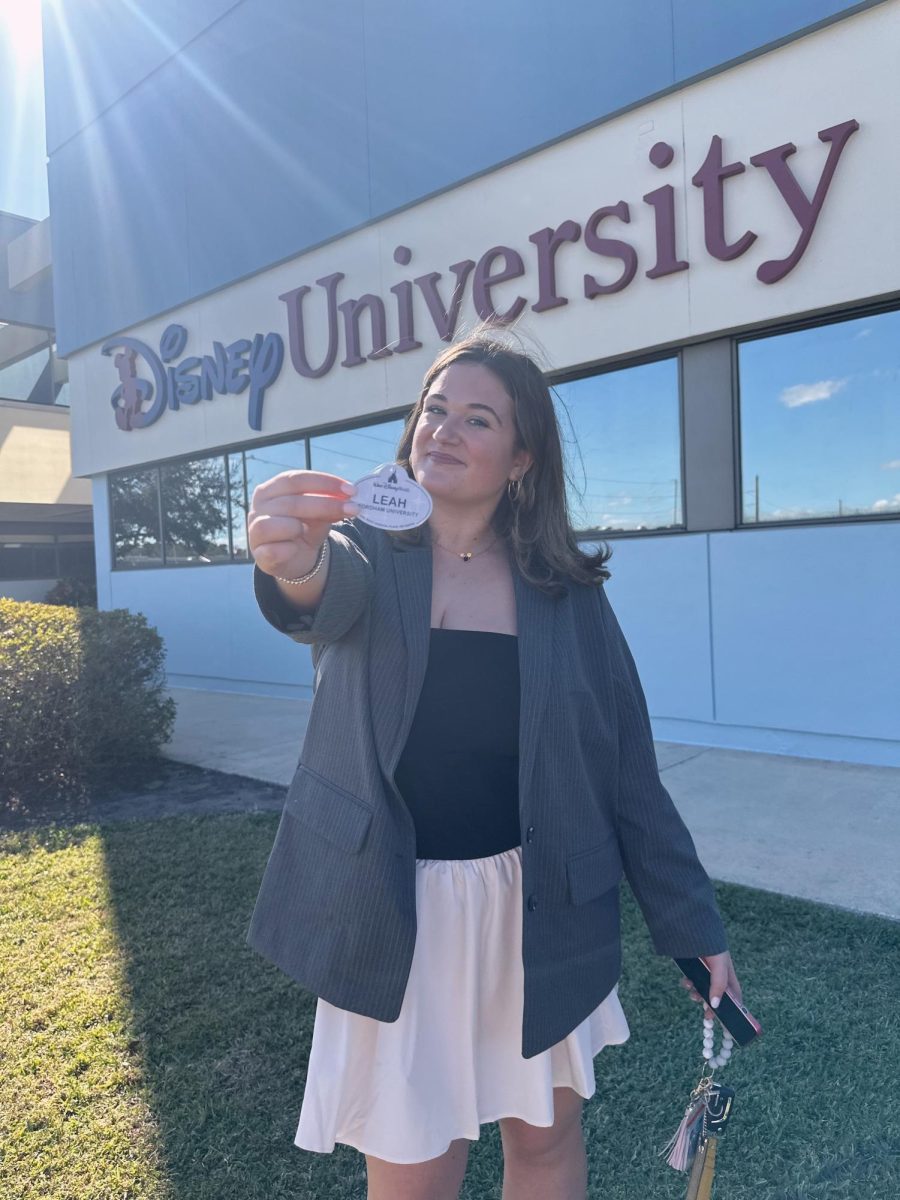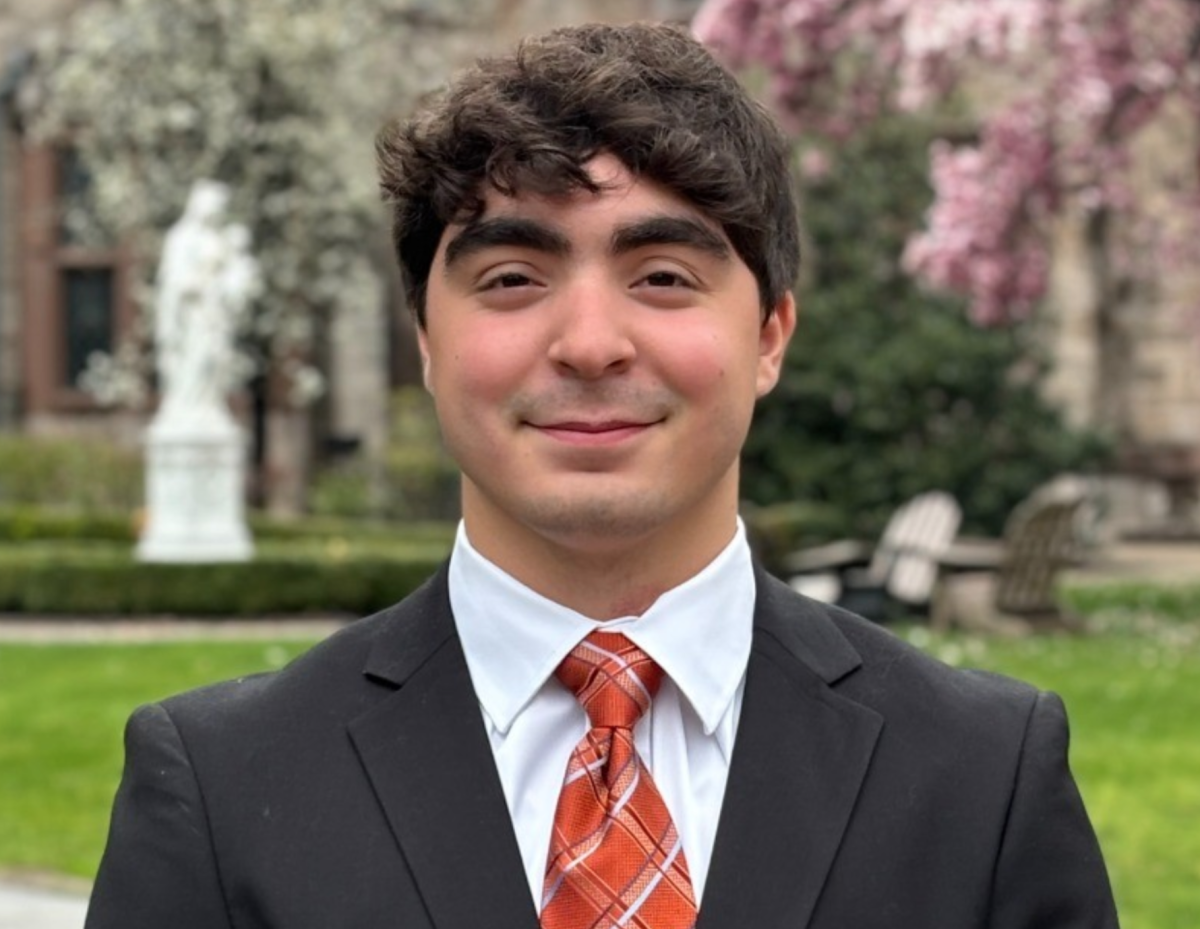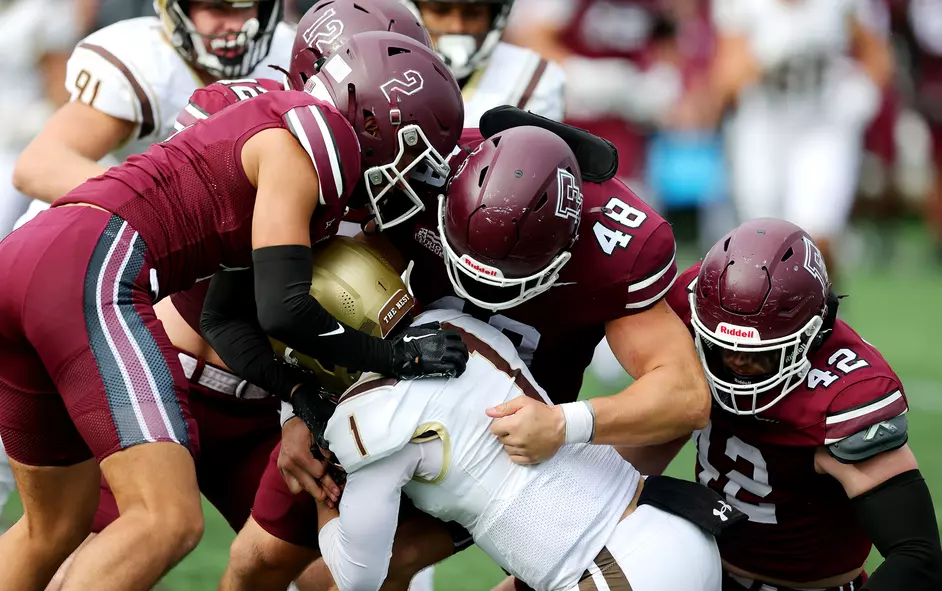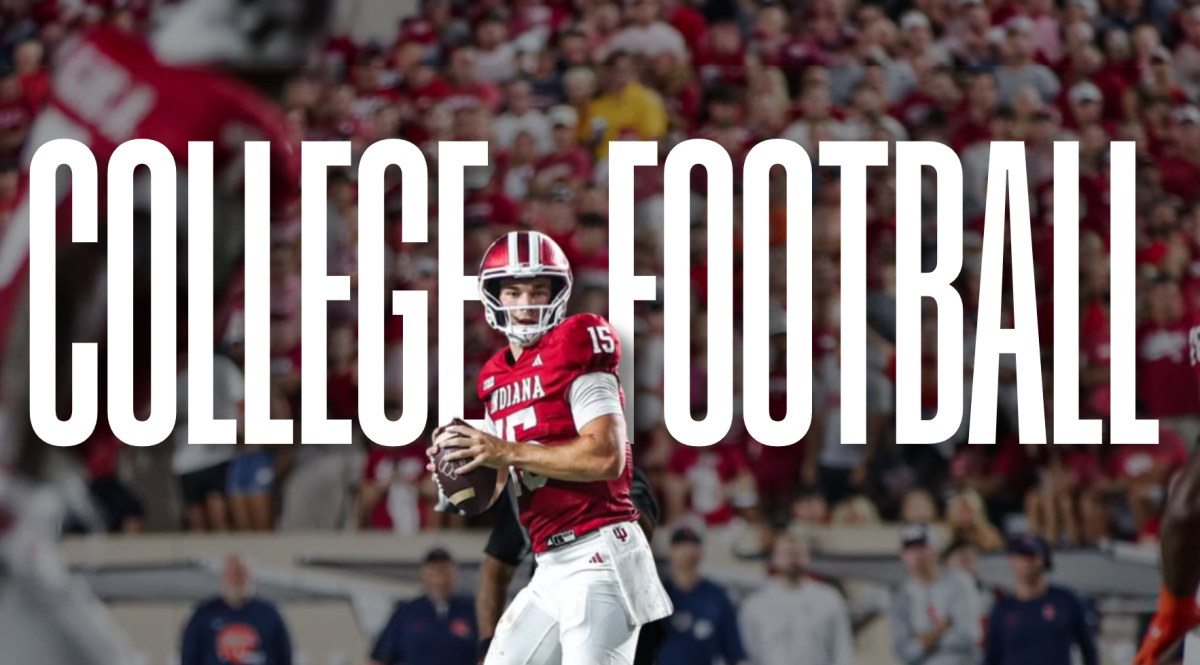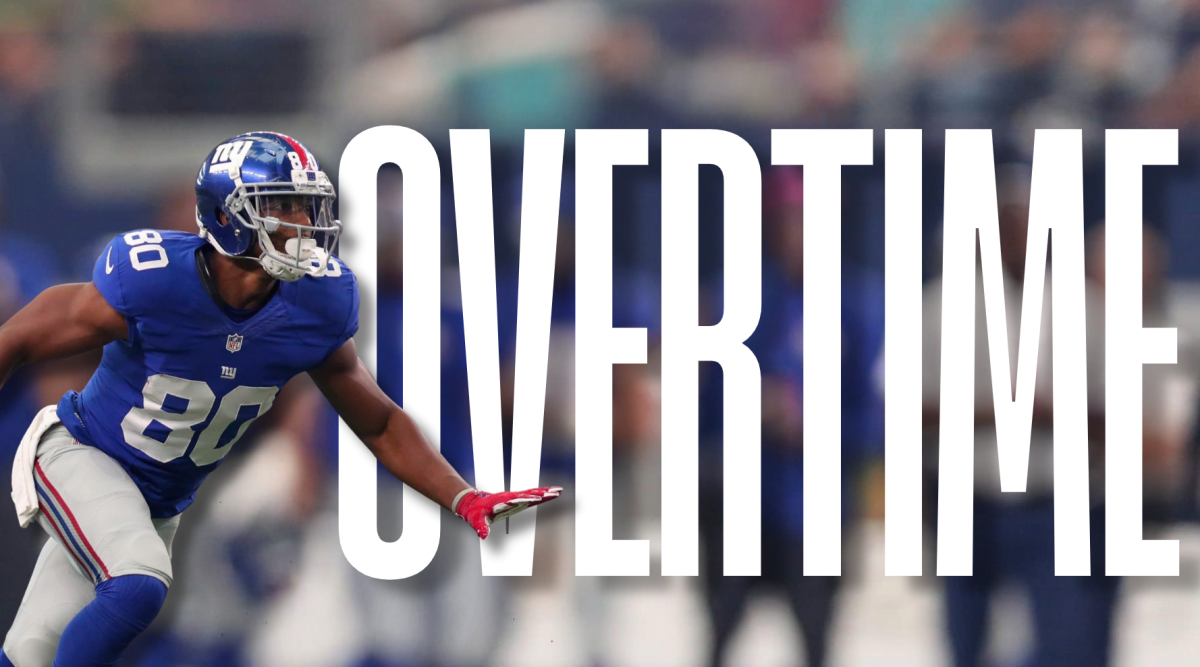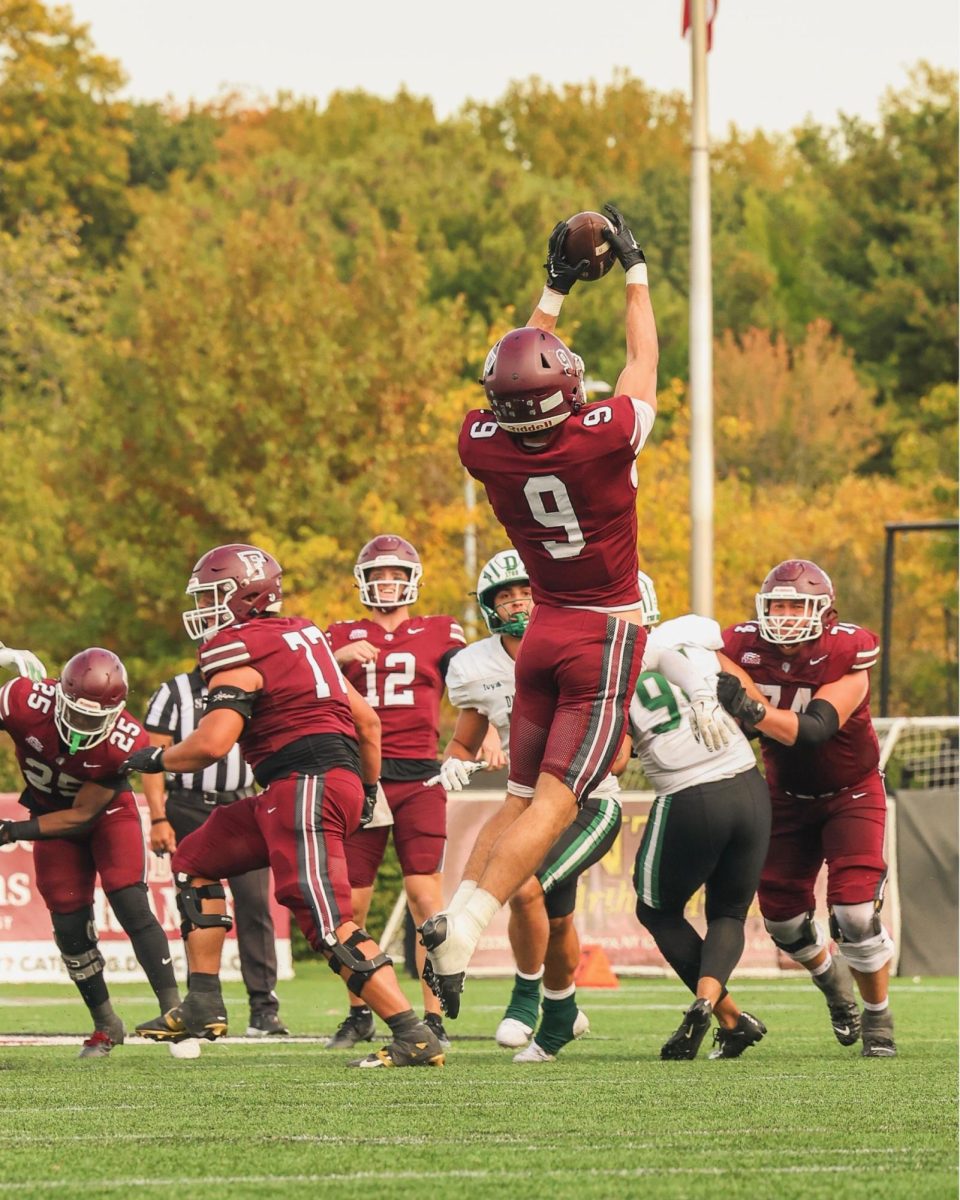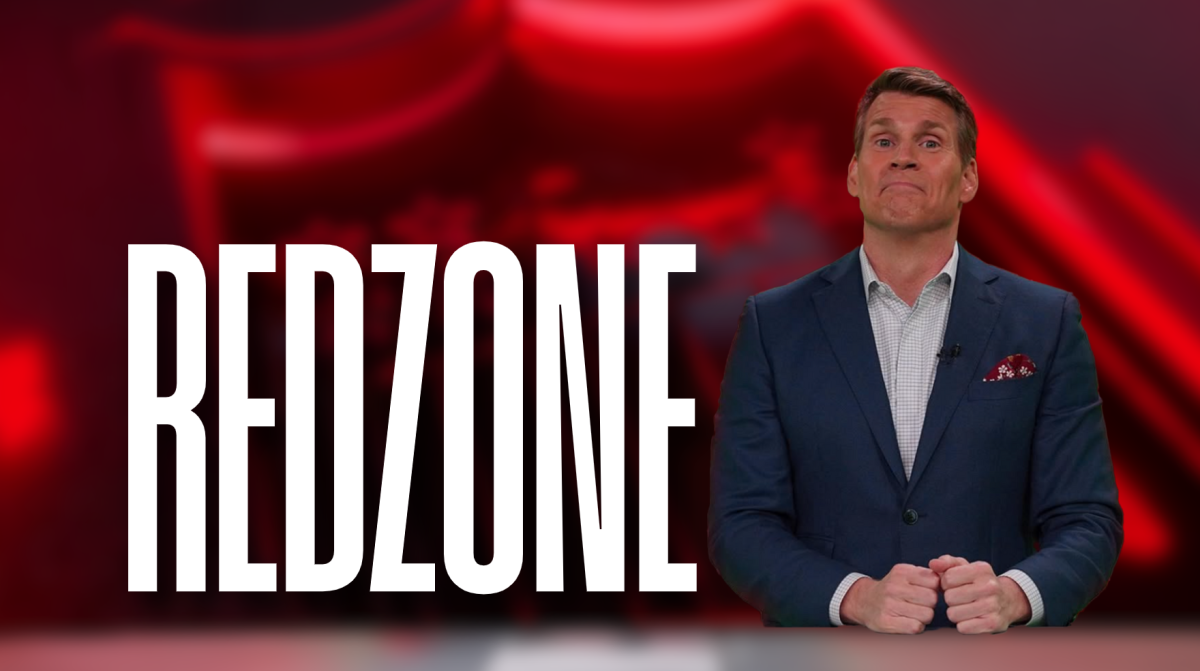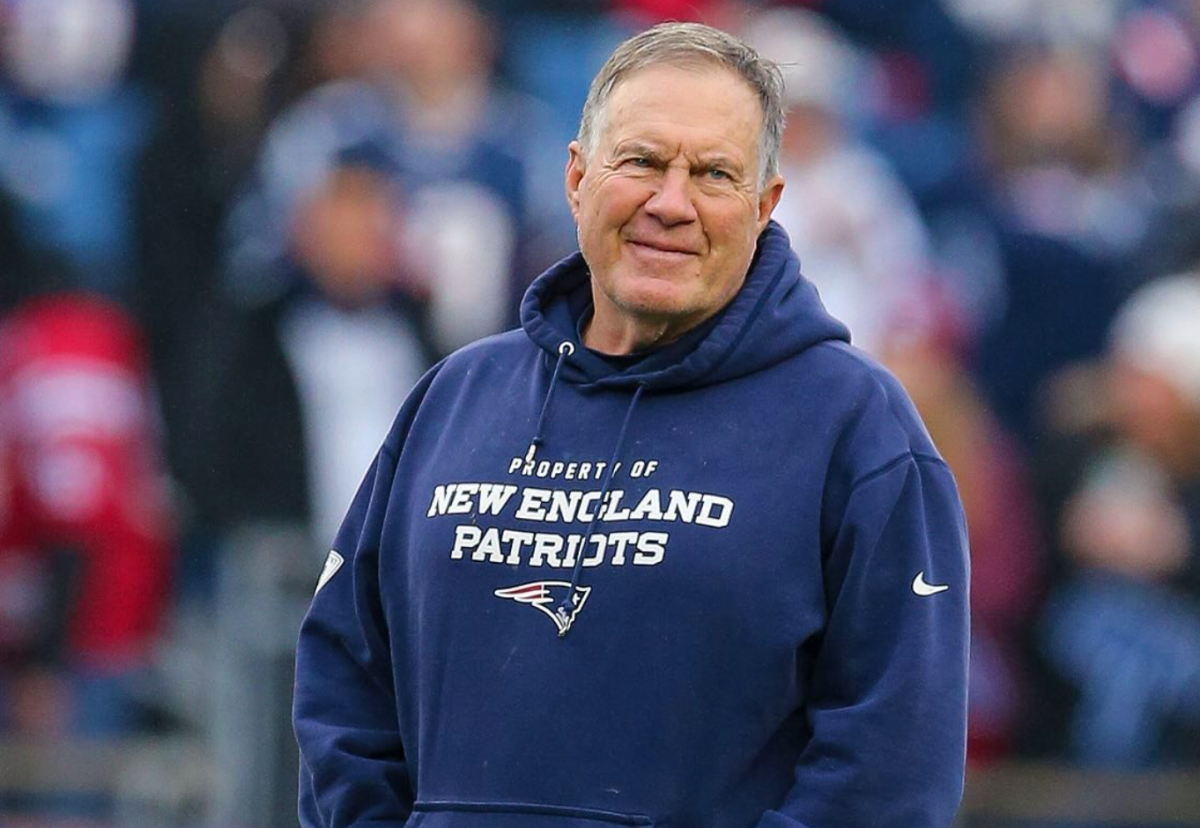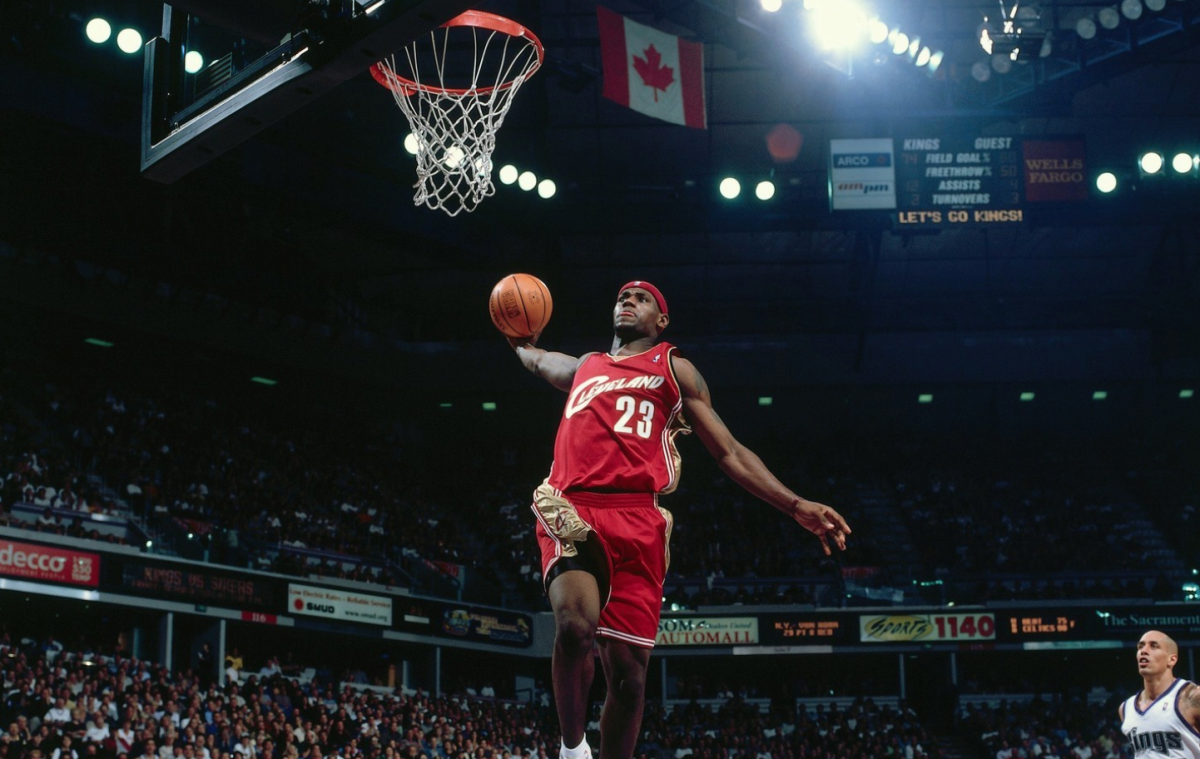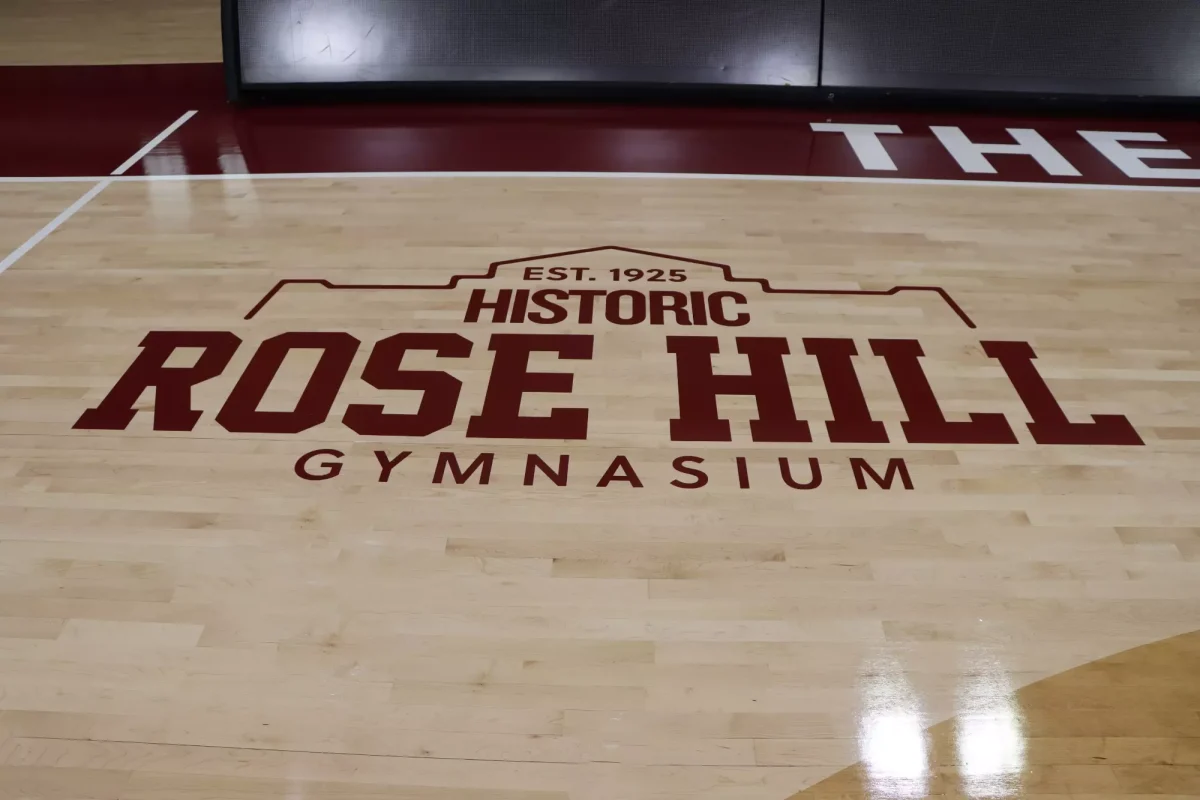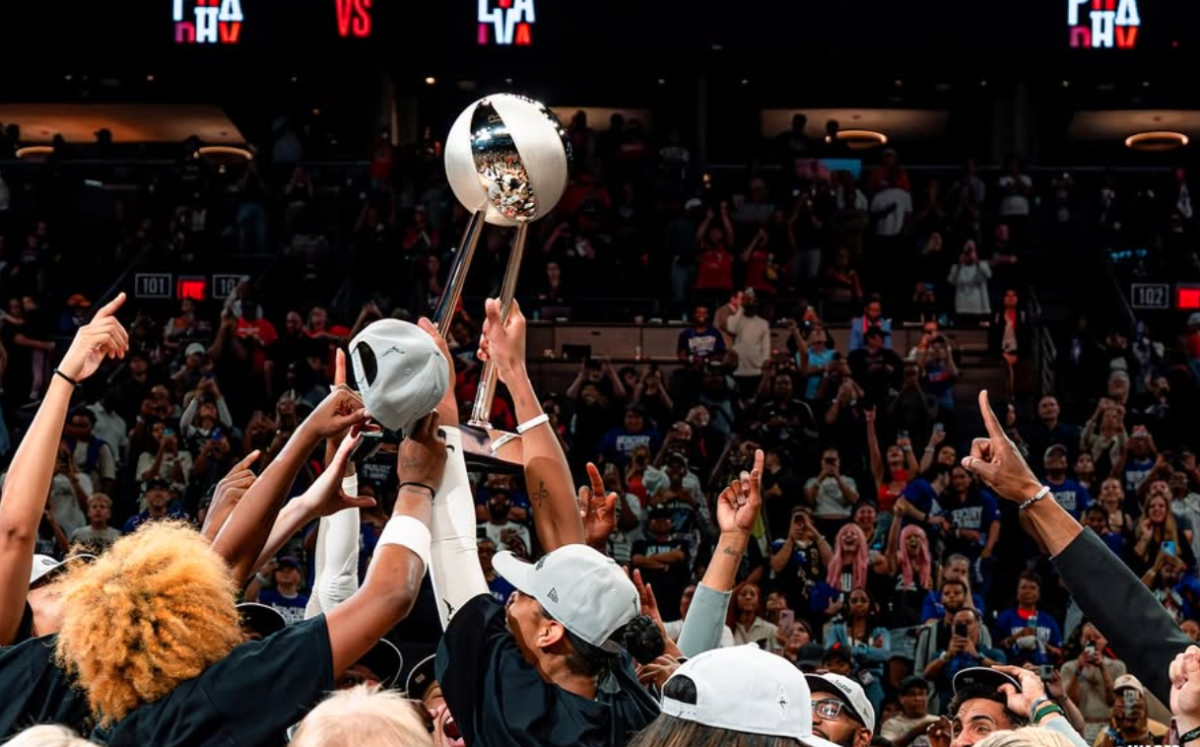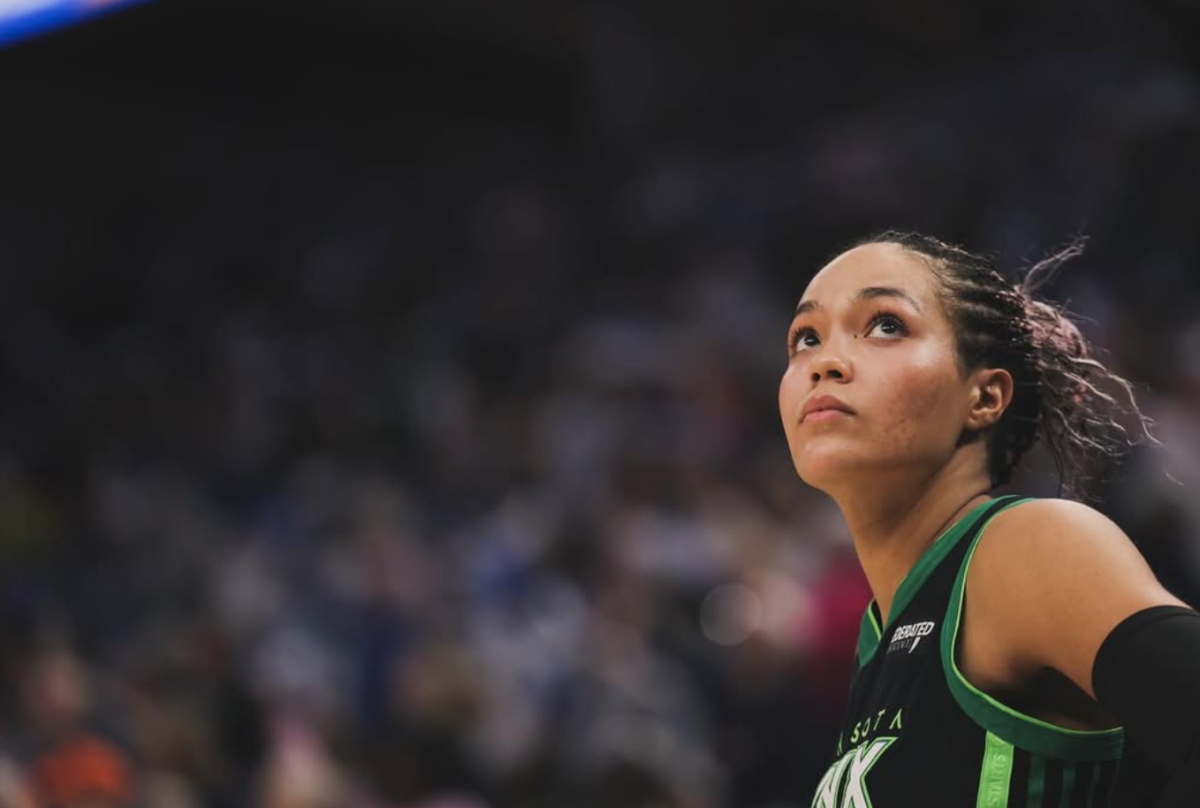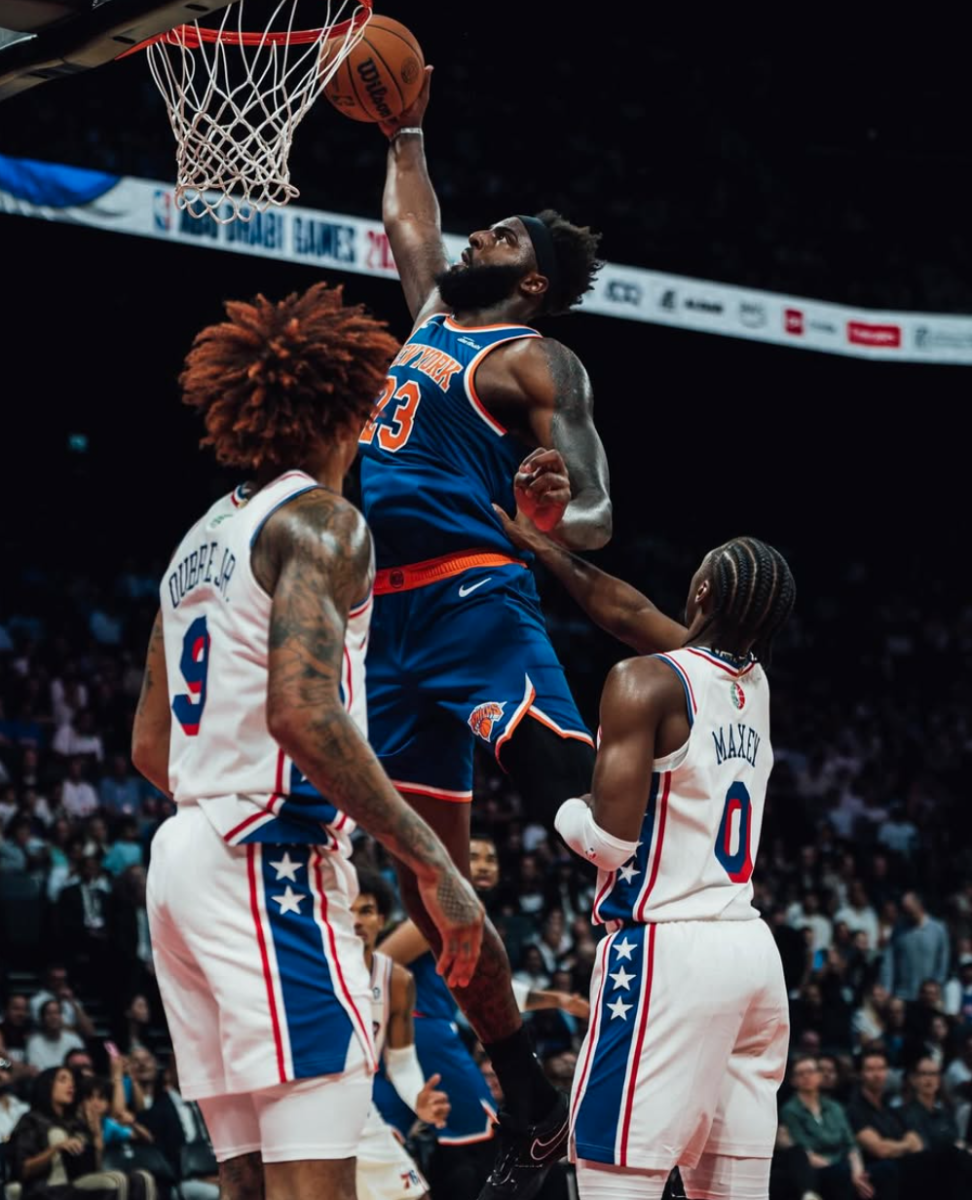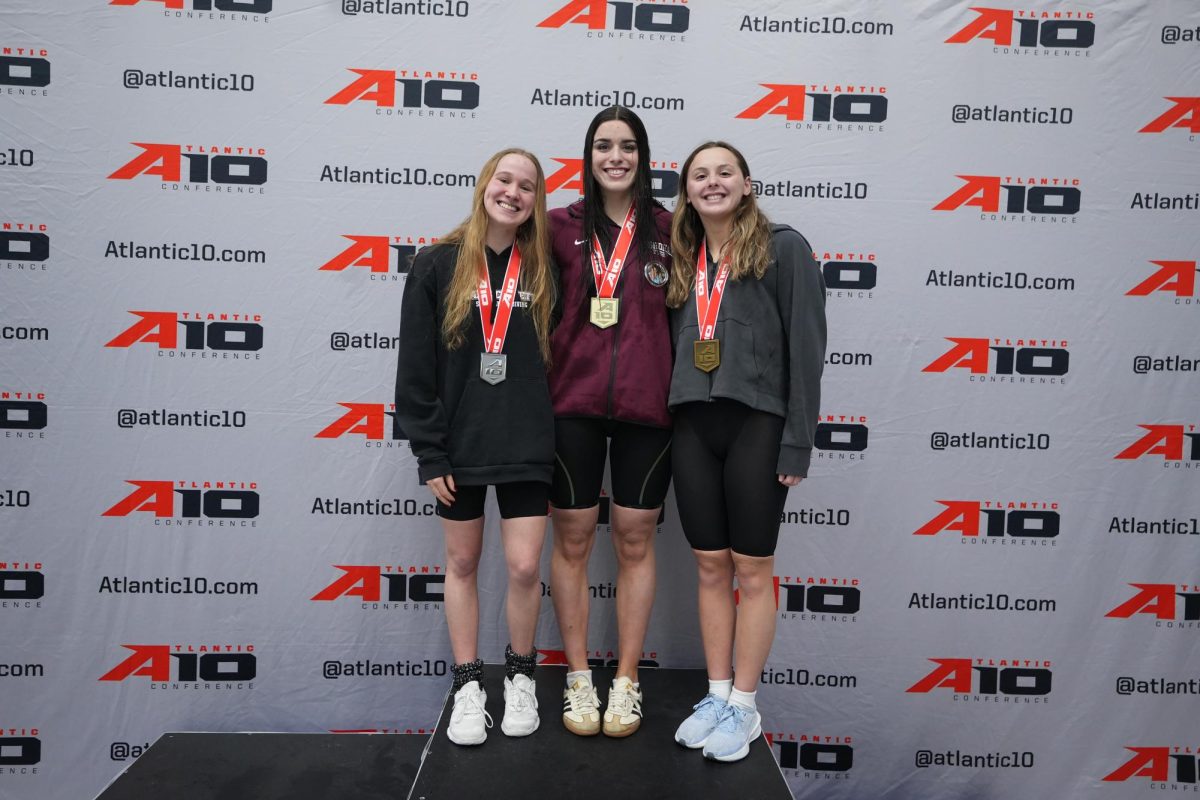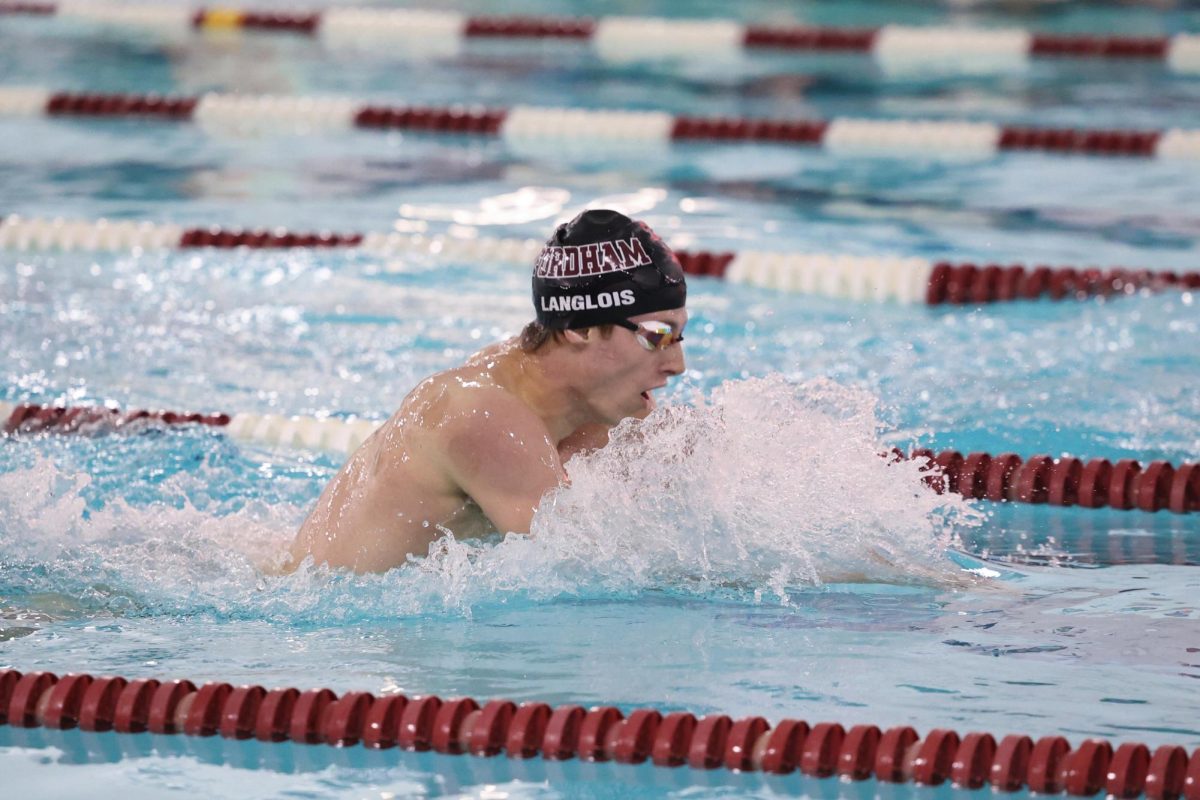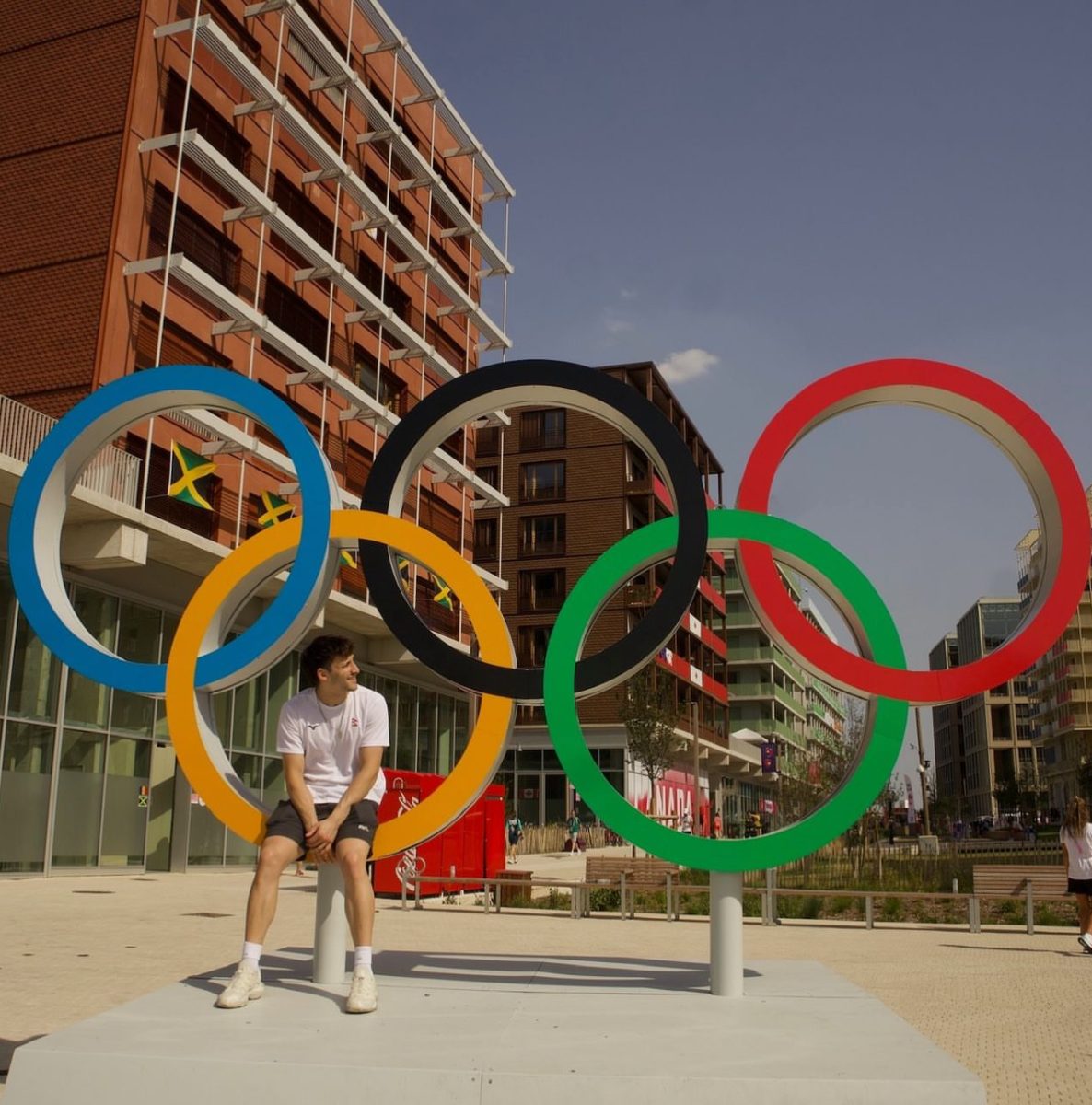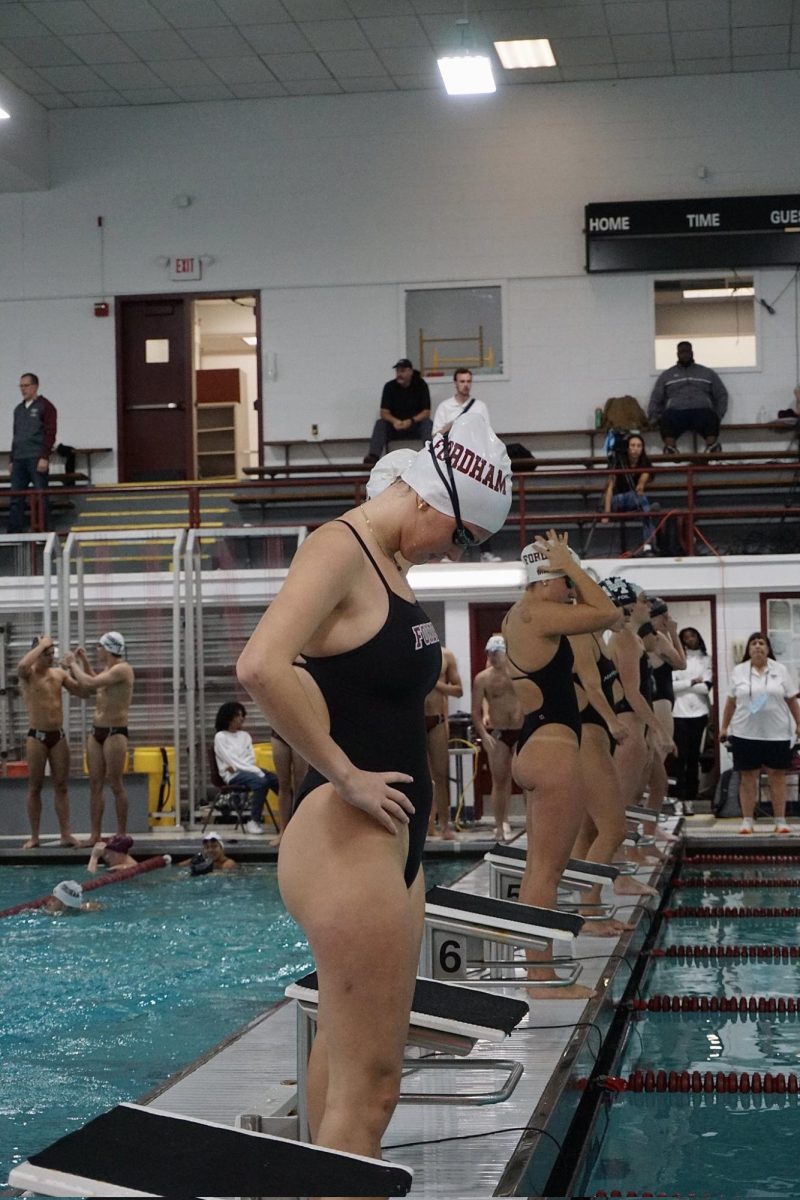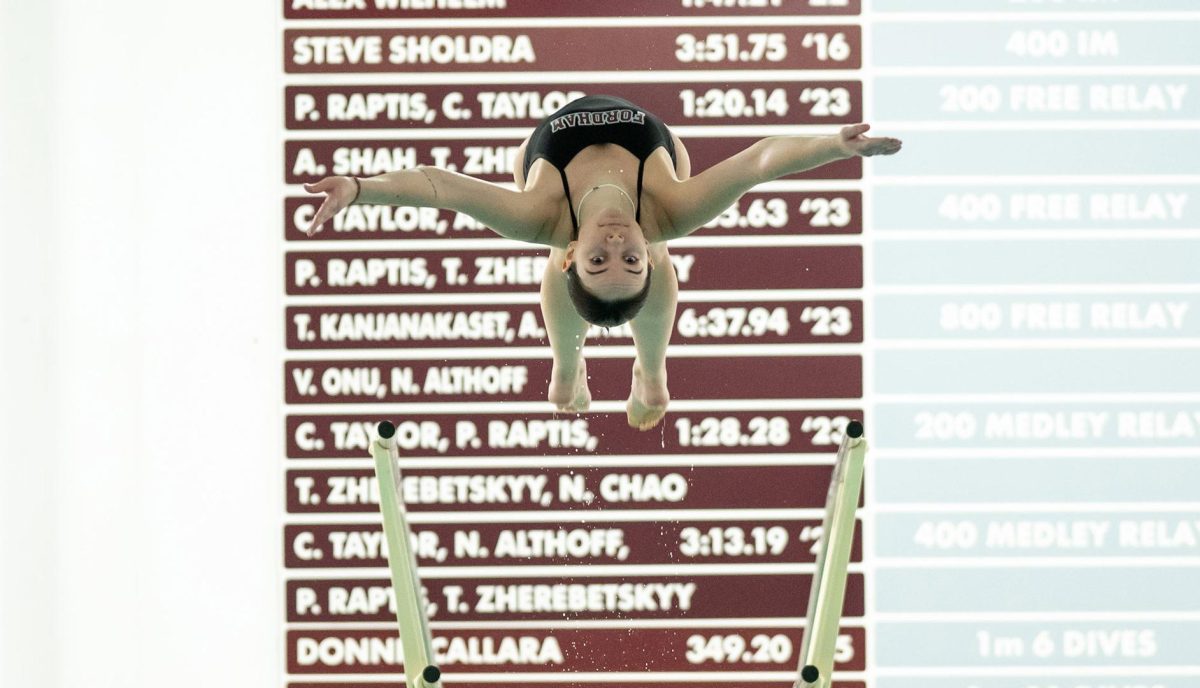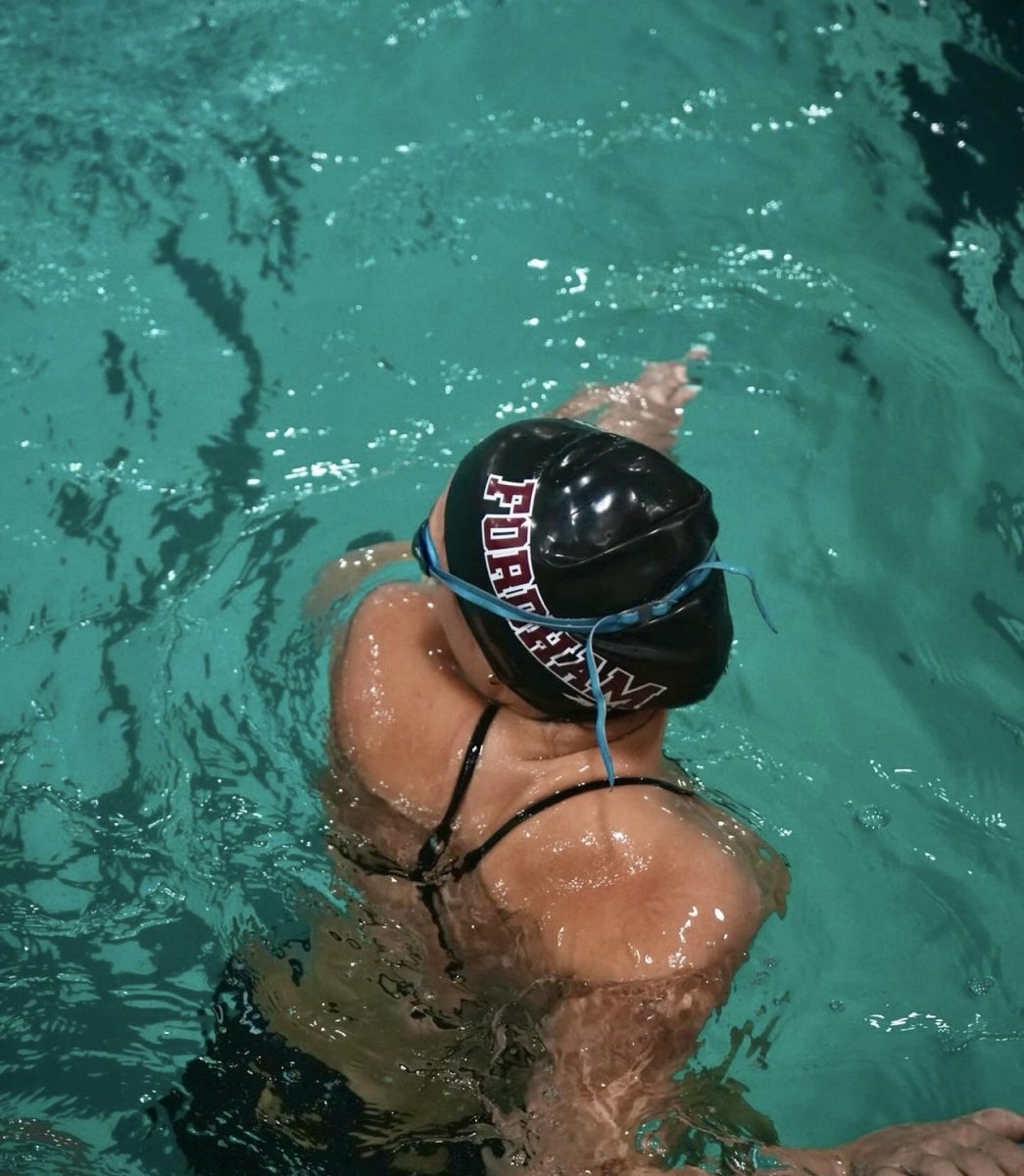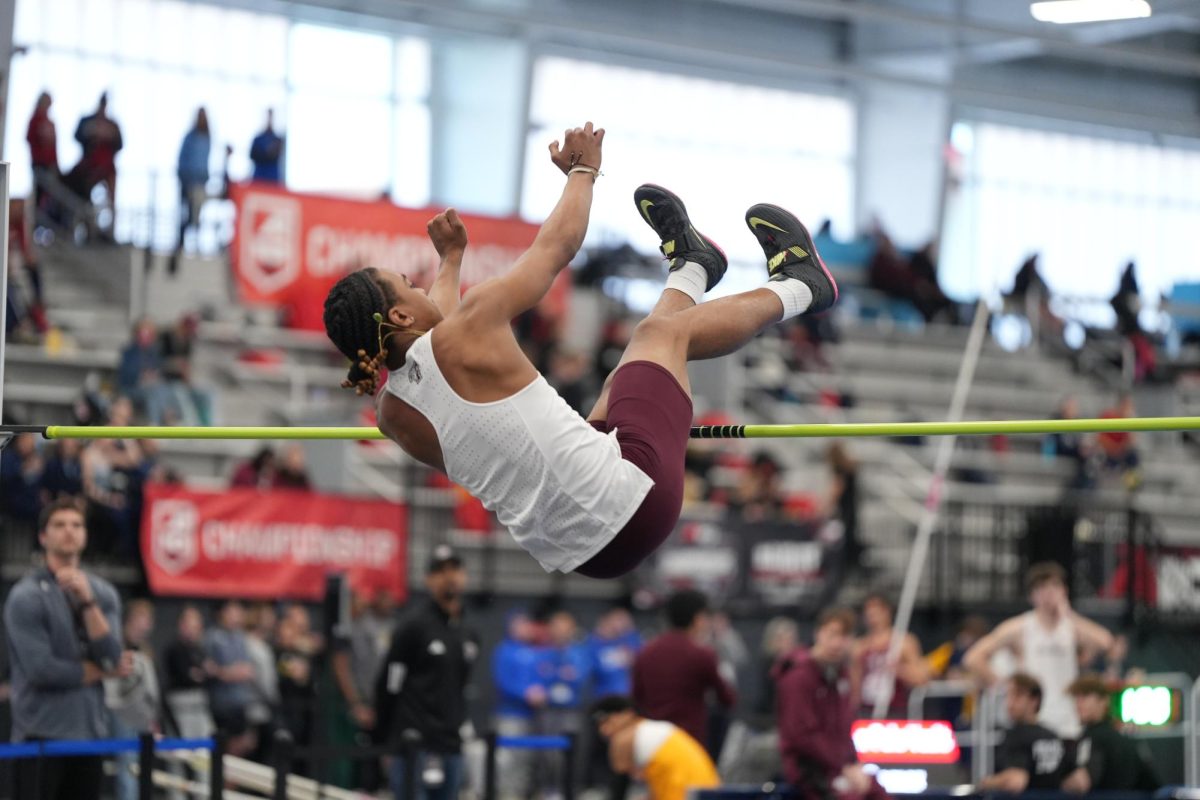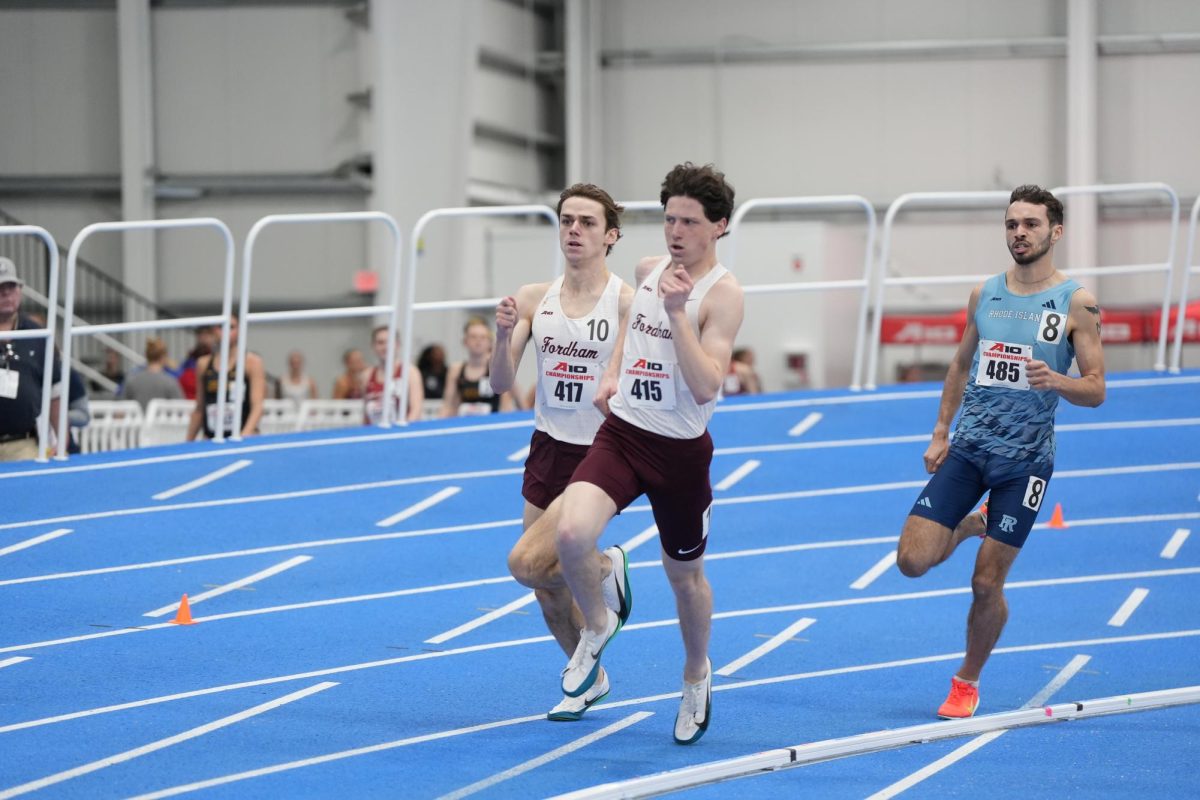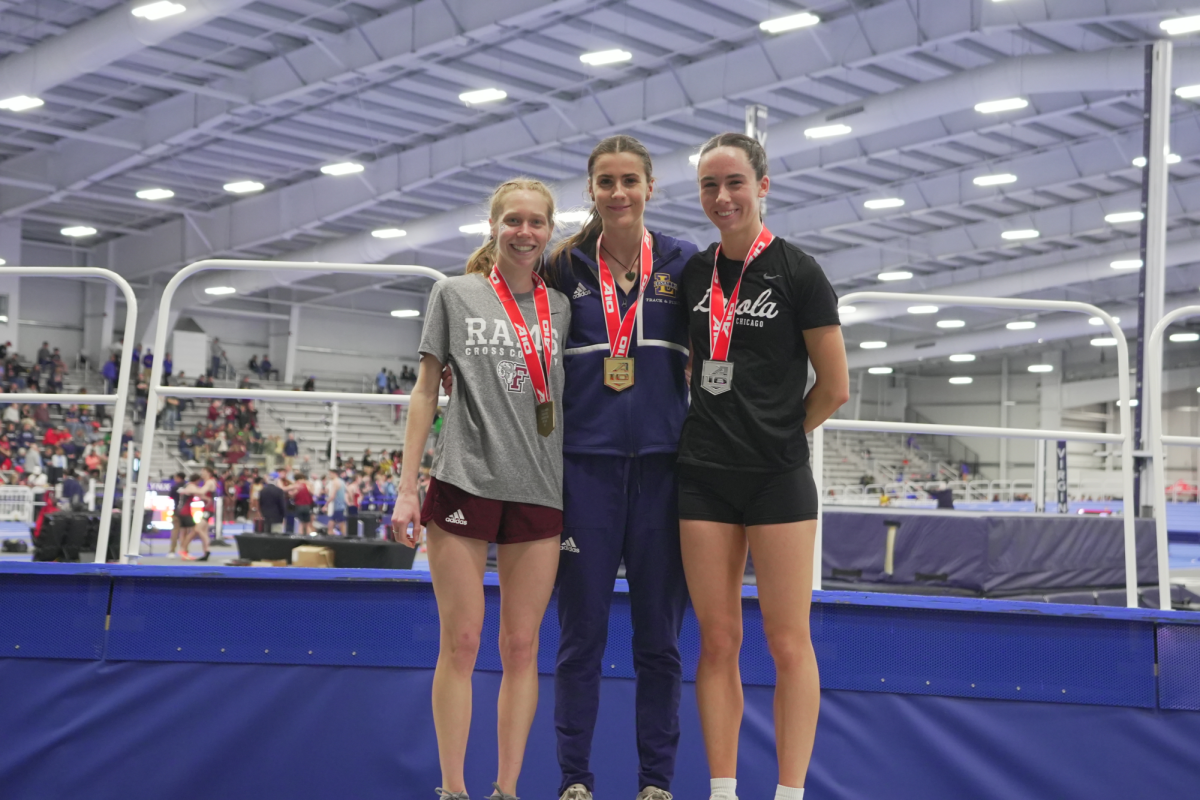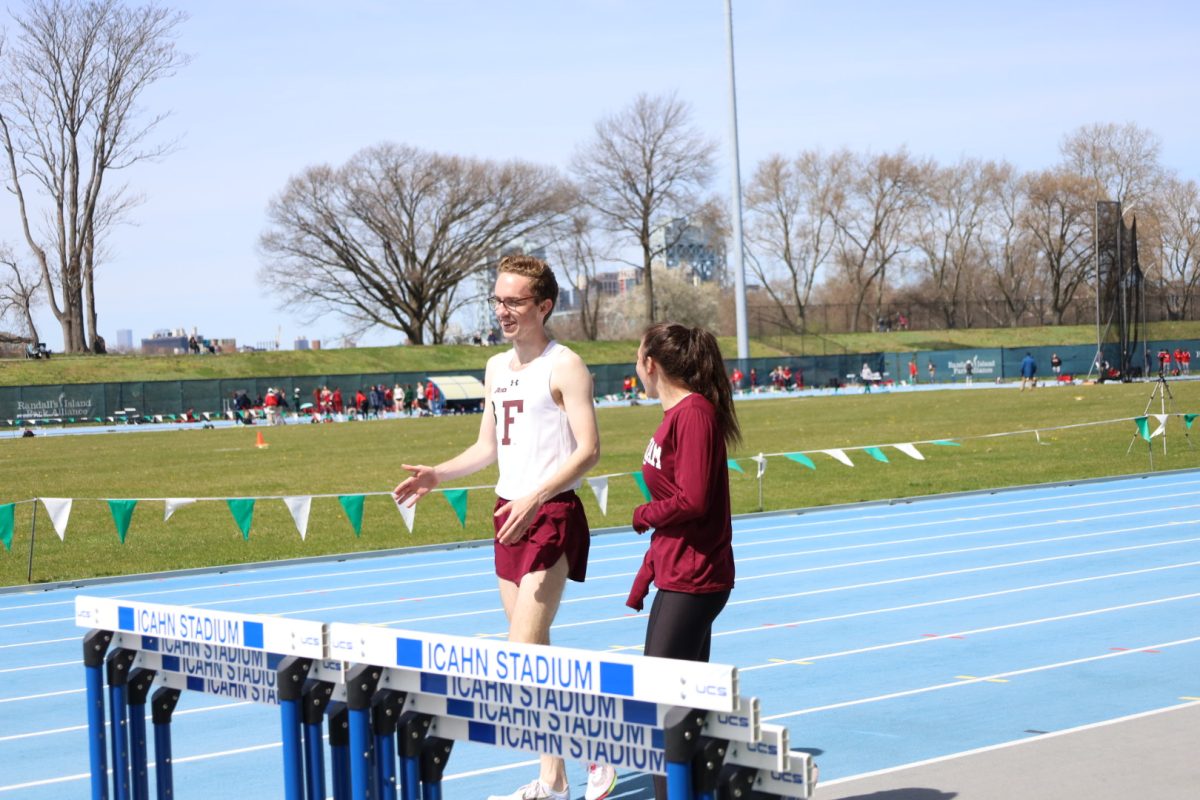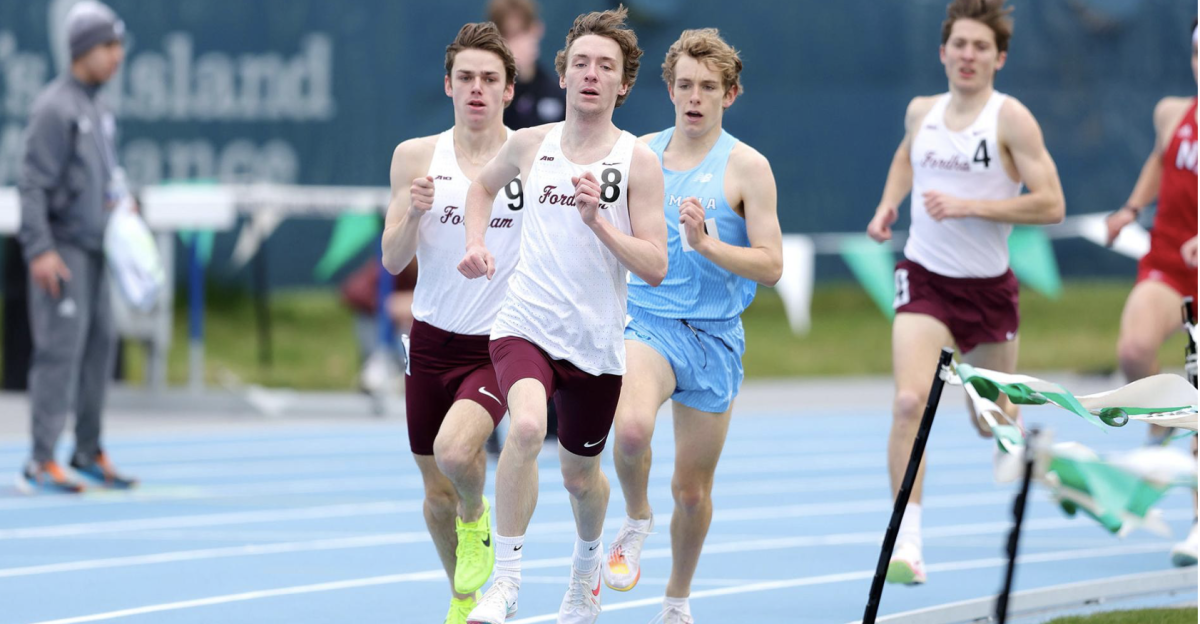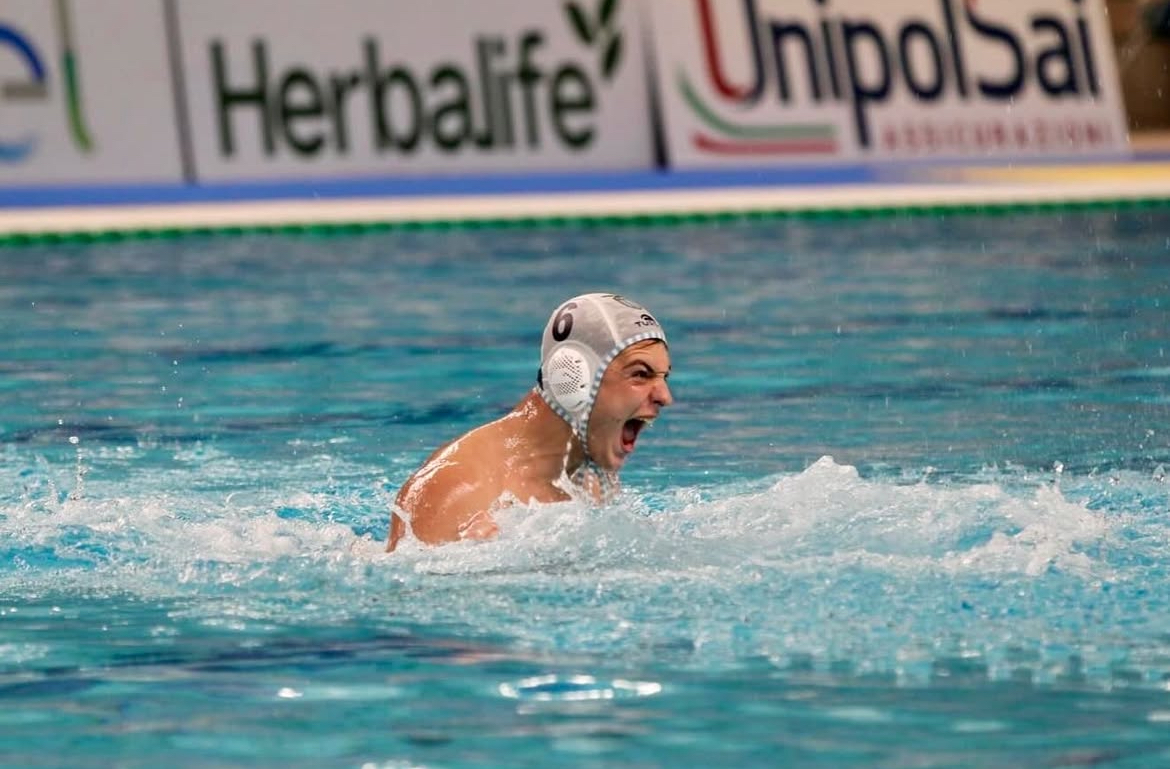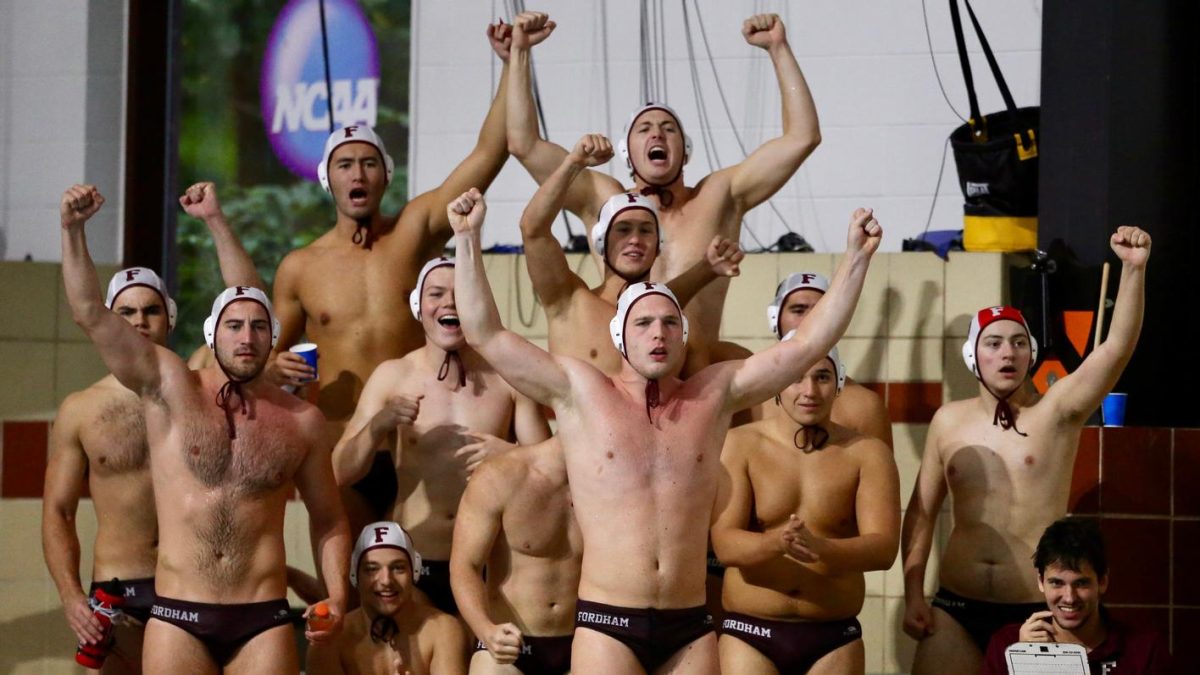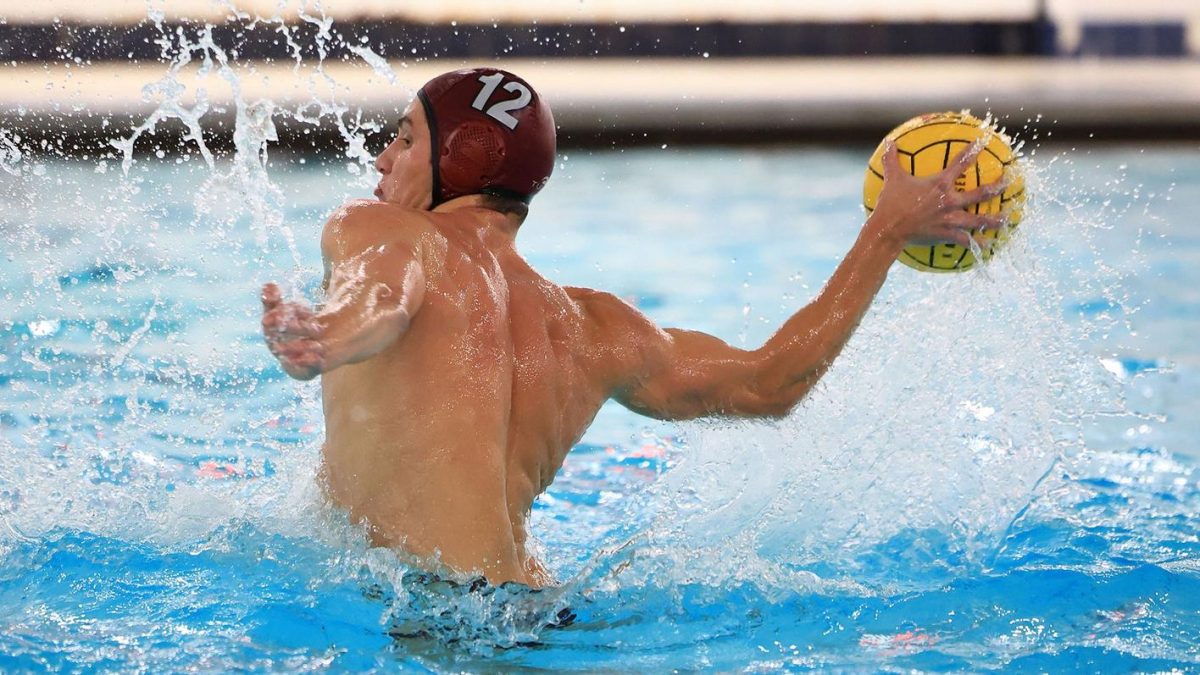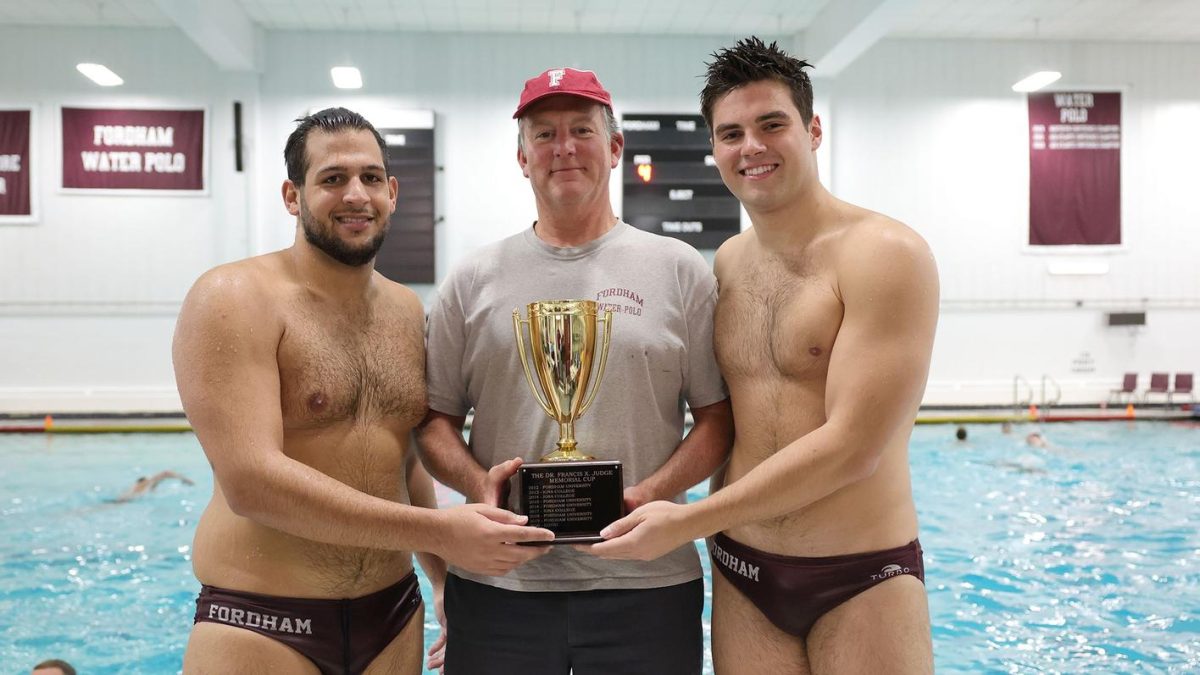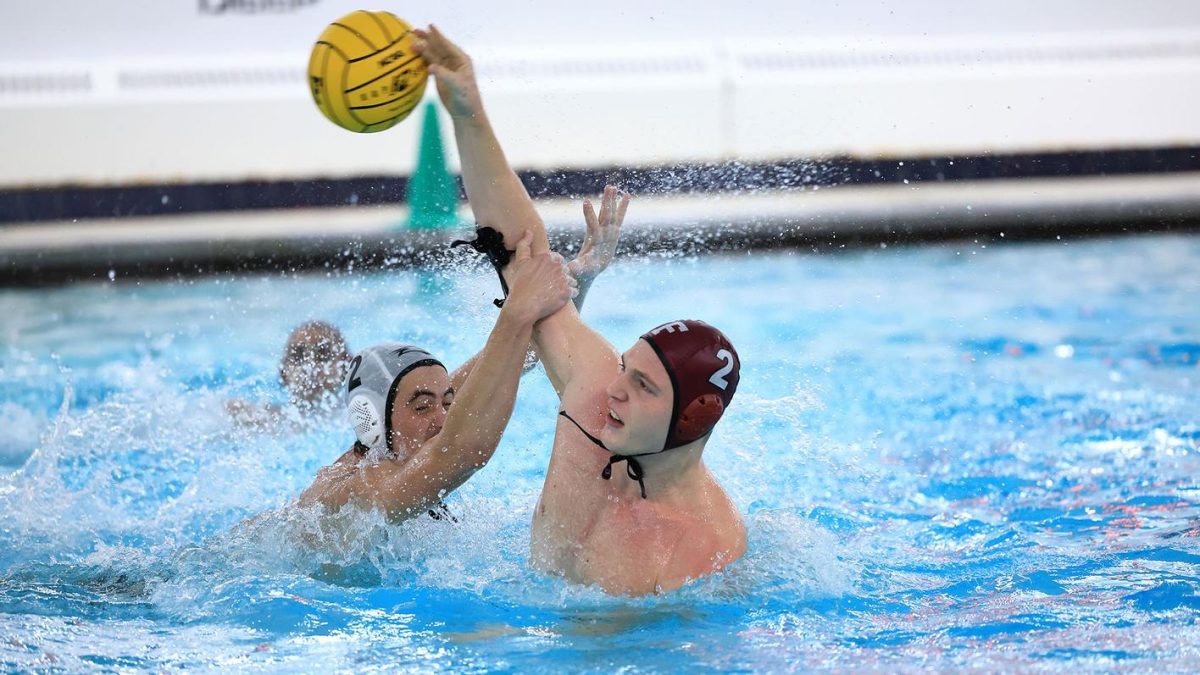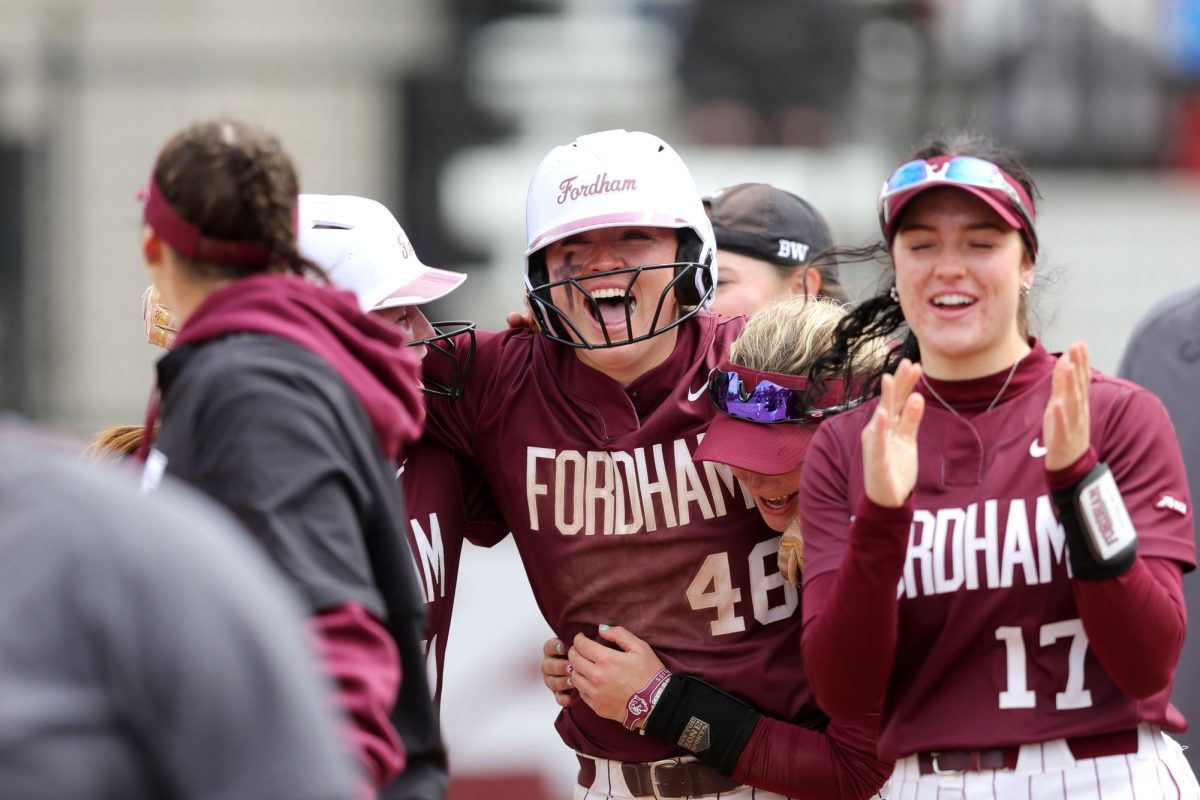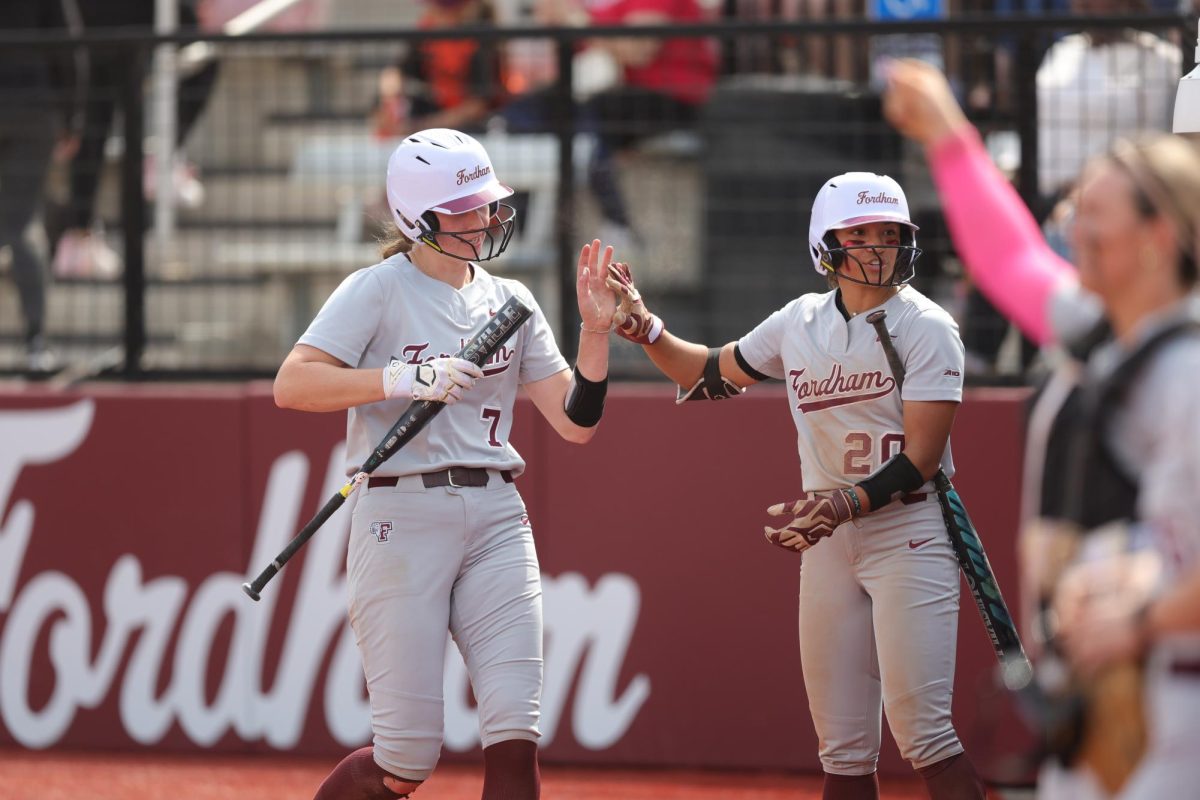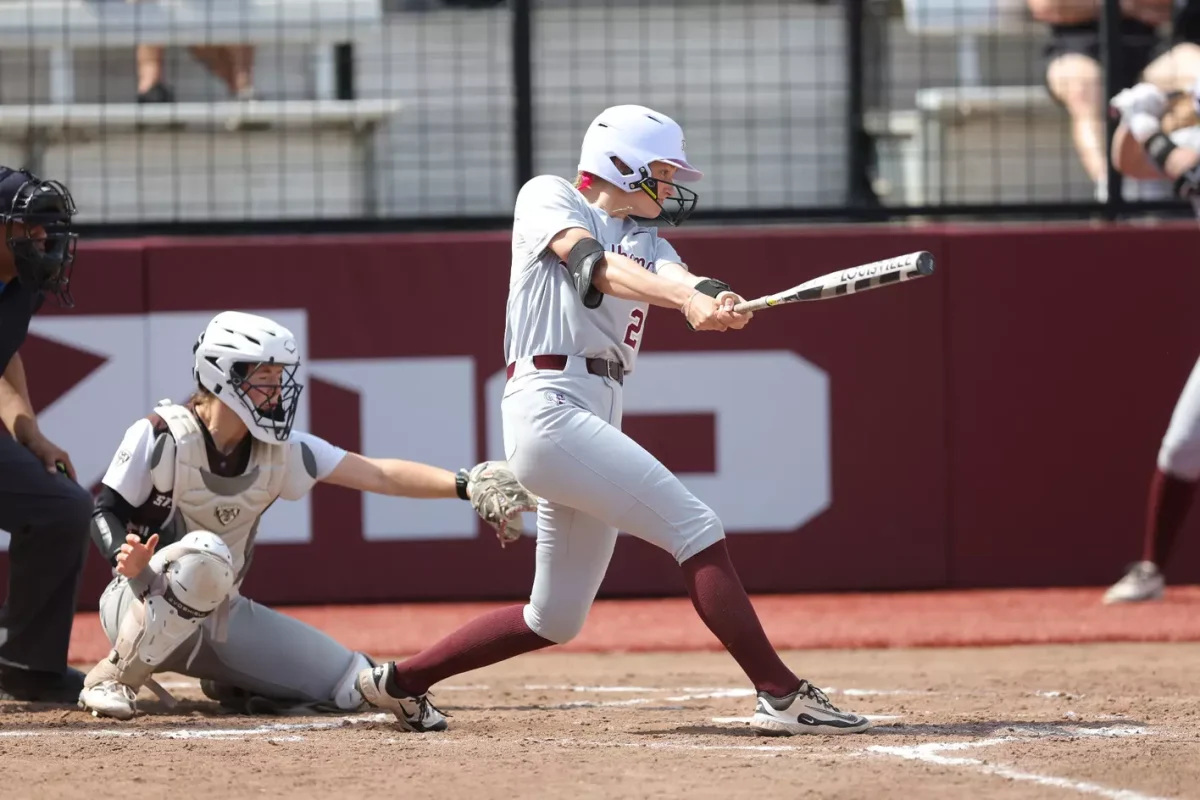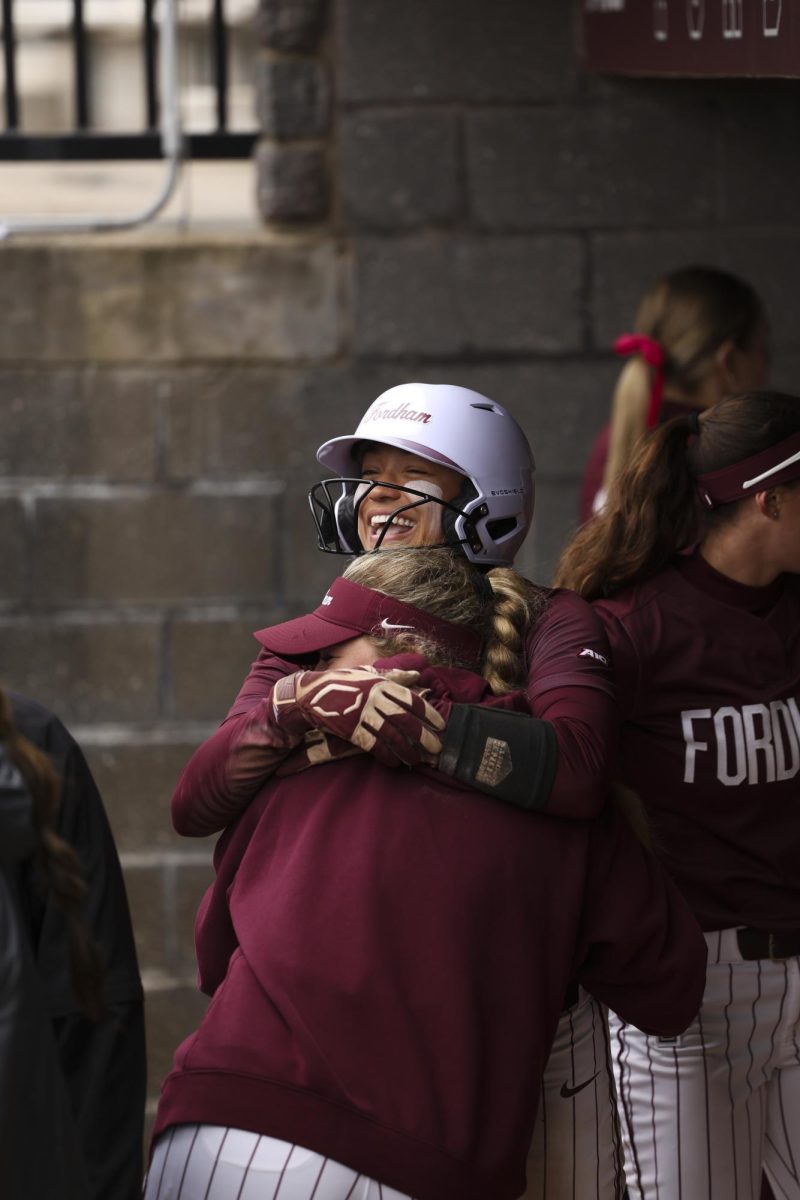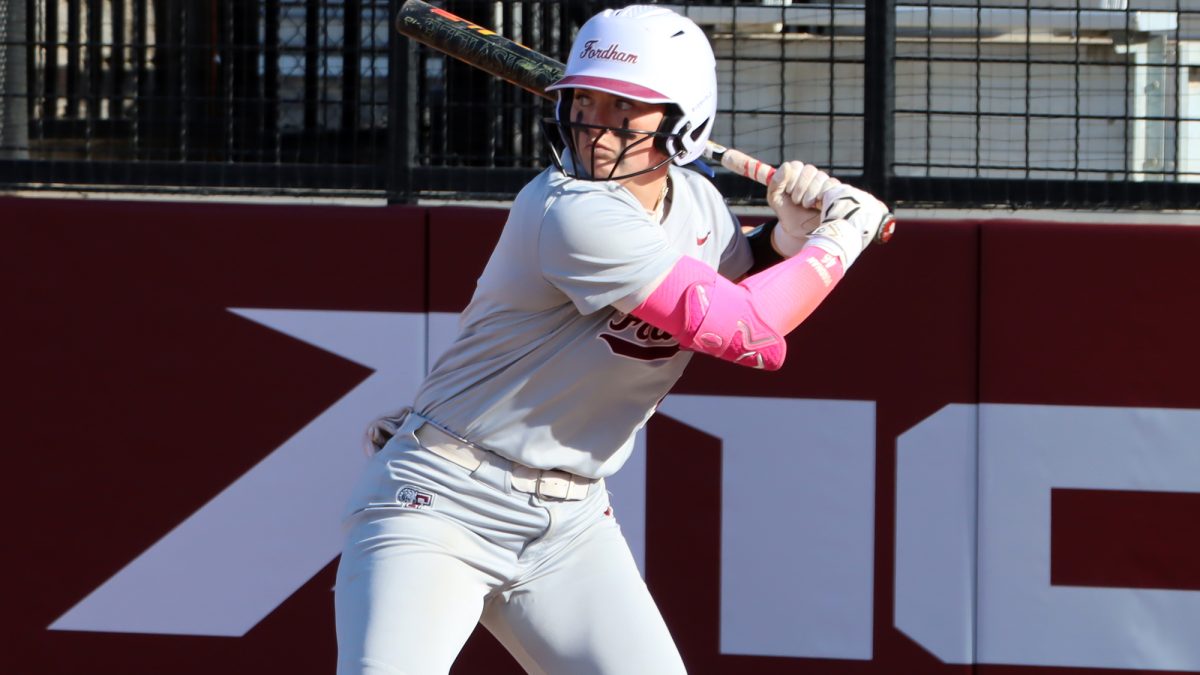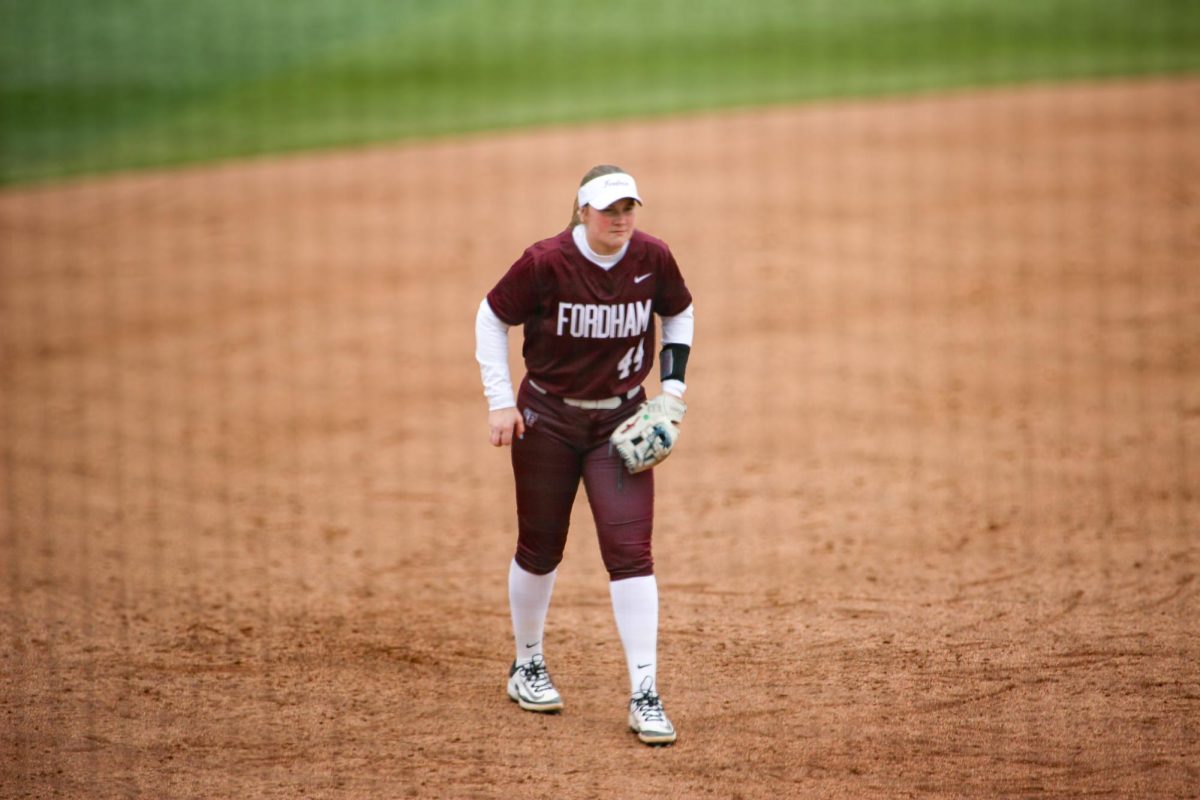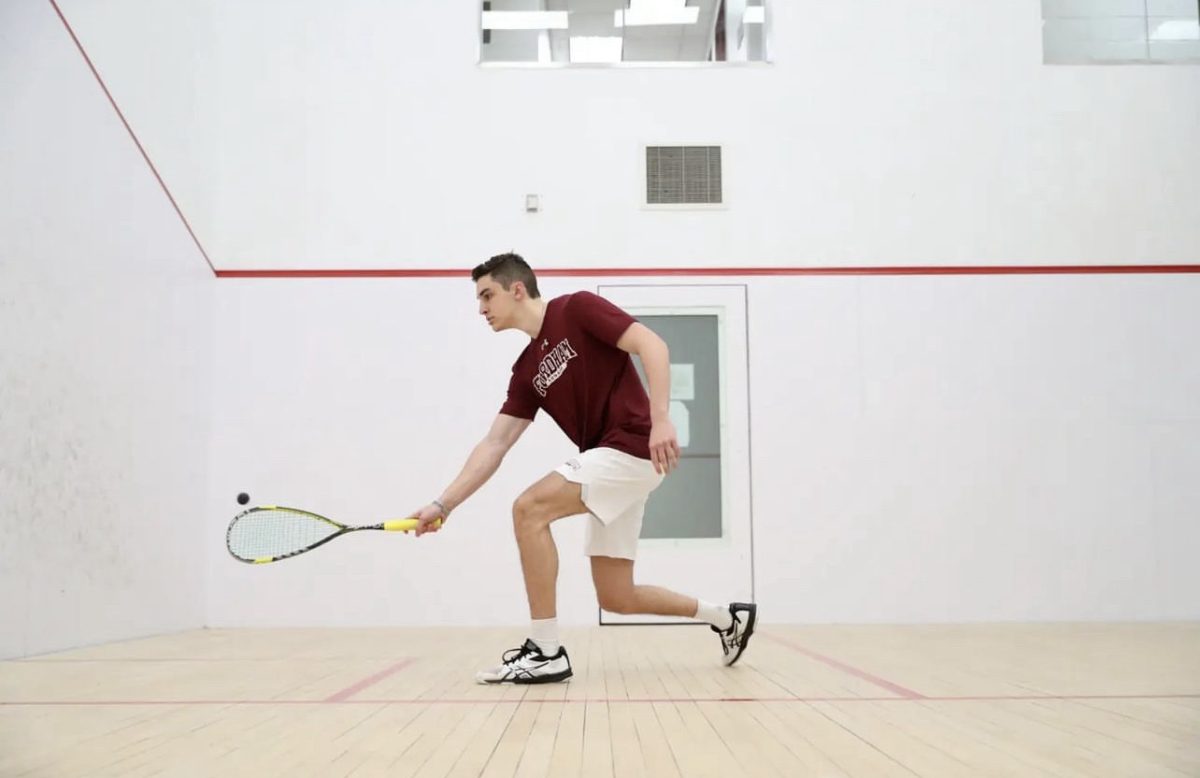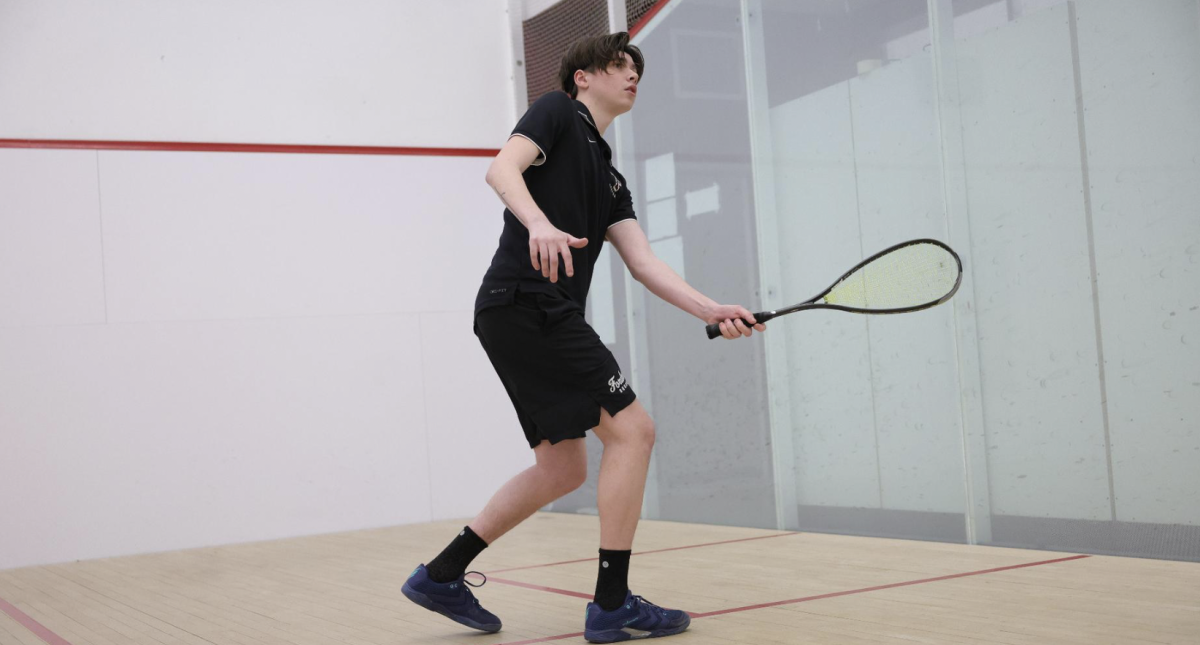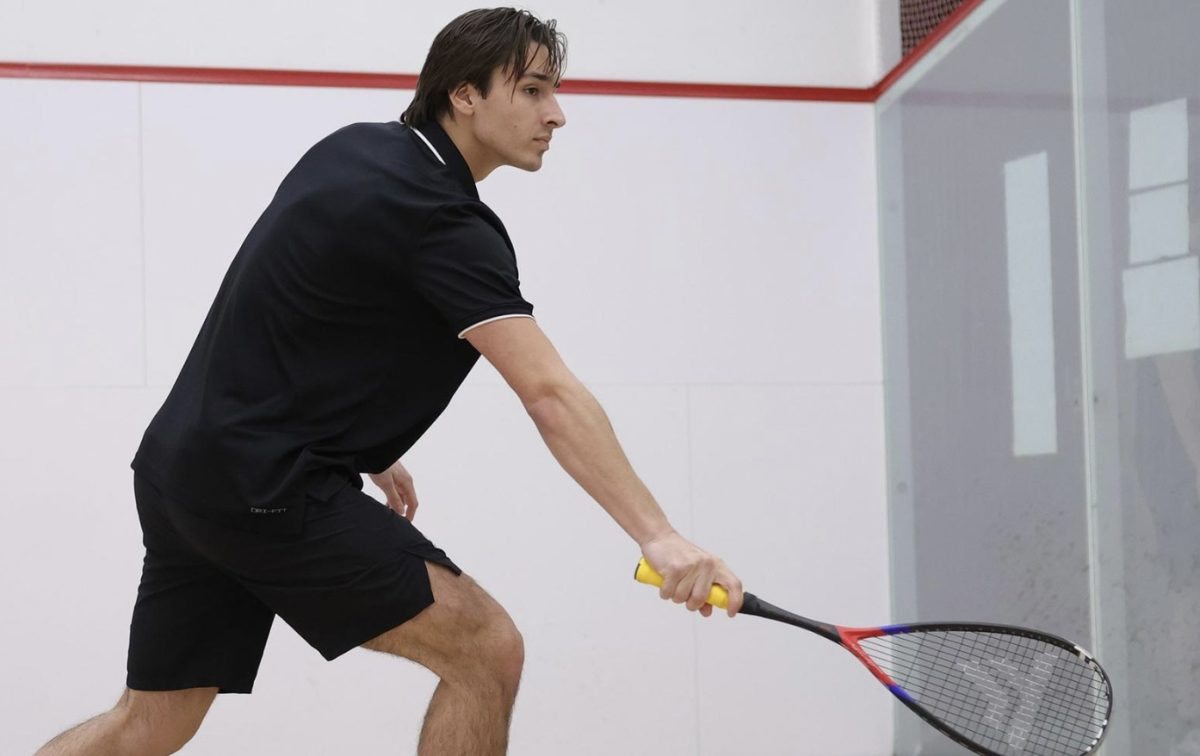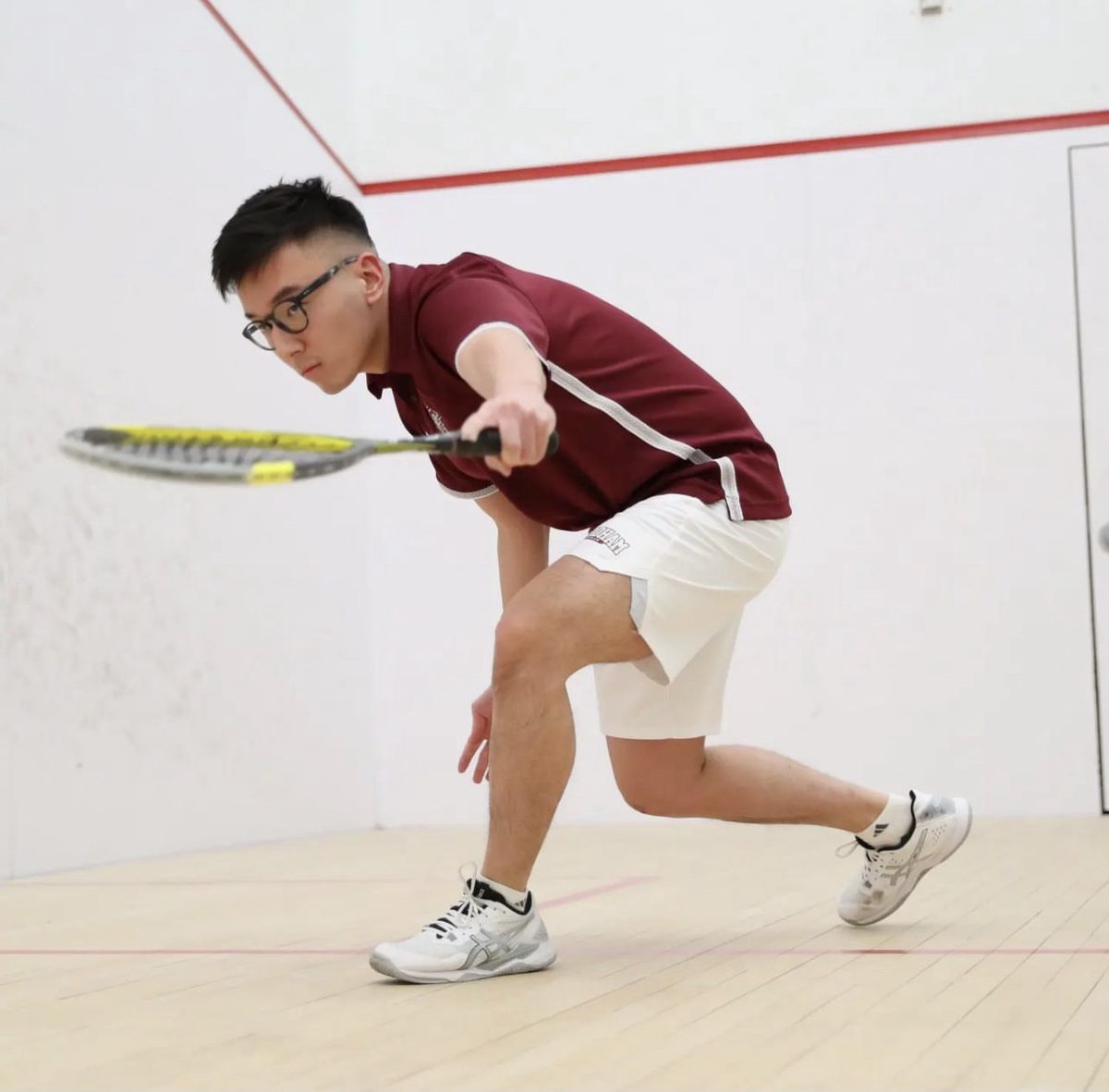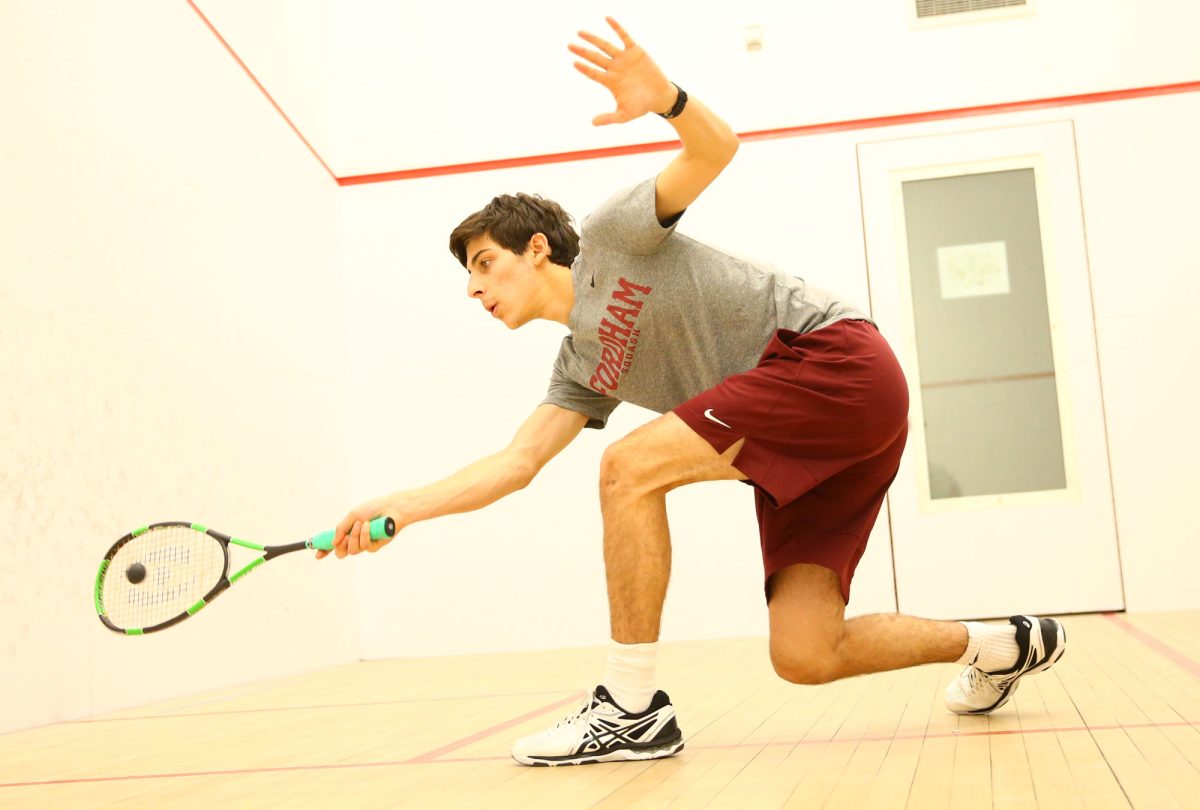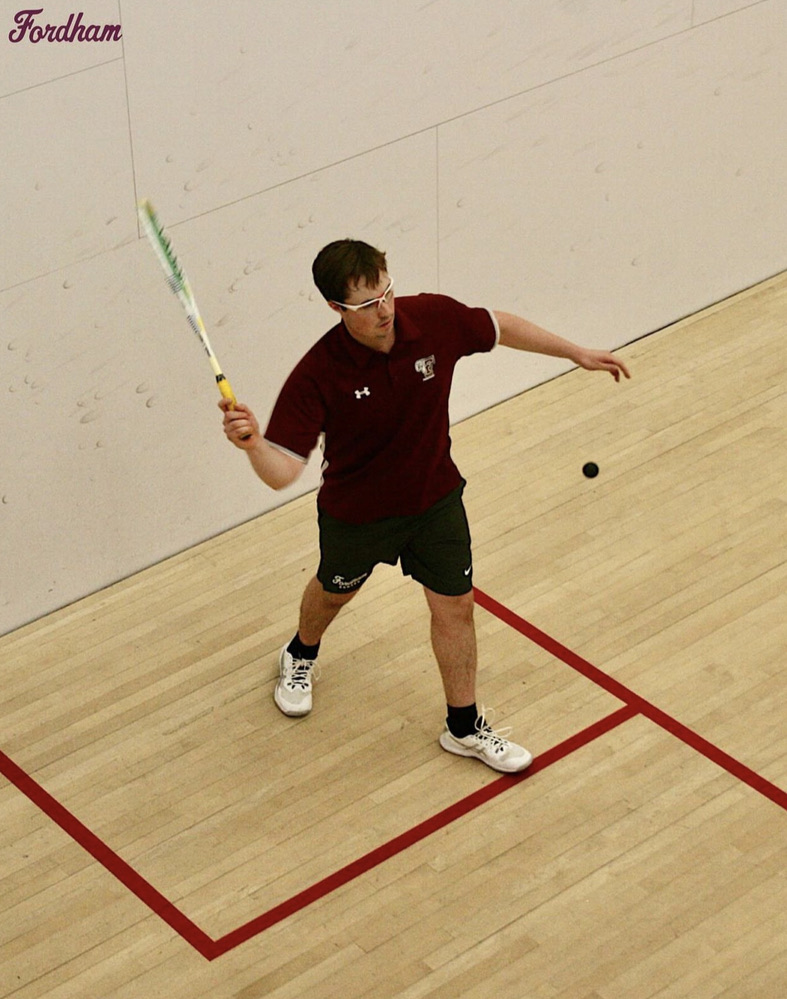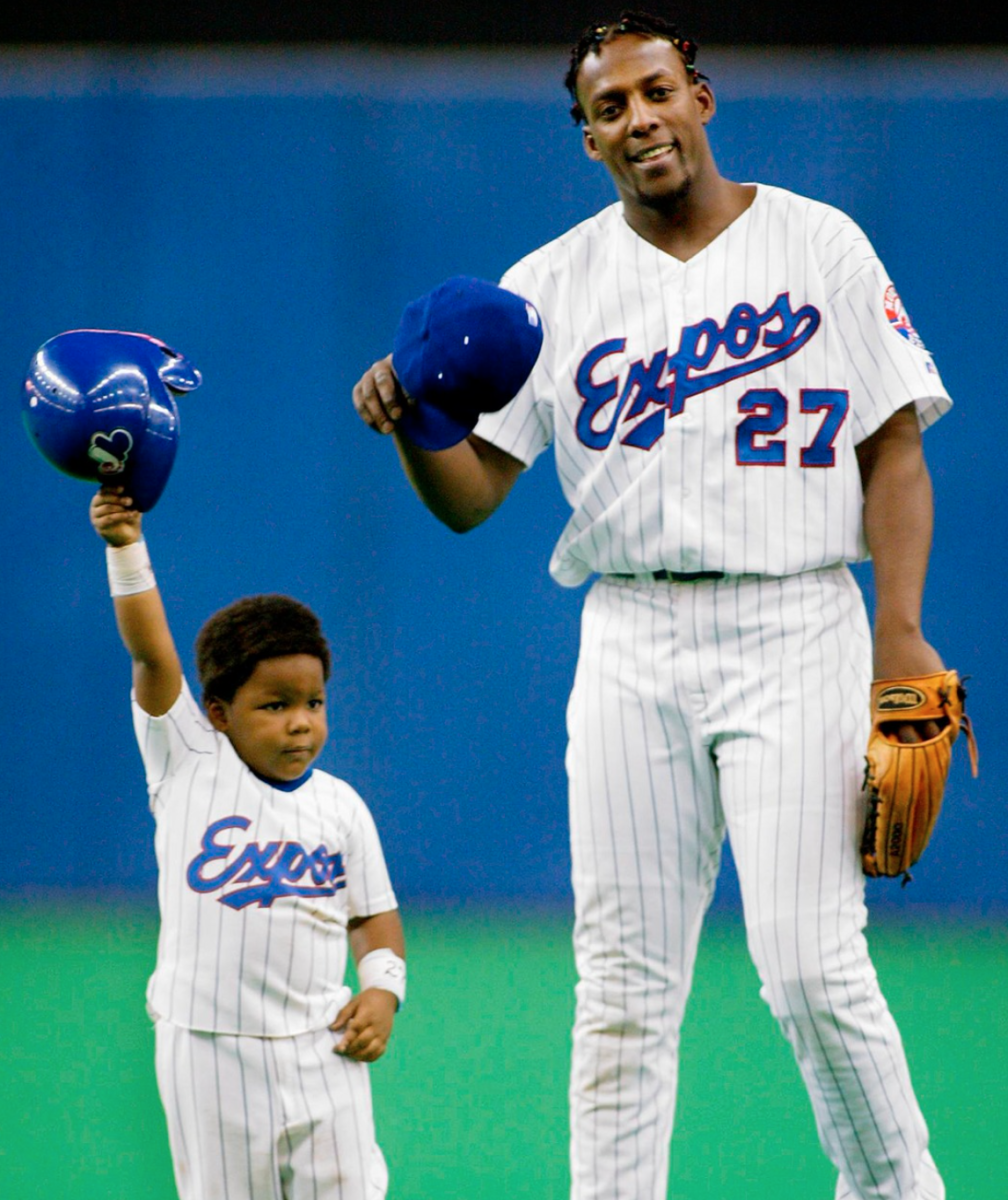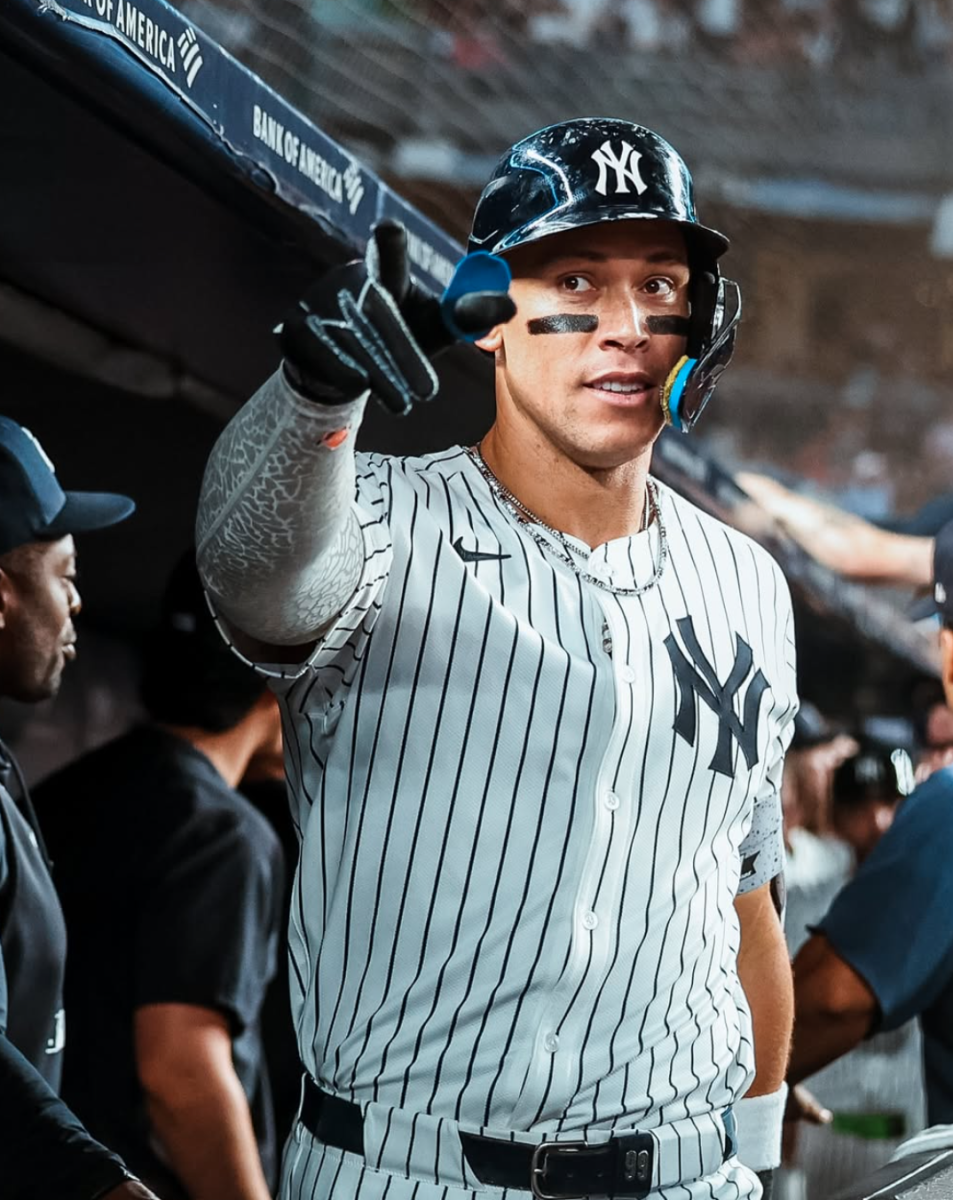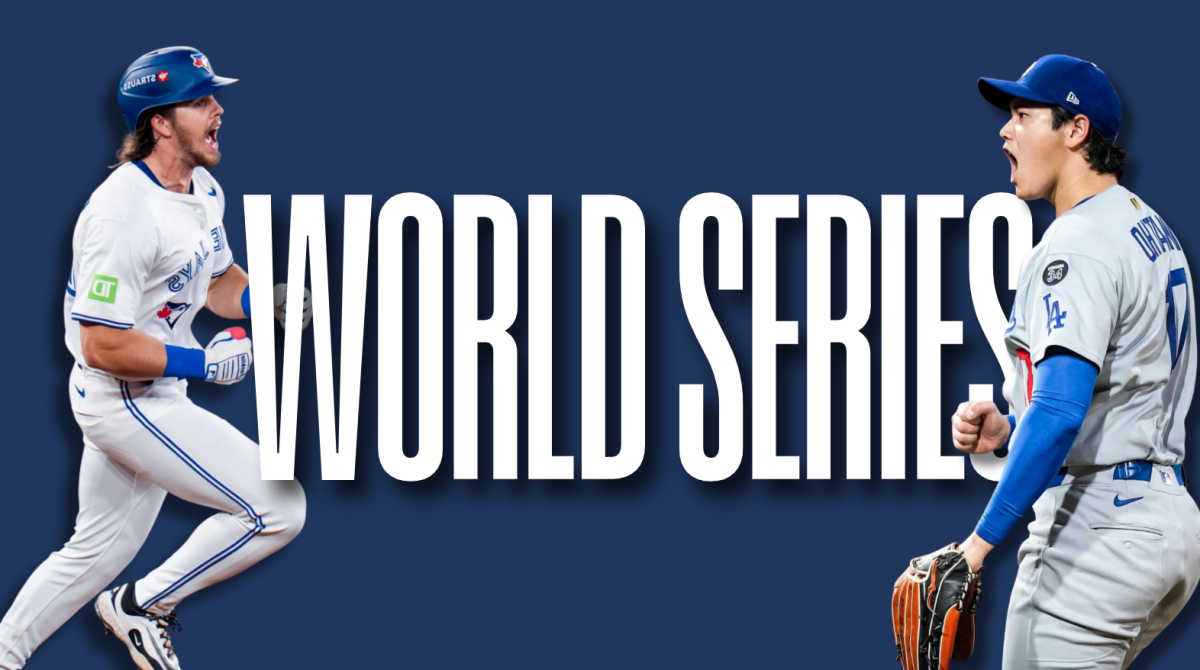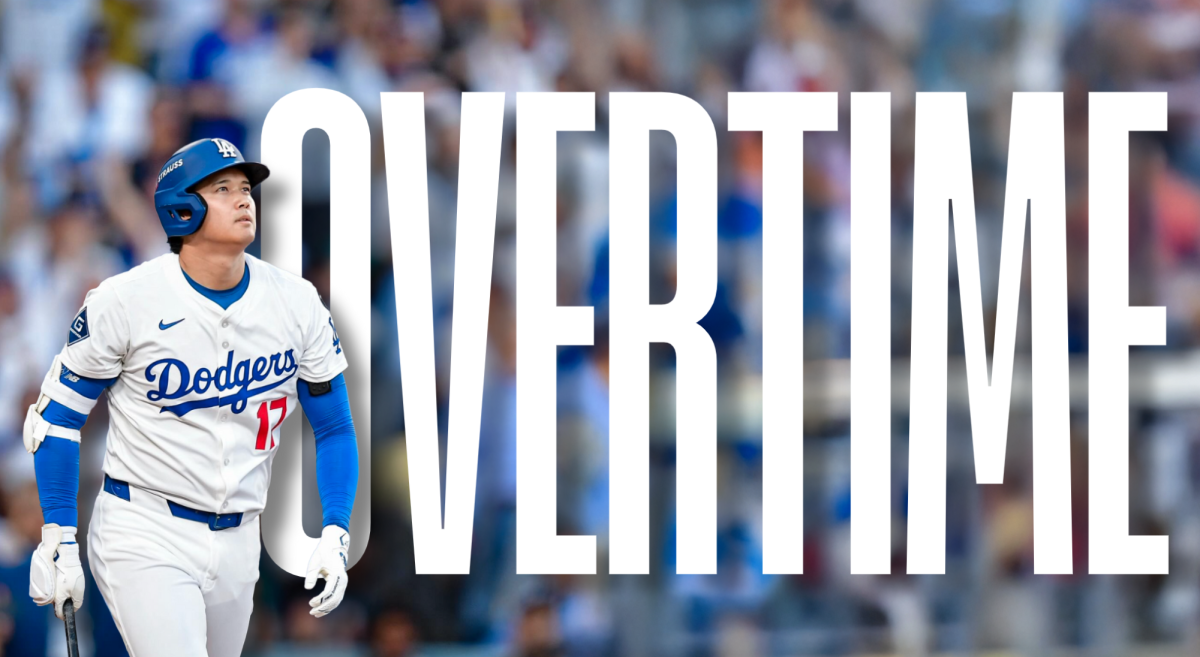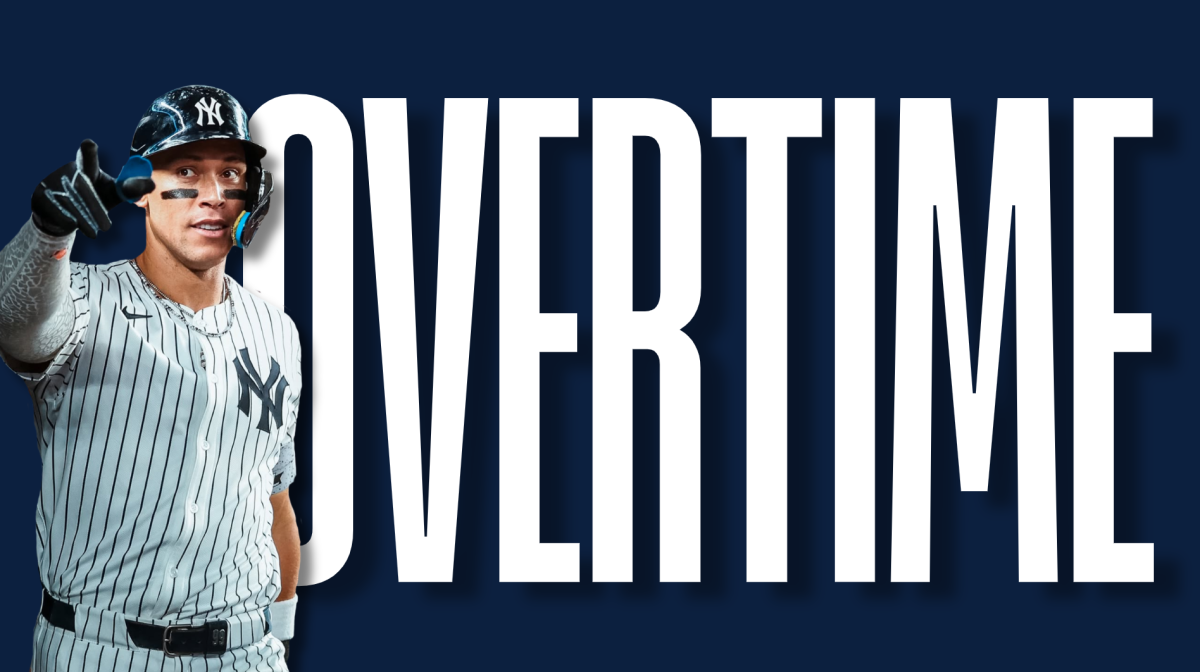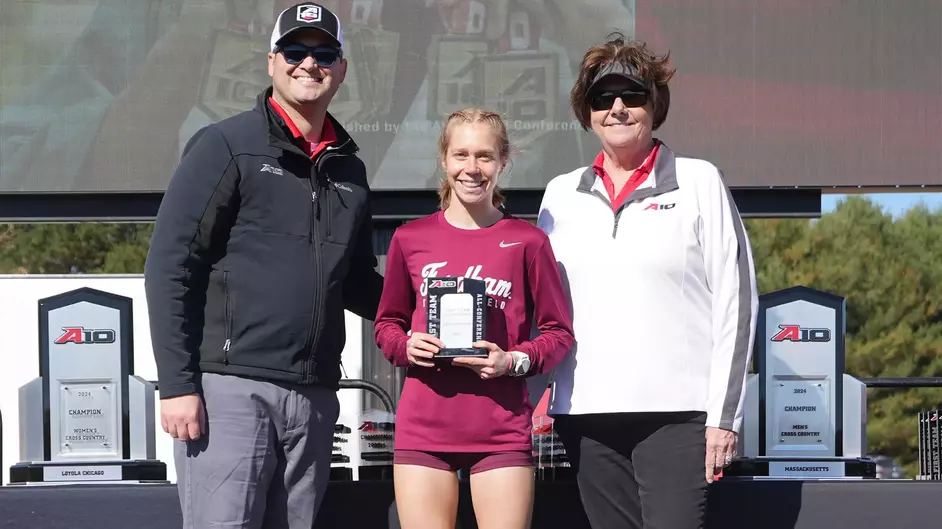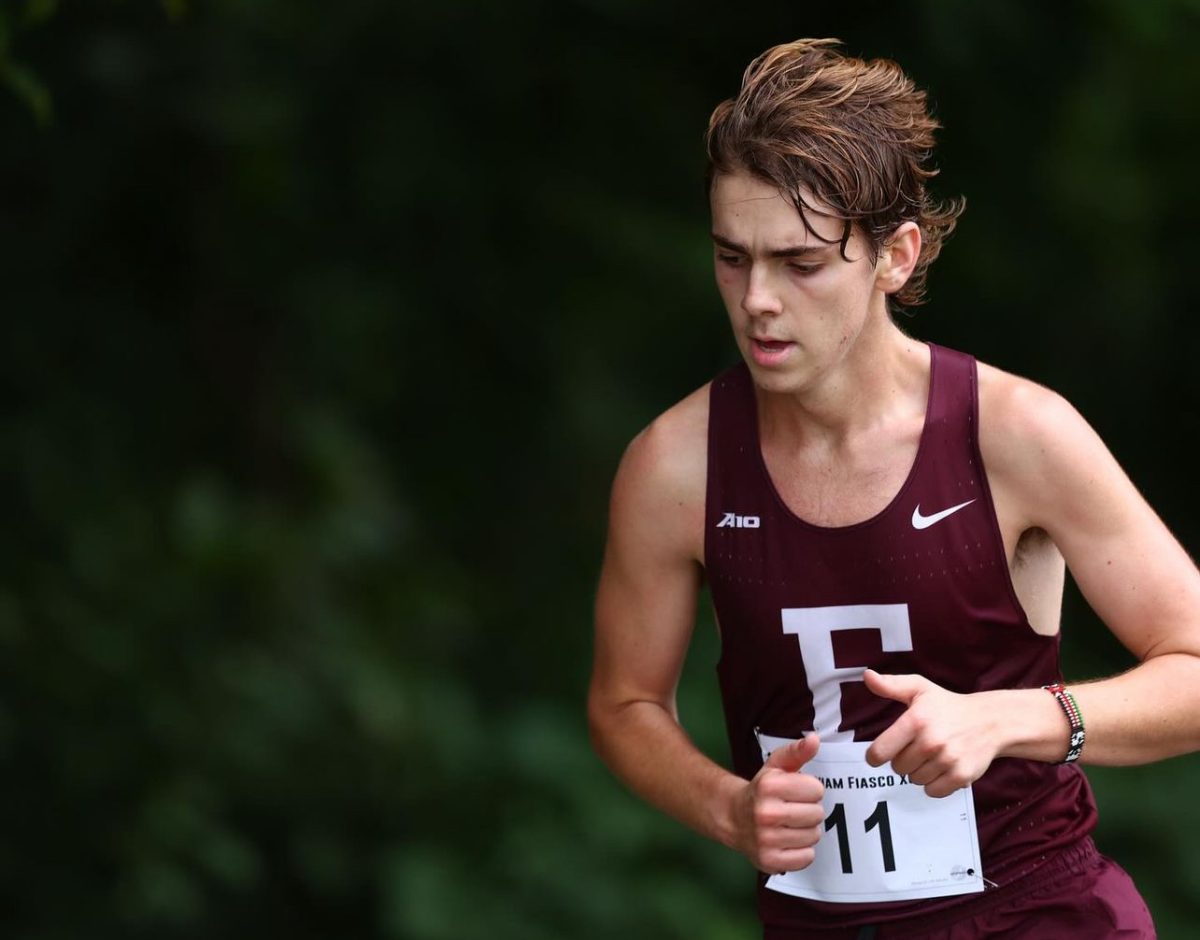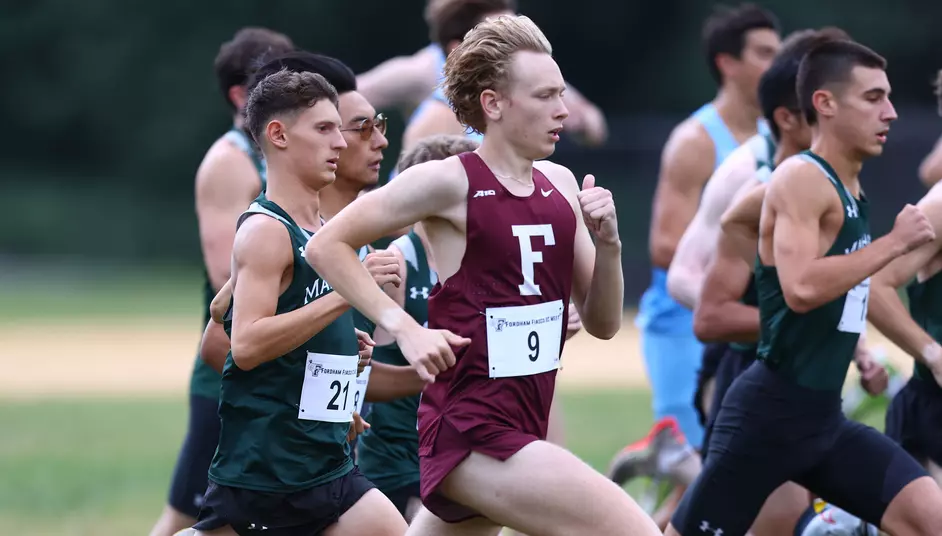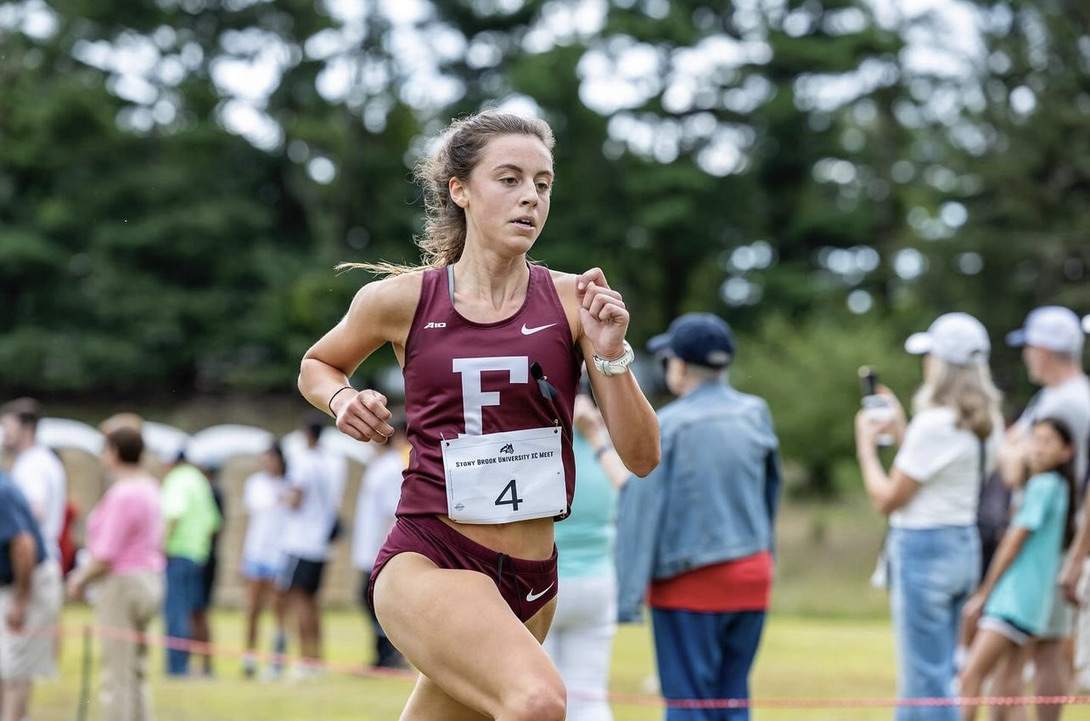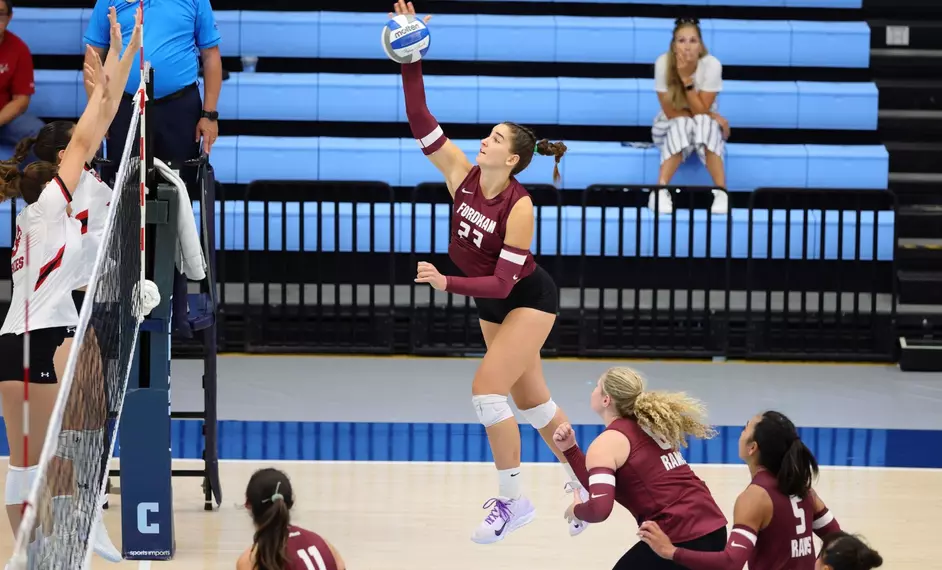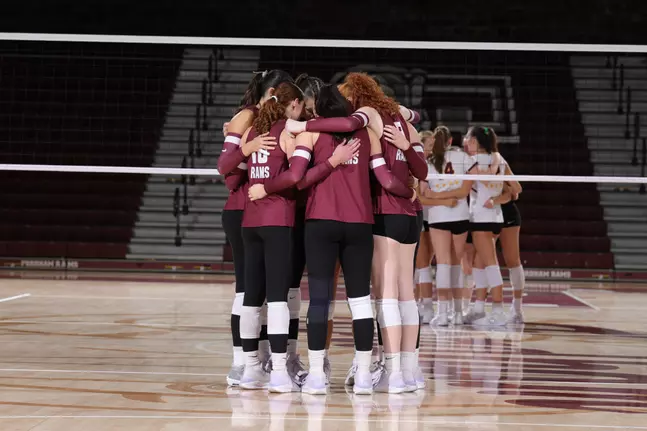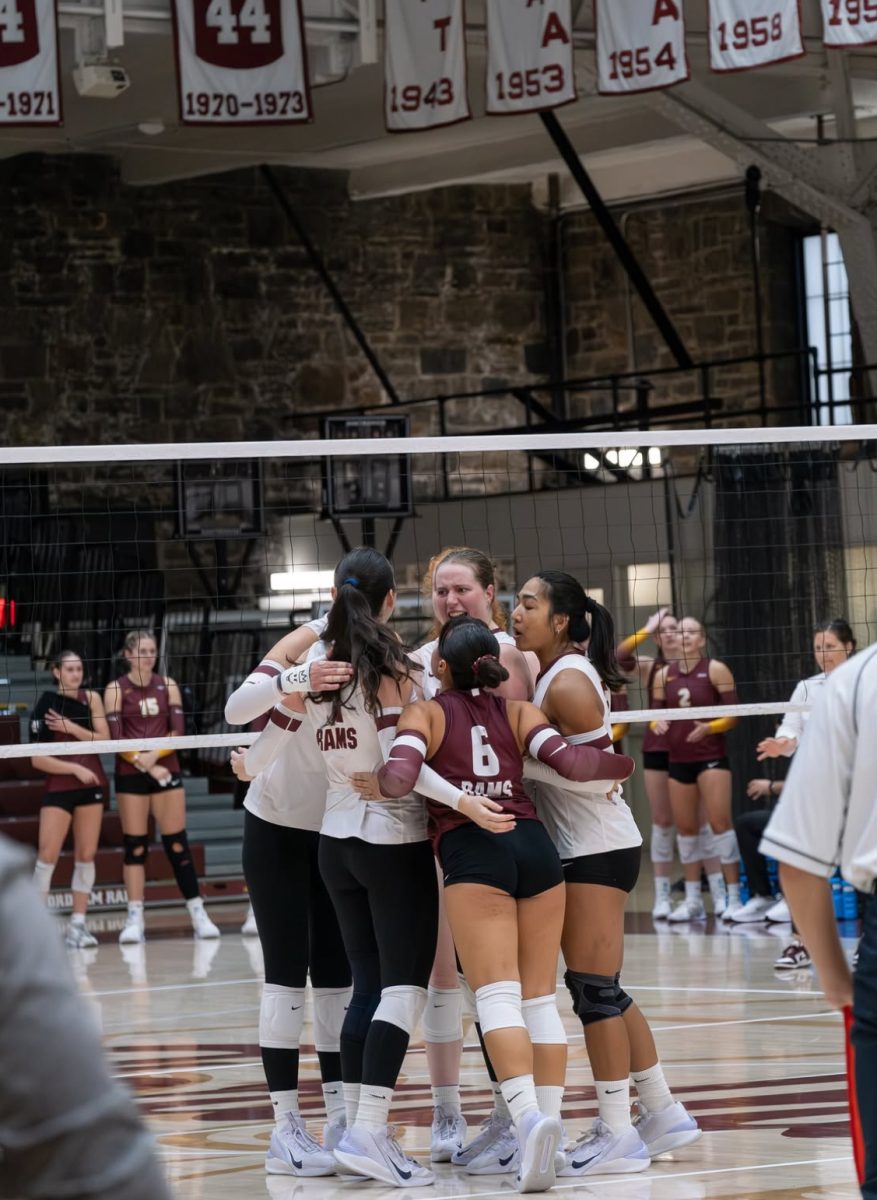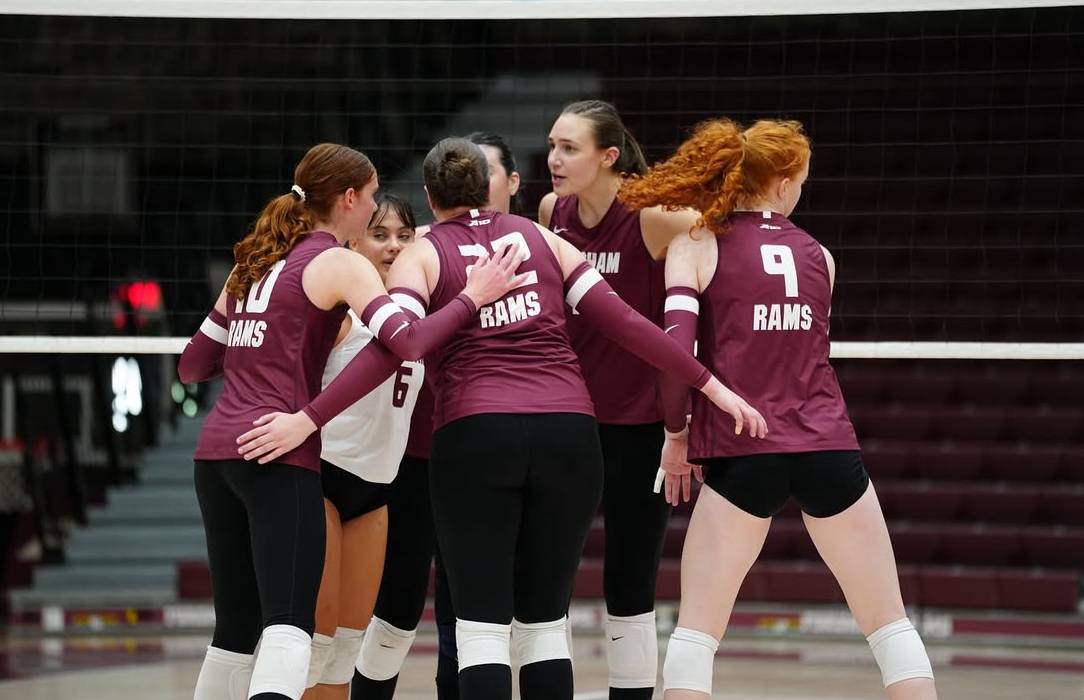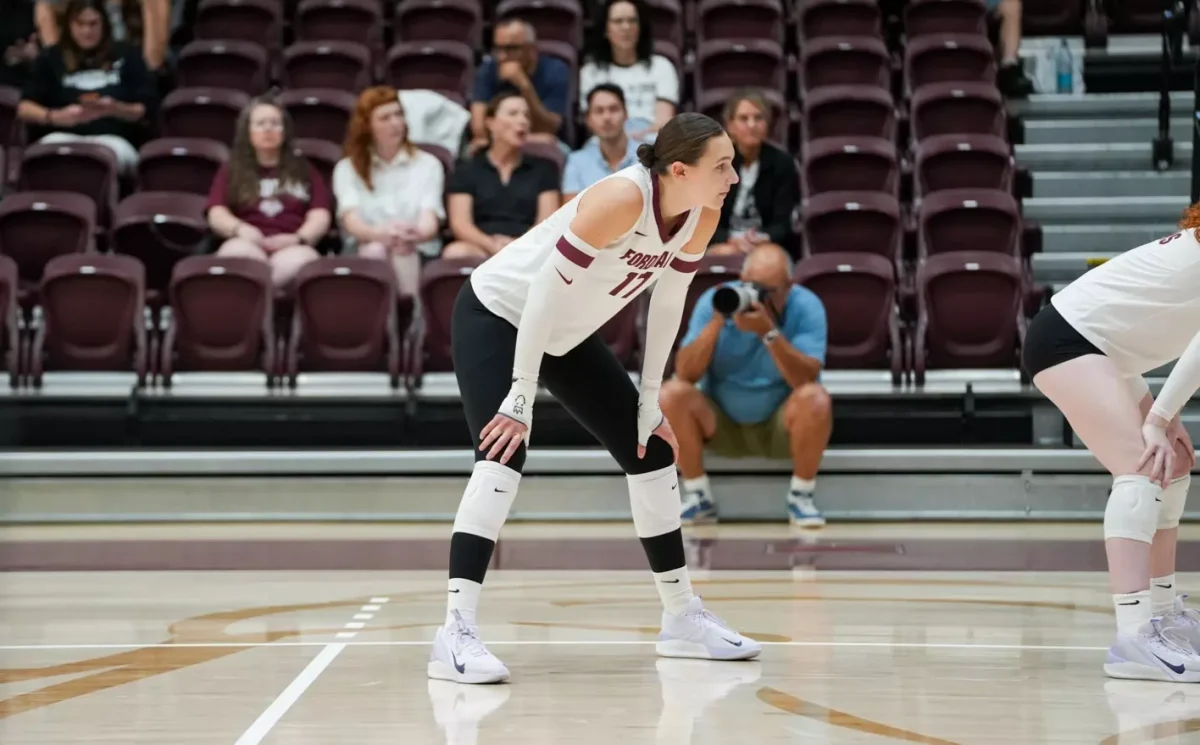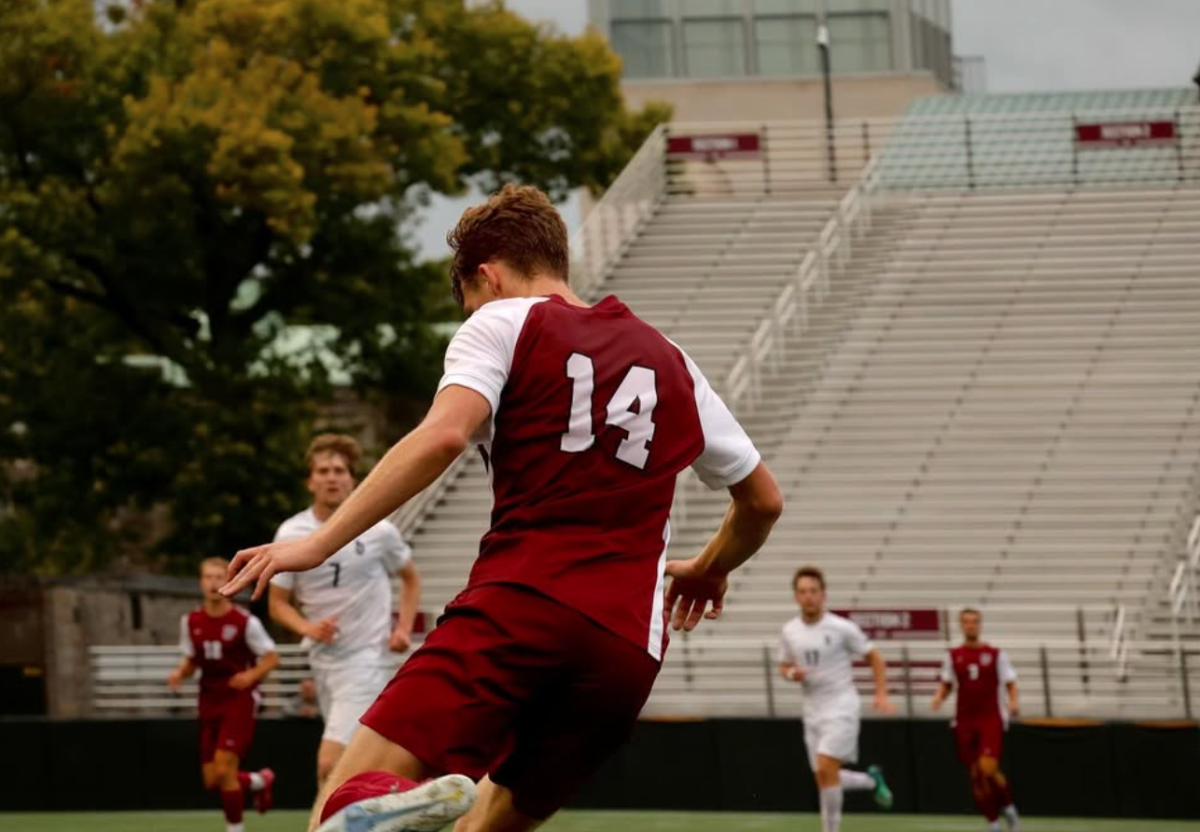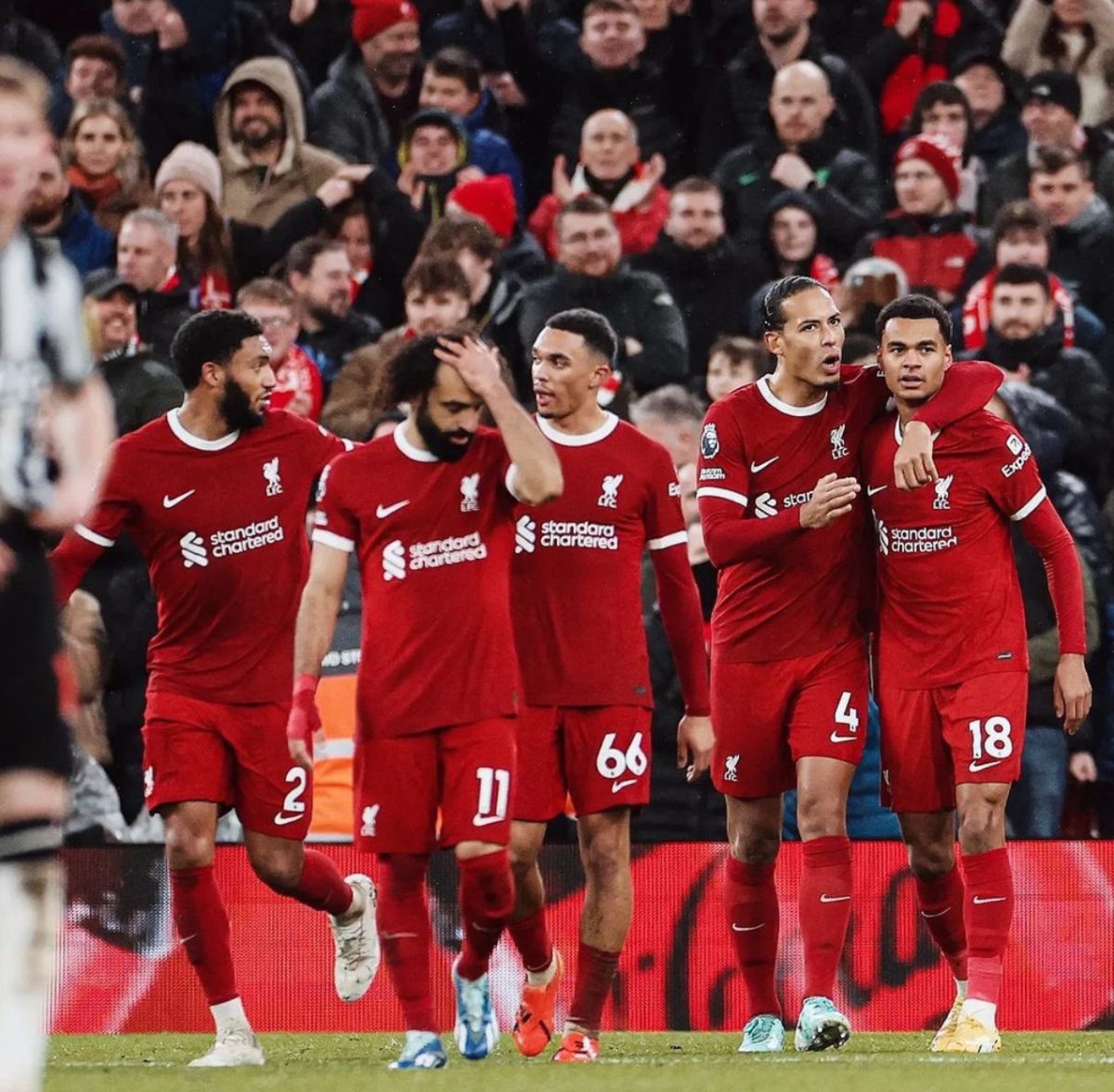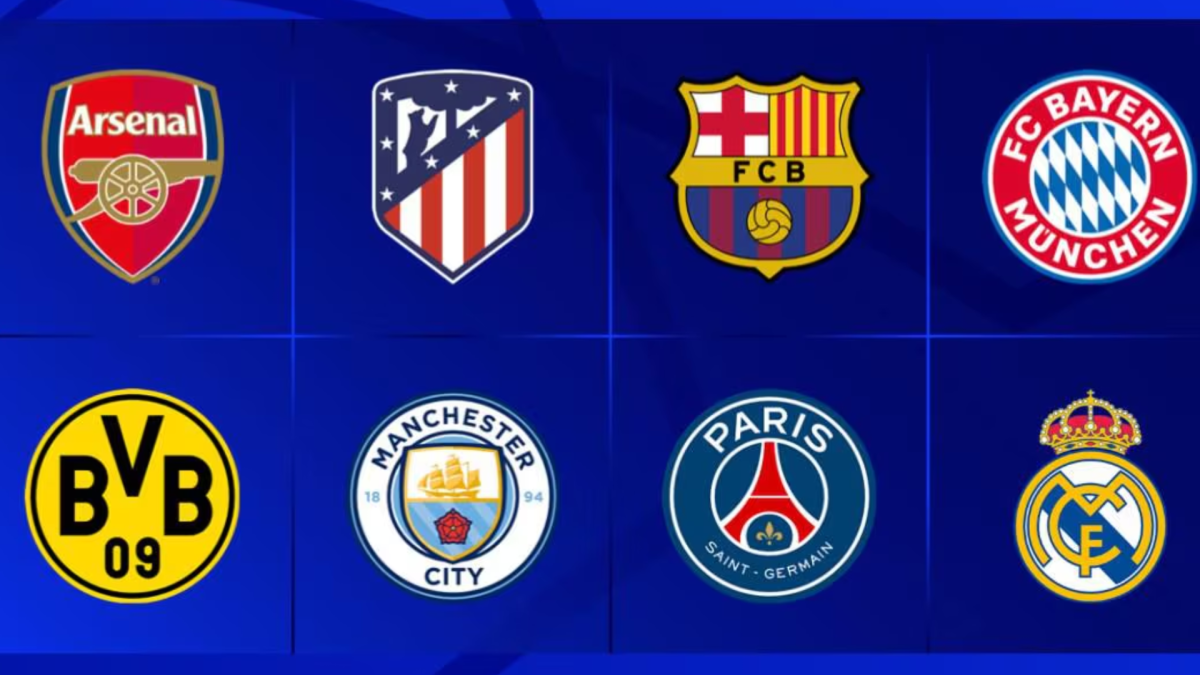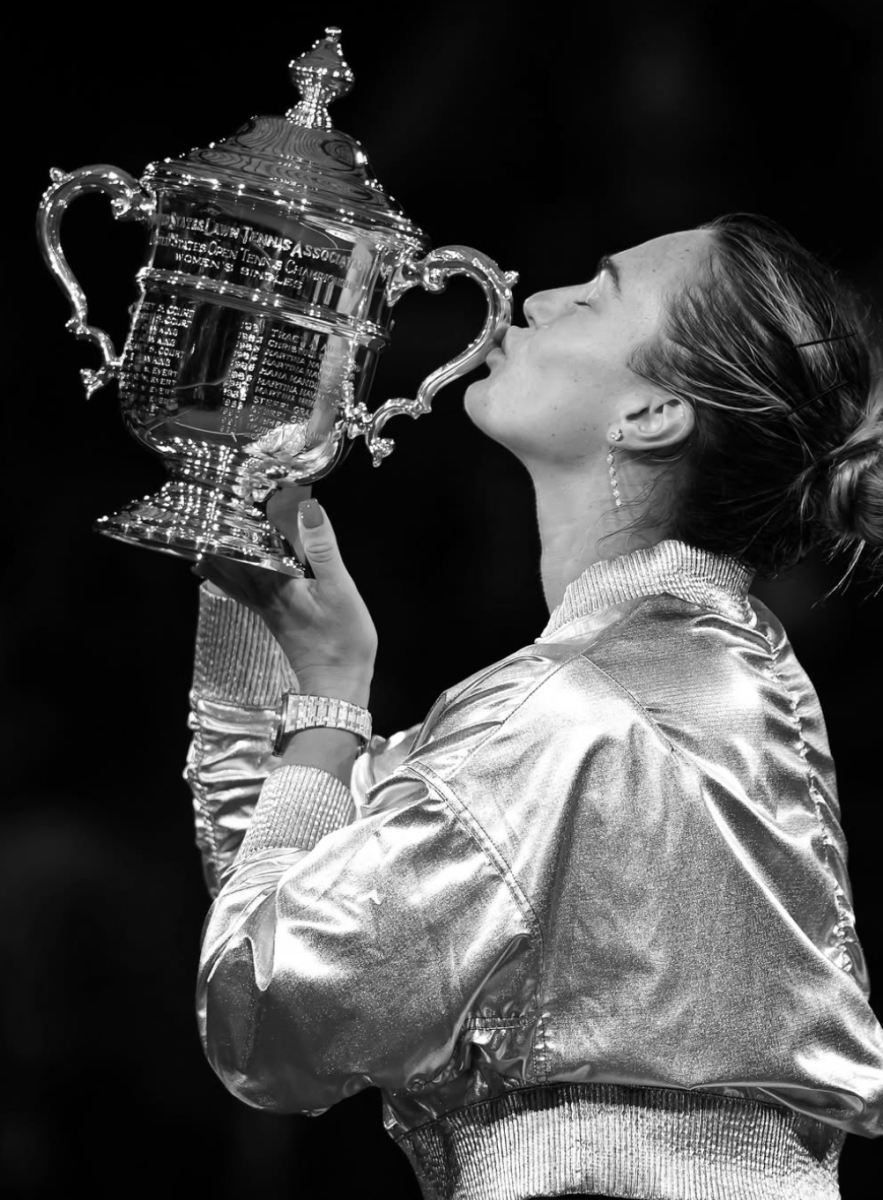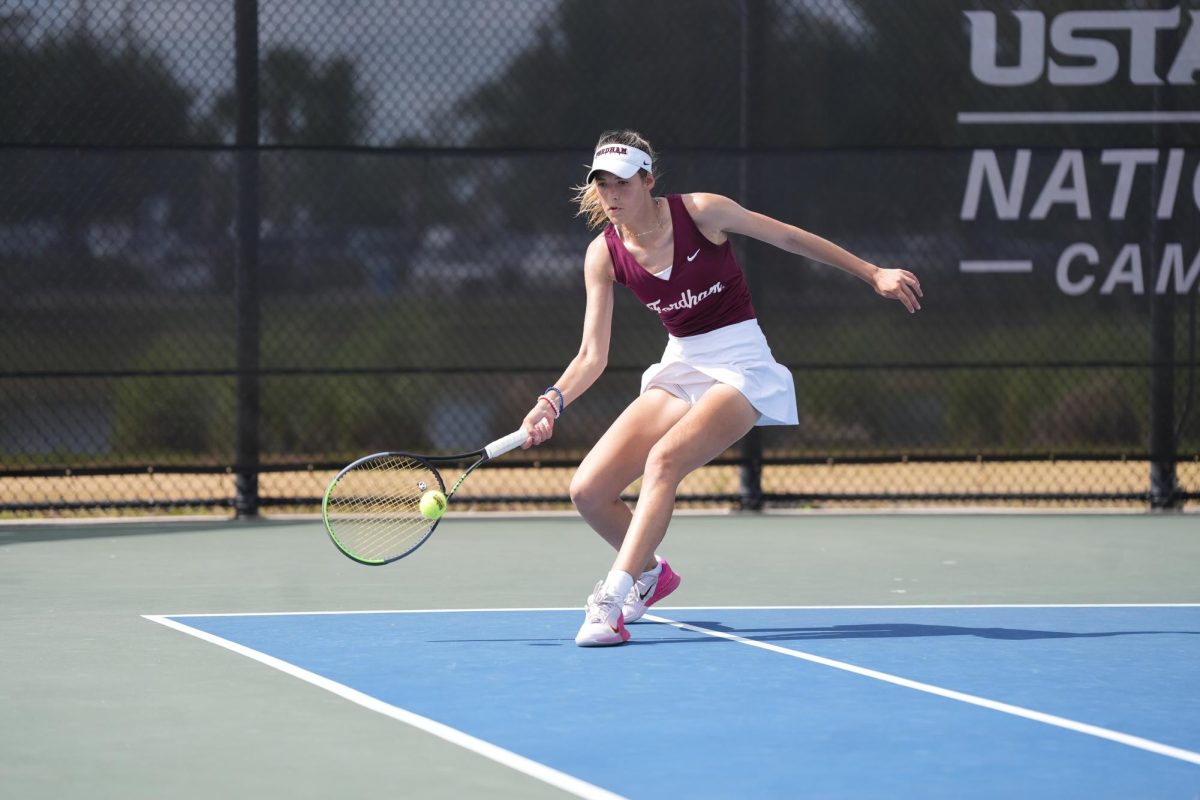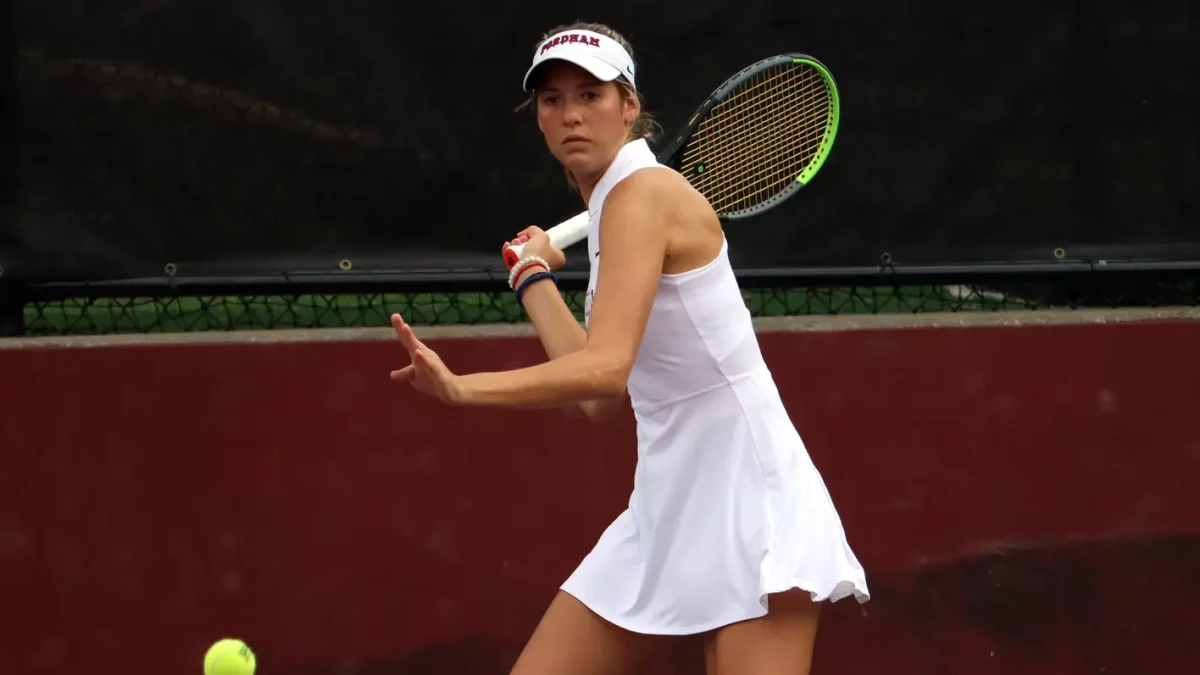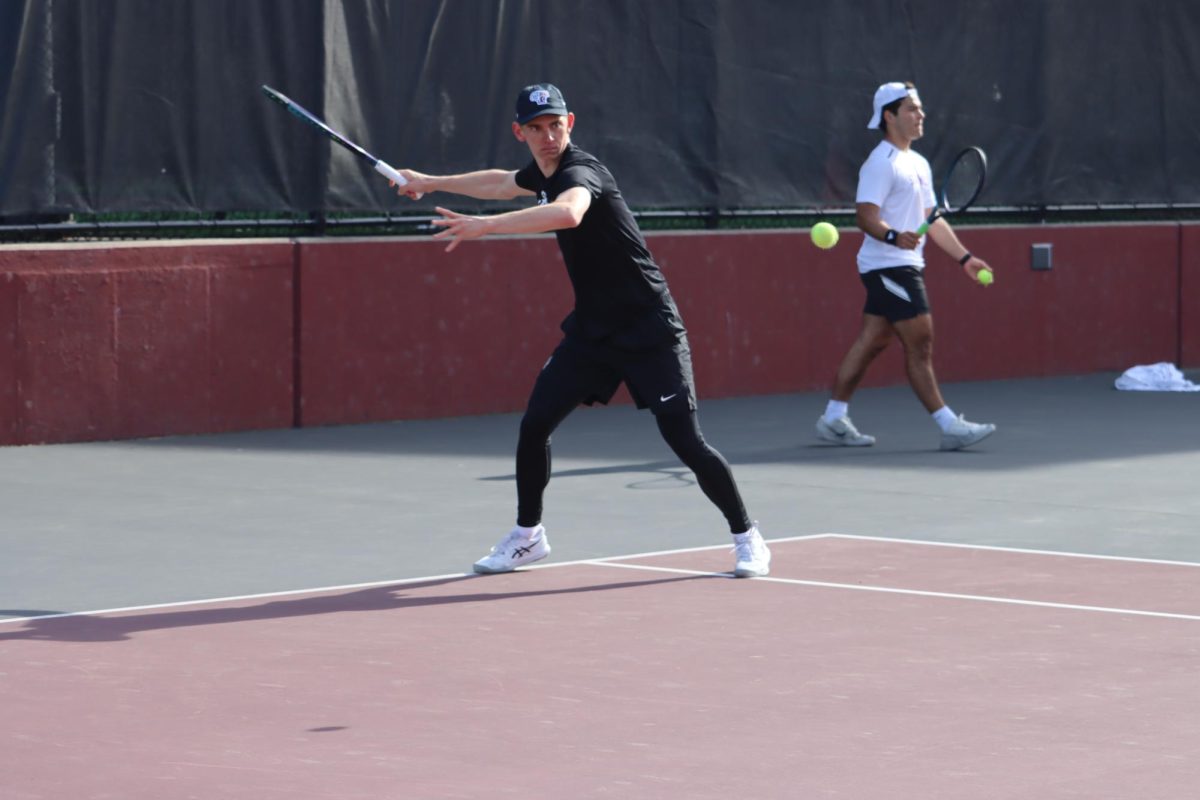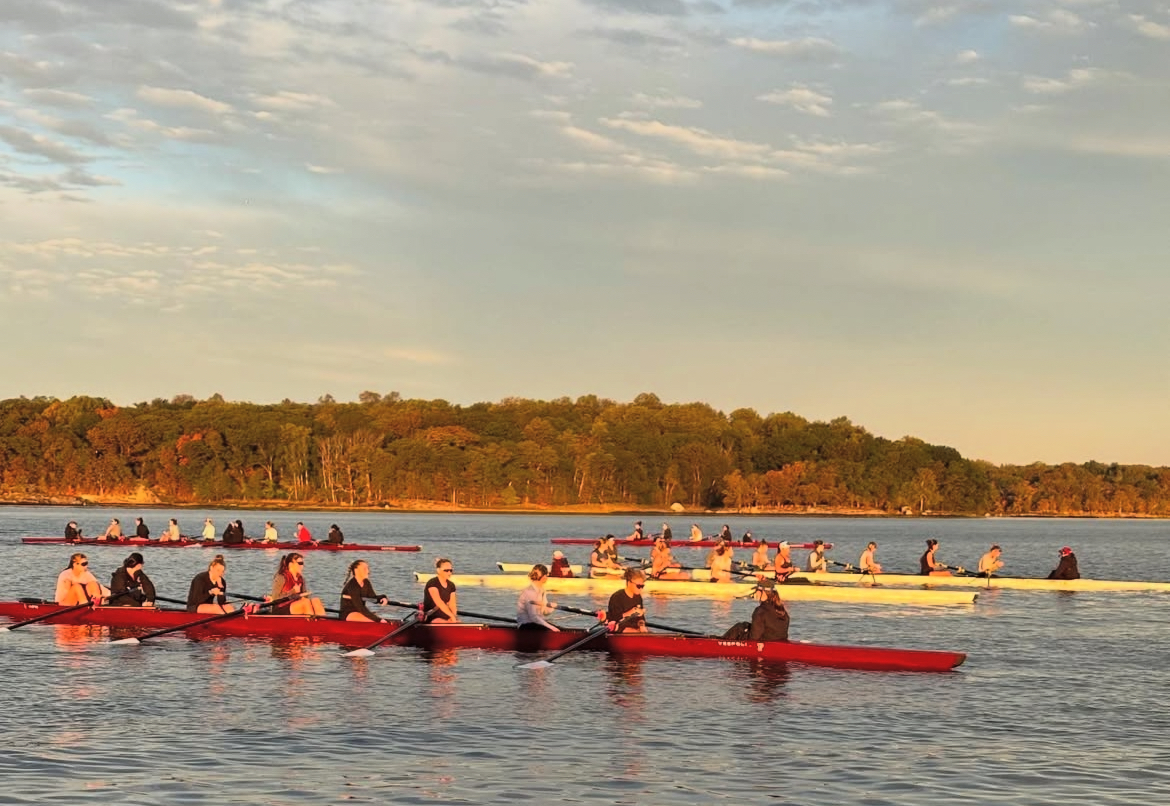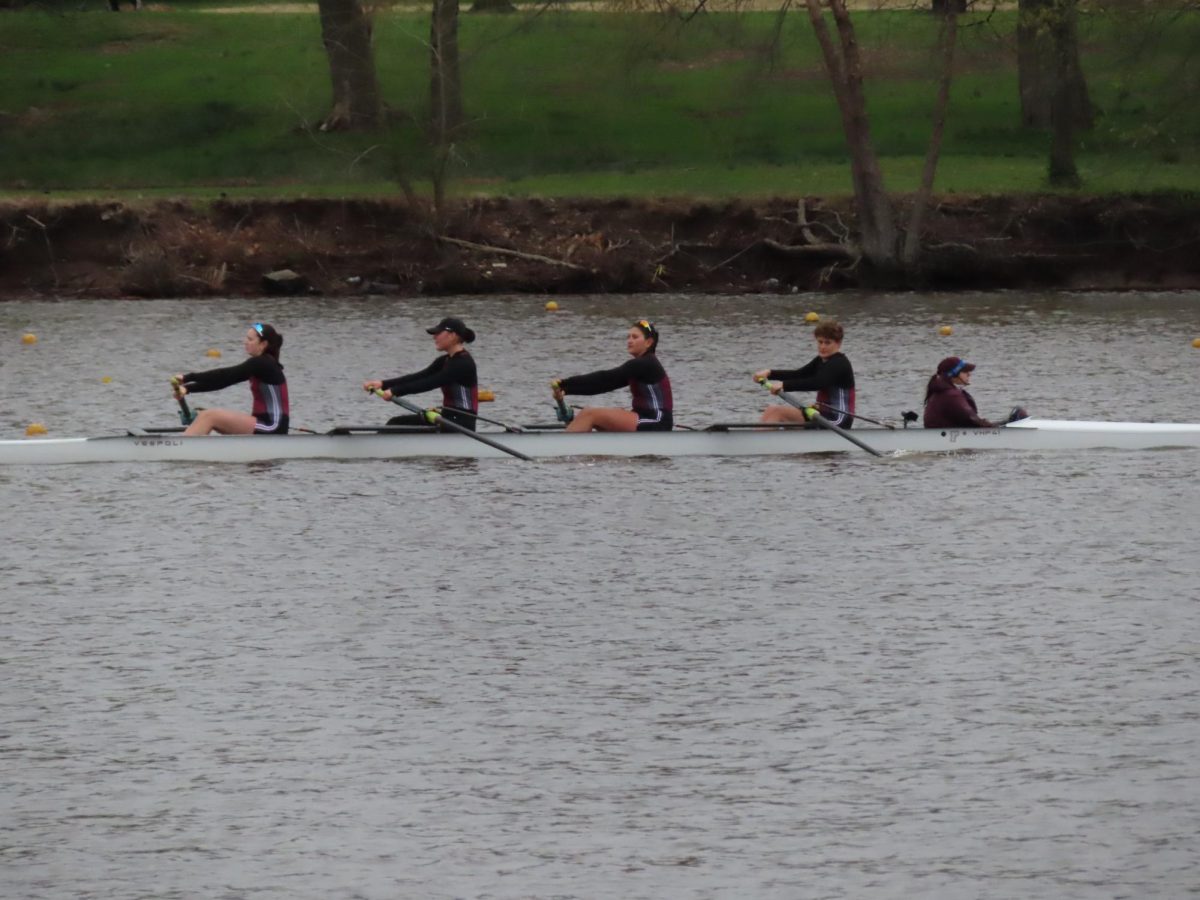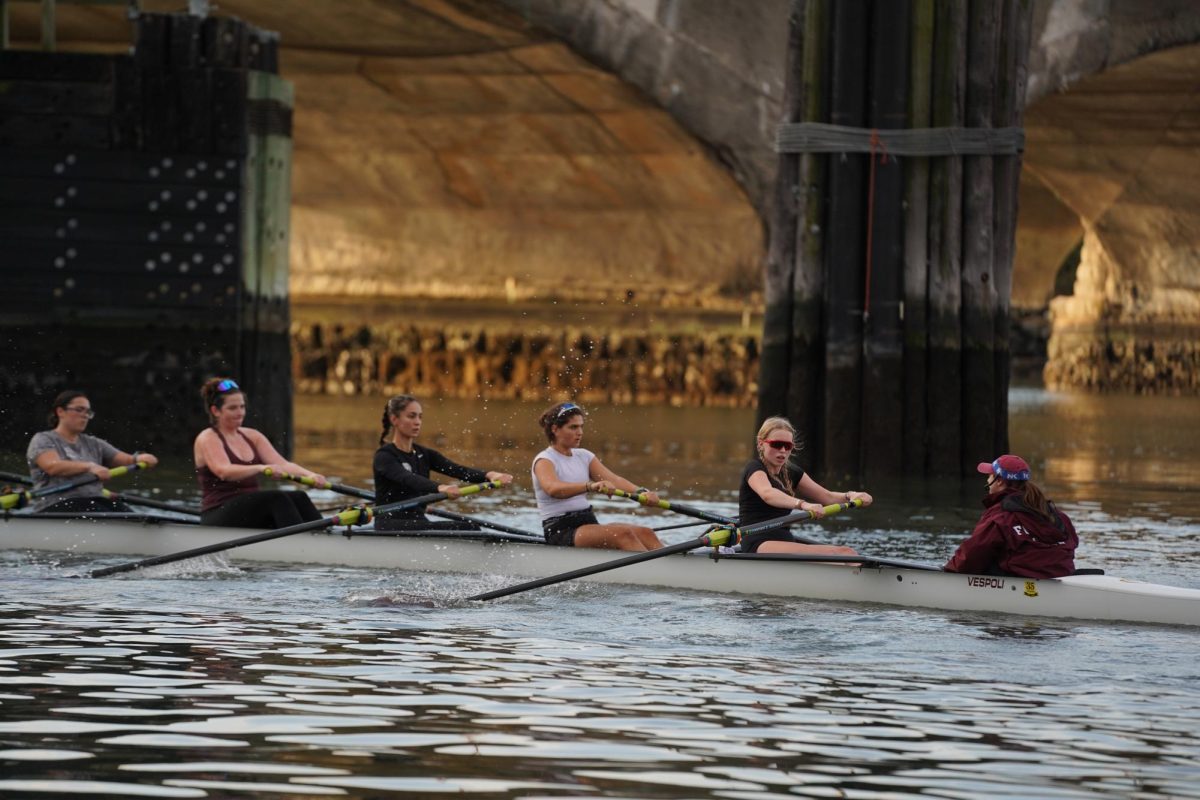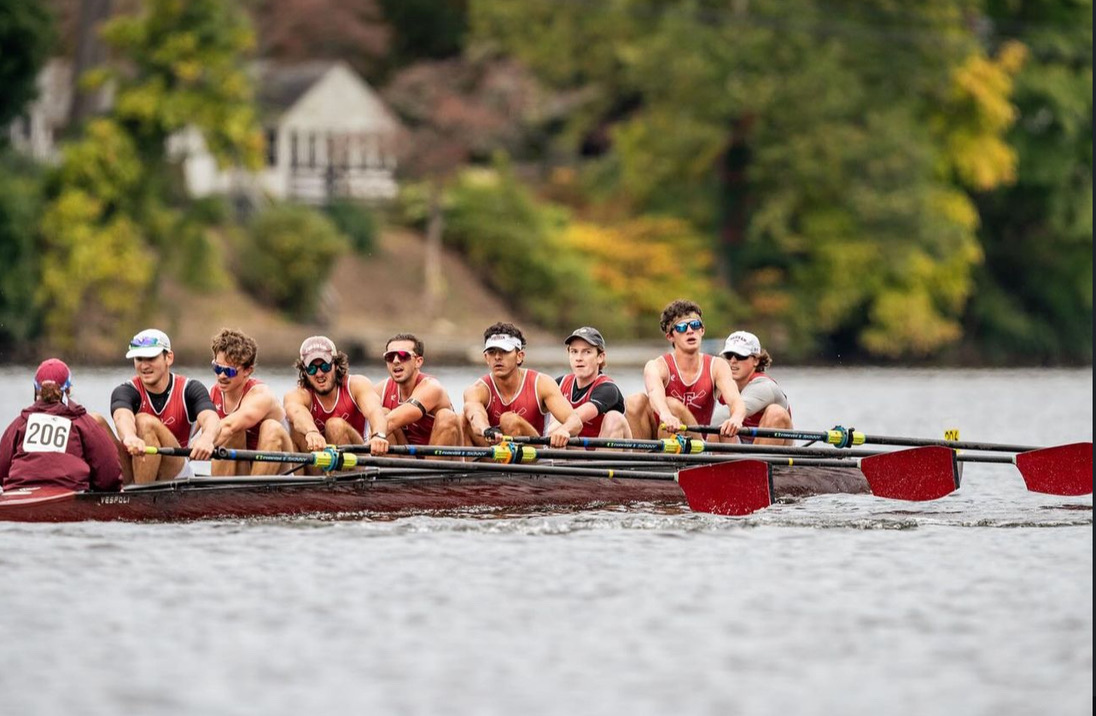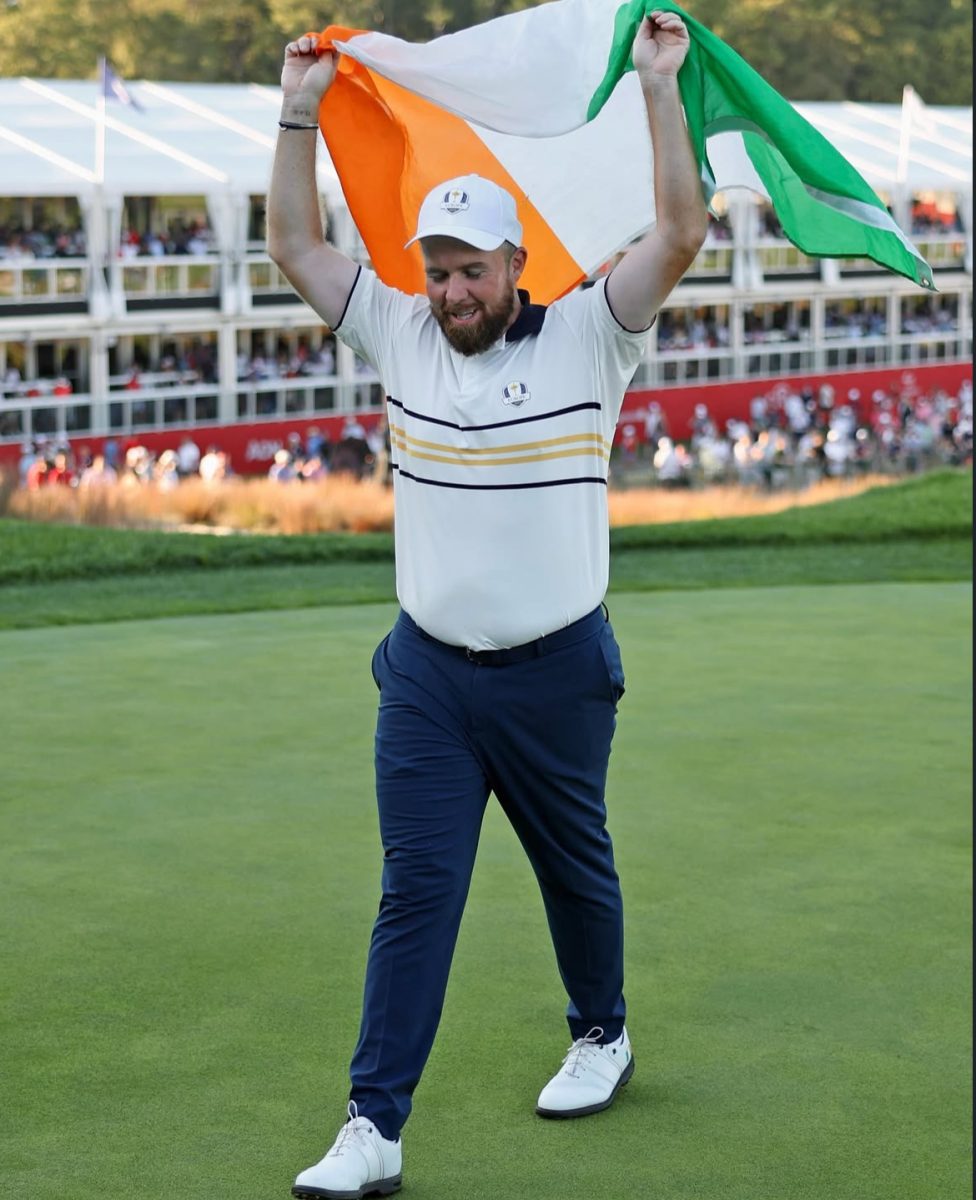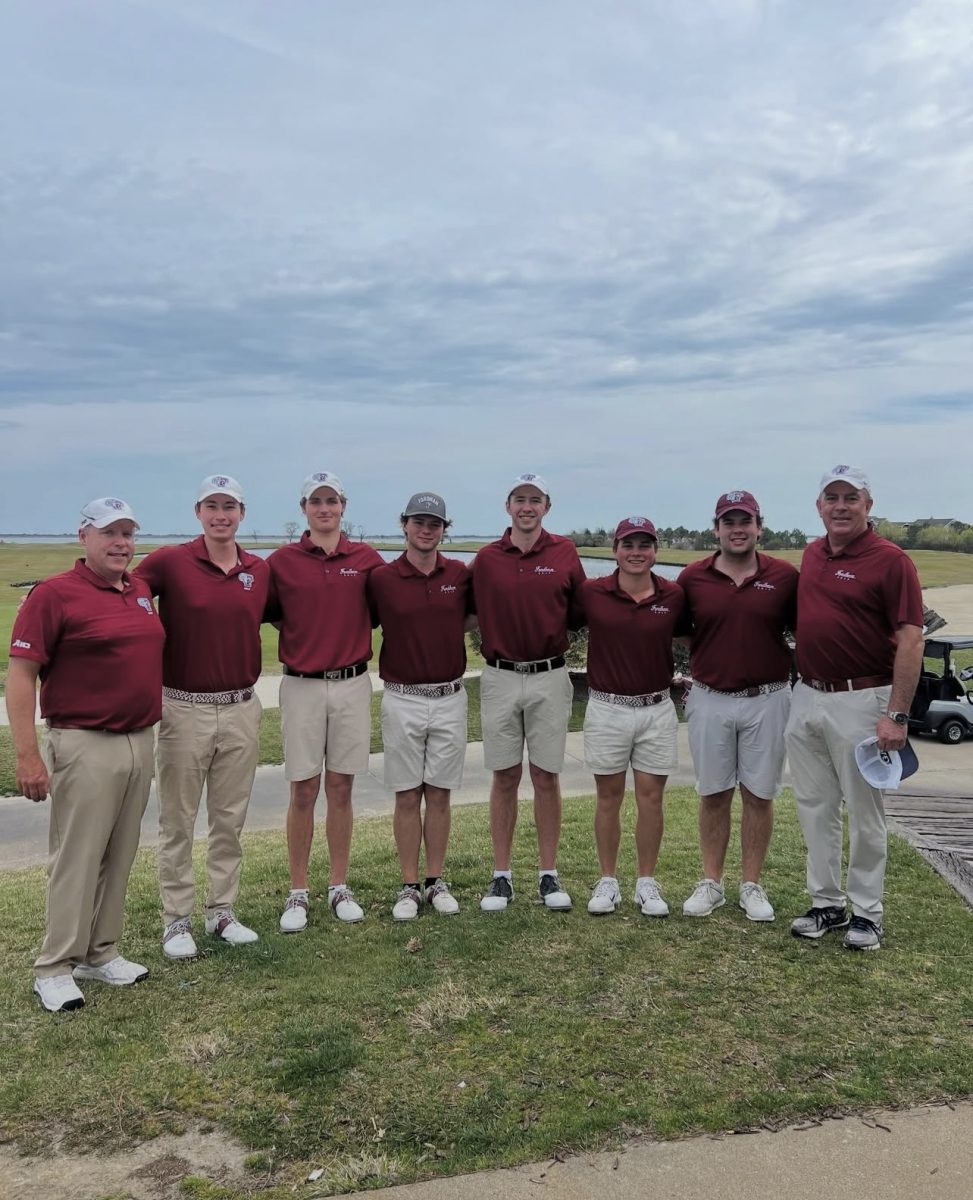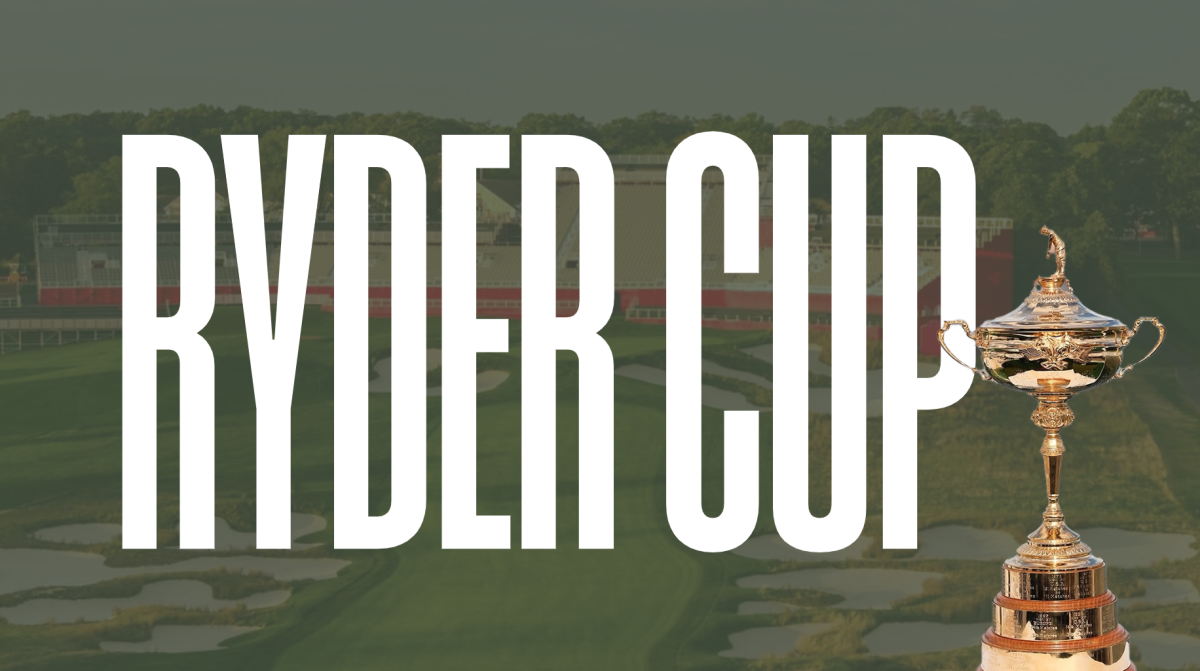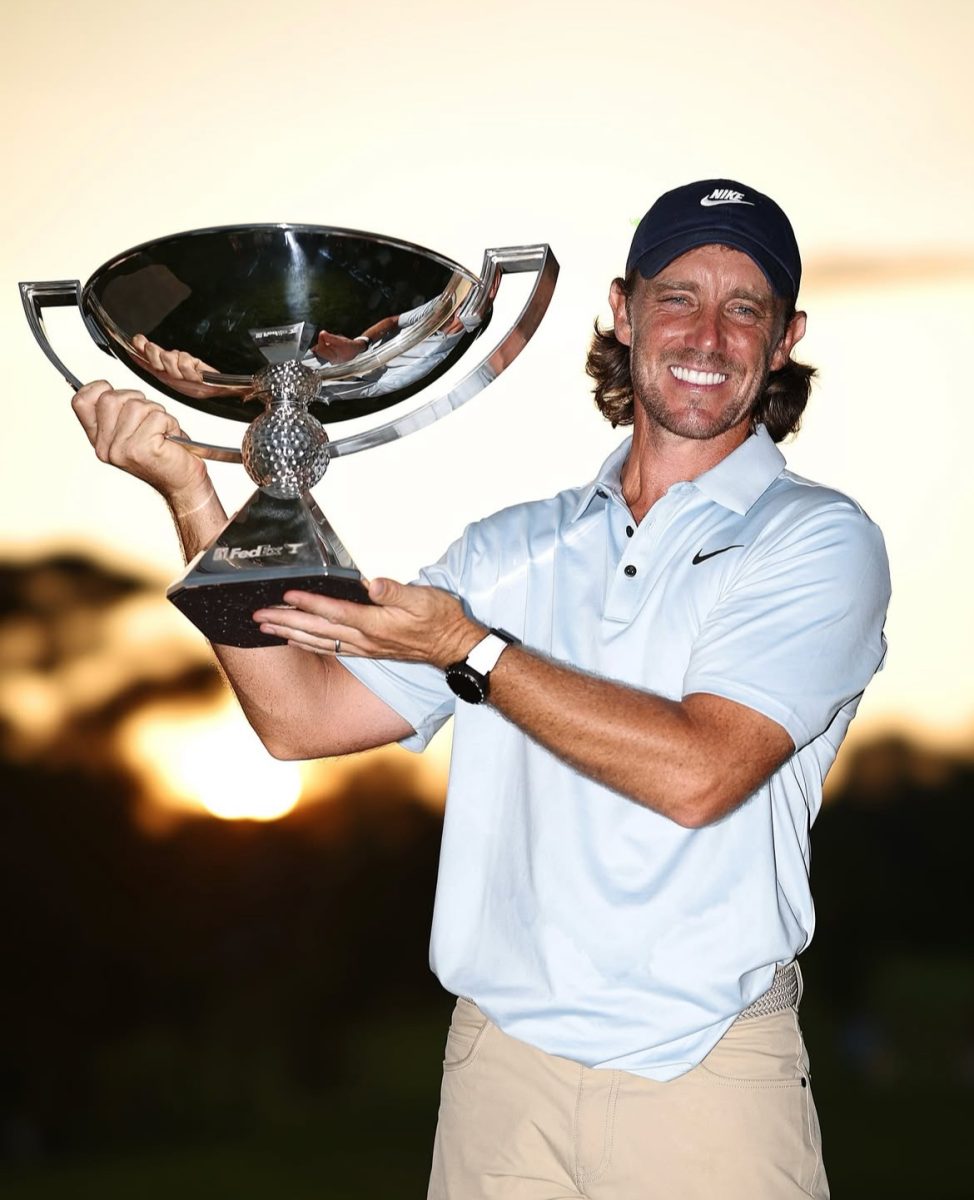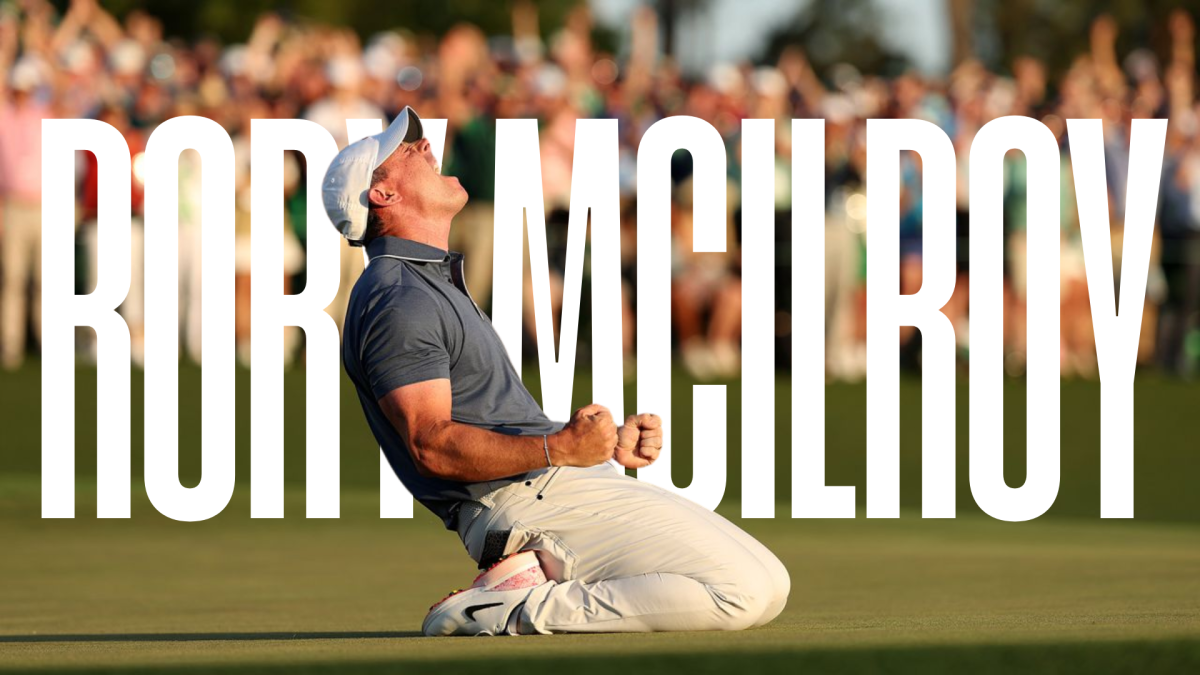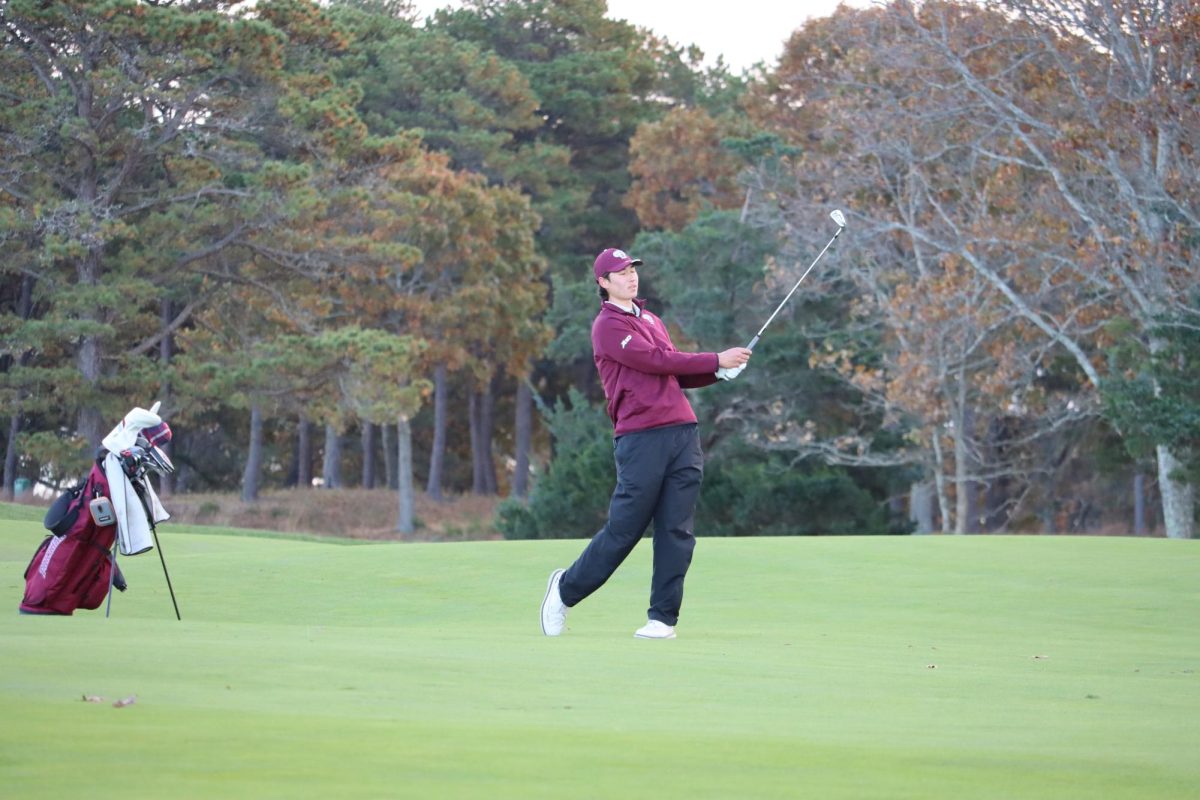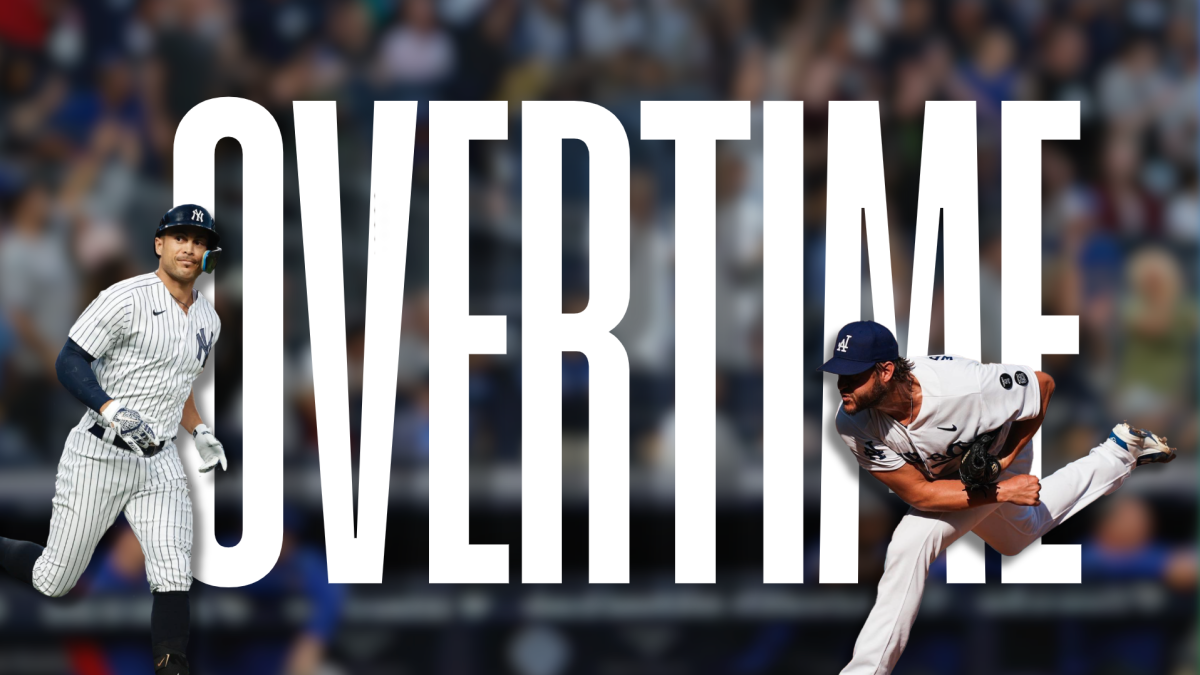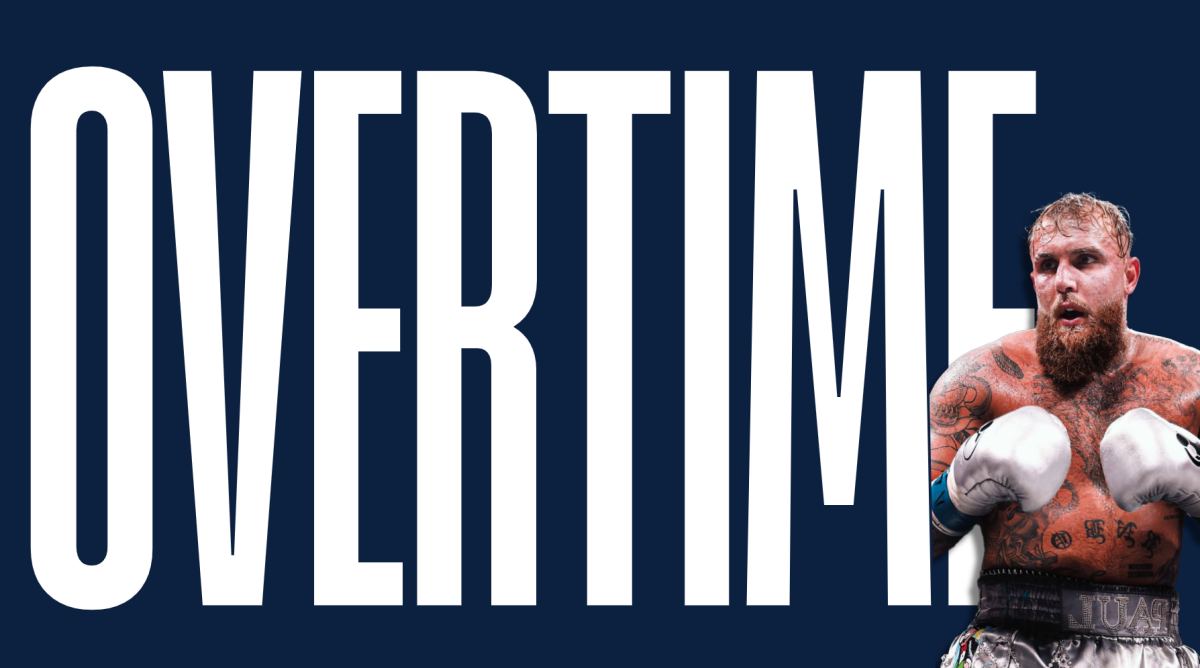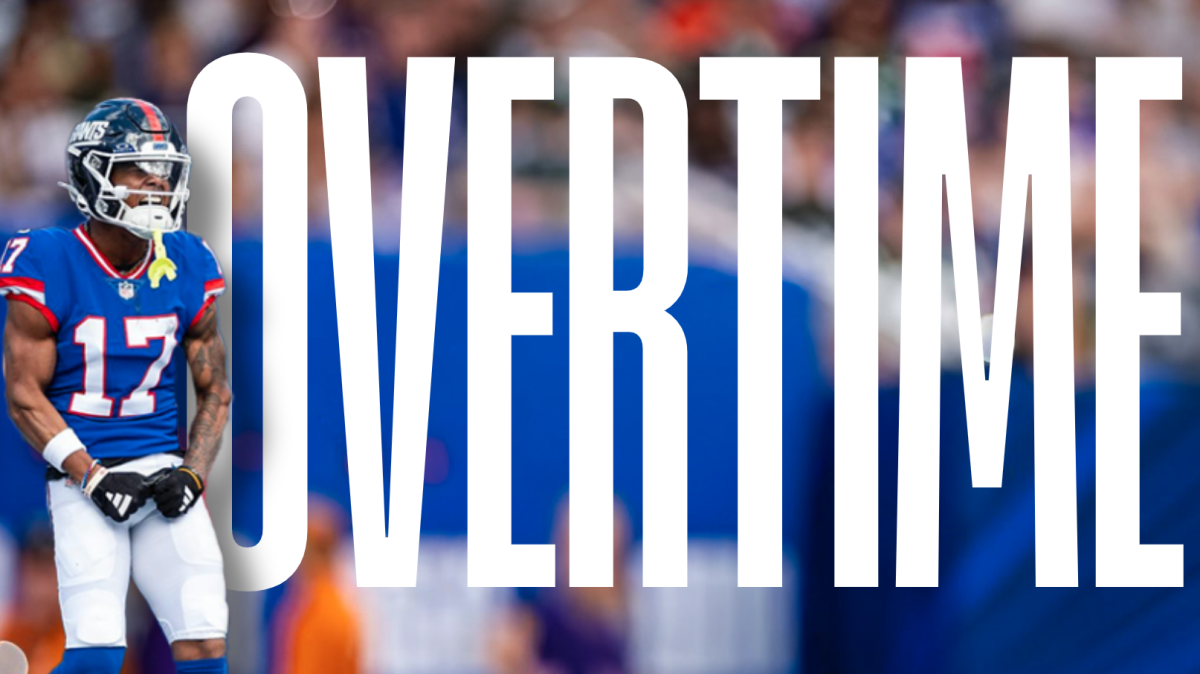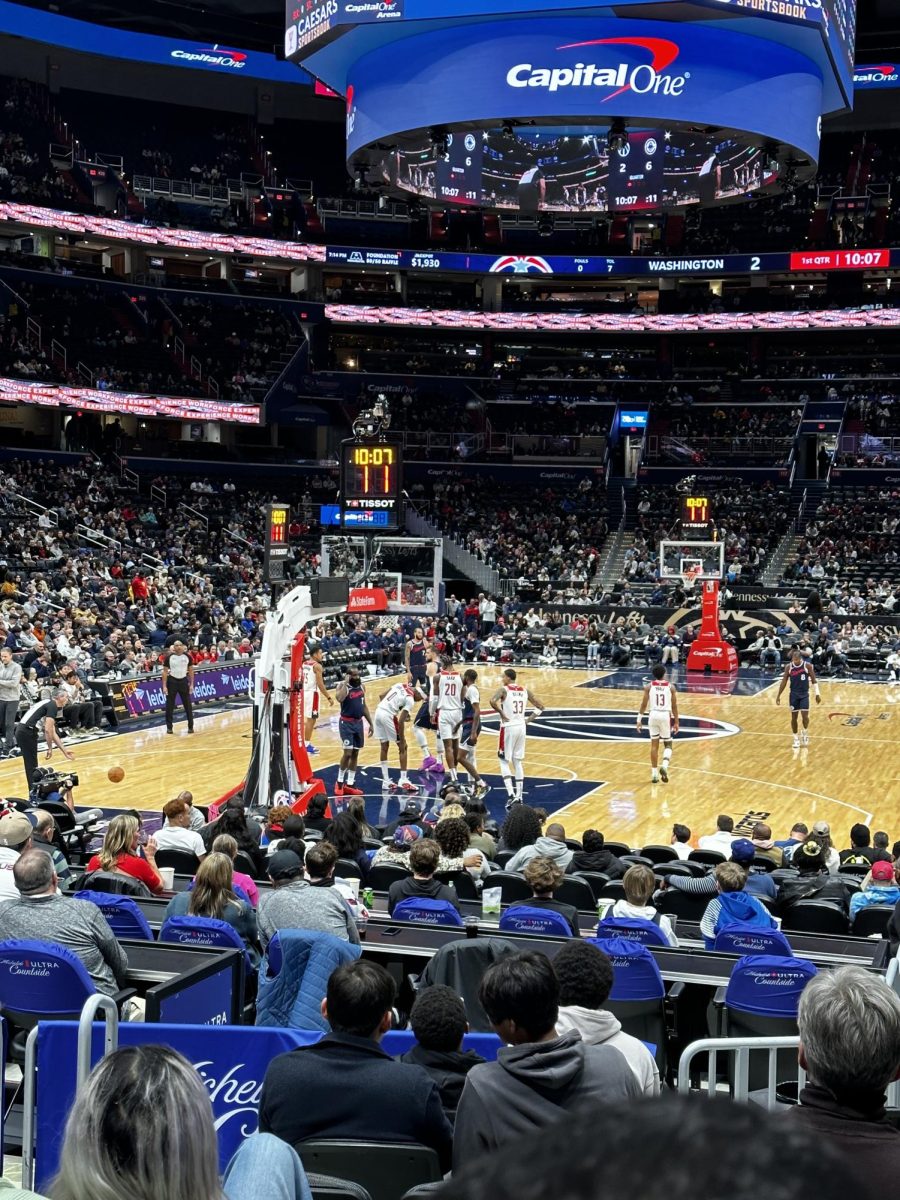When the NBA put in place the draft lottery in 1985, the strategy to get the best players out of college was changed forever. Before the lottery, the two teams with the worst record in the East and the West would flip a coin to see who would get the first pick in the draft.
But the lottery being introduced in the first place was thanks to the Houston Rockets. In 1984, the Rockets had their eyes on Hakeem Olajuwon, a franchise-altering player. The Rockets’ strategy to get Olajuwon was to sit all their best players and lose as many games as possible for the best odds at the first pick.
After this, the NBA wanted to shake the accusations that they were allowing teams to tank, and they felt that the lottery would be the way to fix it. Now, the worst teams in the NBA would have their name on ping pong balls, and the three worst teams all have a 14% chance of winning the first pick.
But, the draft lottery has not stopped teams from tanking in the NBA. In fact, tanking has gained more notoriety, and teams past and present have been employing it for years to build their teams. The Philadelphia 76ers dubbed it the “trust the process years.”
The 76ers would employ their tanking process from the 2012-13 season to the 2017-18 season. The Sixers would get Joel Embiid in 2014 with the third overall pick and then back-to-back first-round picks in 2016 and 2017, drafting Ben Simmons and Markelle Fultz.
The Sixers’ tanking did help them — they became a contending team for many years to come. But it still wasn’t good enough to get them to a championship, and in all of those years, they still haven’t even reached an Eastern Conference Final.
Tanking is not good for the NBA. Teams that tank go into downward spirals for many years and all for a draft pick, that, at the end of the day, might not work out. Still, there are some cases of past drafts where players like Victor Wembanyama or Lebron James are franchise-altering players that everyone knew would make their teams instant competitors.
For this season, that’s no different. Duke University’s Cooper Flagg is clearly the best player in the NCAA, averaging 19.2 points a game, 7.5 rebounds and 4.2 assists per game. He is a 6-foot-9-inch phenomenon who can do it all on the basketball court, and might be one of the best prospects the NBA has seen in a very long time.
But all that being said, for every Flagg, there is a Greg Oden, who was so hyped up in his college performance but didn’t pan out in the pros.
Even worse is that teams could potentially tank their entire season for Flagg, and he has recently expressed that he might stay in college. Therefore, it’s simply not worth it.
Tanking teams are in constant purgatory, and many fan bases haven’t seen a winning season in five or 10 years. Organizations have made fans buy the narrative that tanking will always help in the long run to contribute to winning.
It feels like a lot of the time, it has become a sorry excuse for organizations that have been incompetent. Teams like the Charlotte Hornets have yet to build a team to even make the playoffs since 2016. Fans have nothing to latch onto other than hope that someone like Flagg can come save the franchise.
But it takes so much more than just a guy of this caliber to come and save a team. It takes a whole franchise to build a team around a generational talent, like Flagg, and actually compete. Fans come and support these franchises through thick and thin, and never get the contributions back from their favorite organization.
Fans also pay a lot of money to go see NBA games, and when a team decides to tank, fans are paying to see their team’s best players on the bench. On the floor, it’s a bunch of guys from the NBA G League, the end of the bench that many fans have never even heard of.
This all needs to change, and the lottery system has to be fixed in the NBA. One thing the NBA should do is steal a page from what the Professional Women’s Hockey League calls the “golden rule.”
The rule says that once a team has been eliminated from playoff contention, they get points in the draft for every game they win. Teams stay involved even outside of the playoffs and are still trying to play to win, so they get the higher draft spot.
If this were implemented in the NBA, the rule could be tweaked. Every team out of playoff contention and the teams that win the most games could get higher odds at the number one pick.
This idea doesn’t entirely eliminate the draft lottery, and it manages to keep all 30 NBA teams engaged in some way for the entire season. If your franchise is taking a dive for the latest draft pick, now, at least fans can watch their favorite players compete every night, and the games still remain meaningful.
Exciting prospects are what make fans of teams hold out hope that the future is going to be better. But tanking has created a culture of losing and anguish for fans who have to suffer through meaningless seasons waiting for the “chosen one” to arrive and save their franchise.




